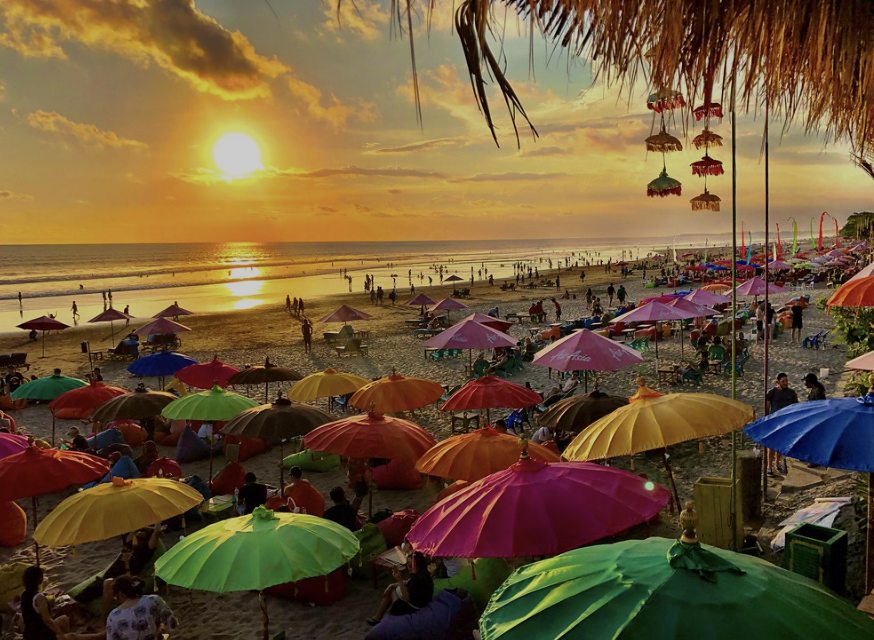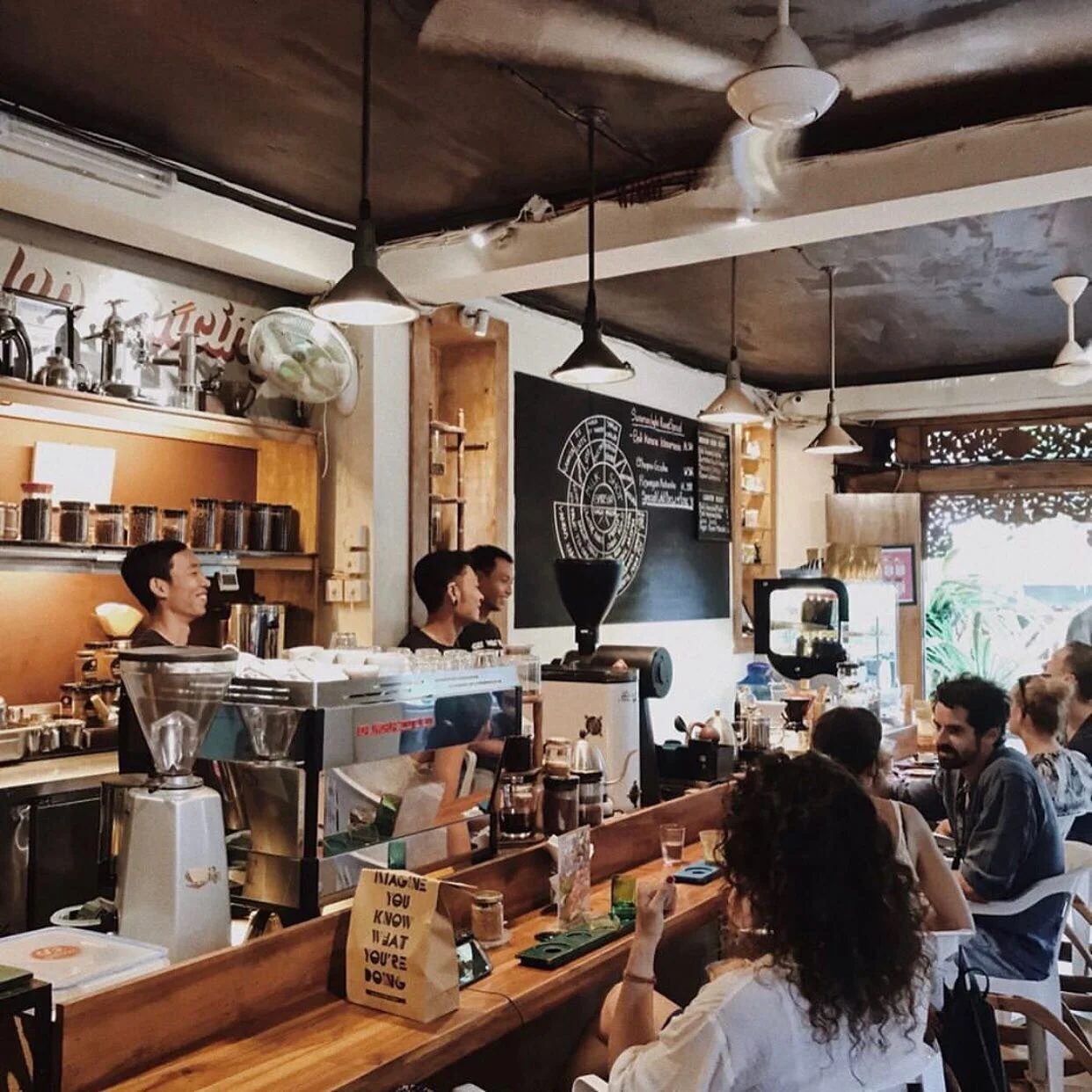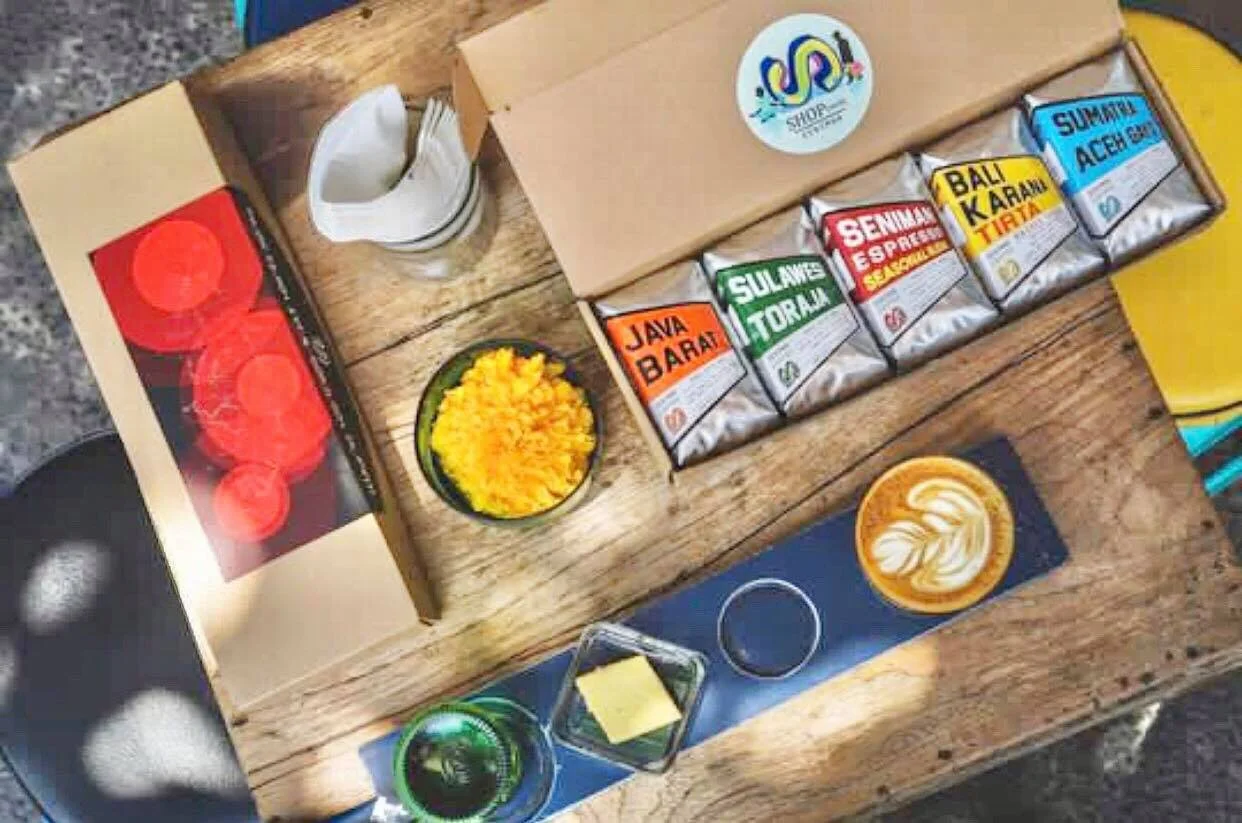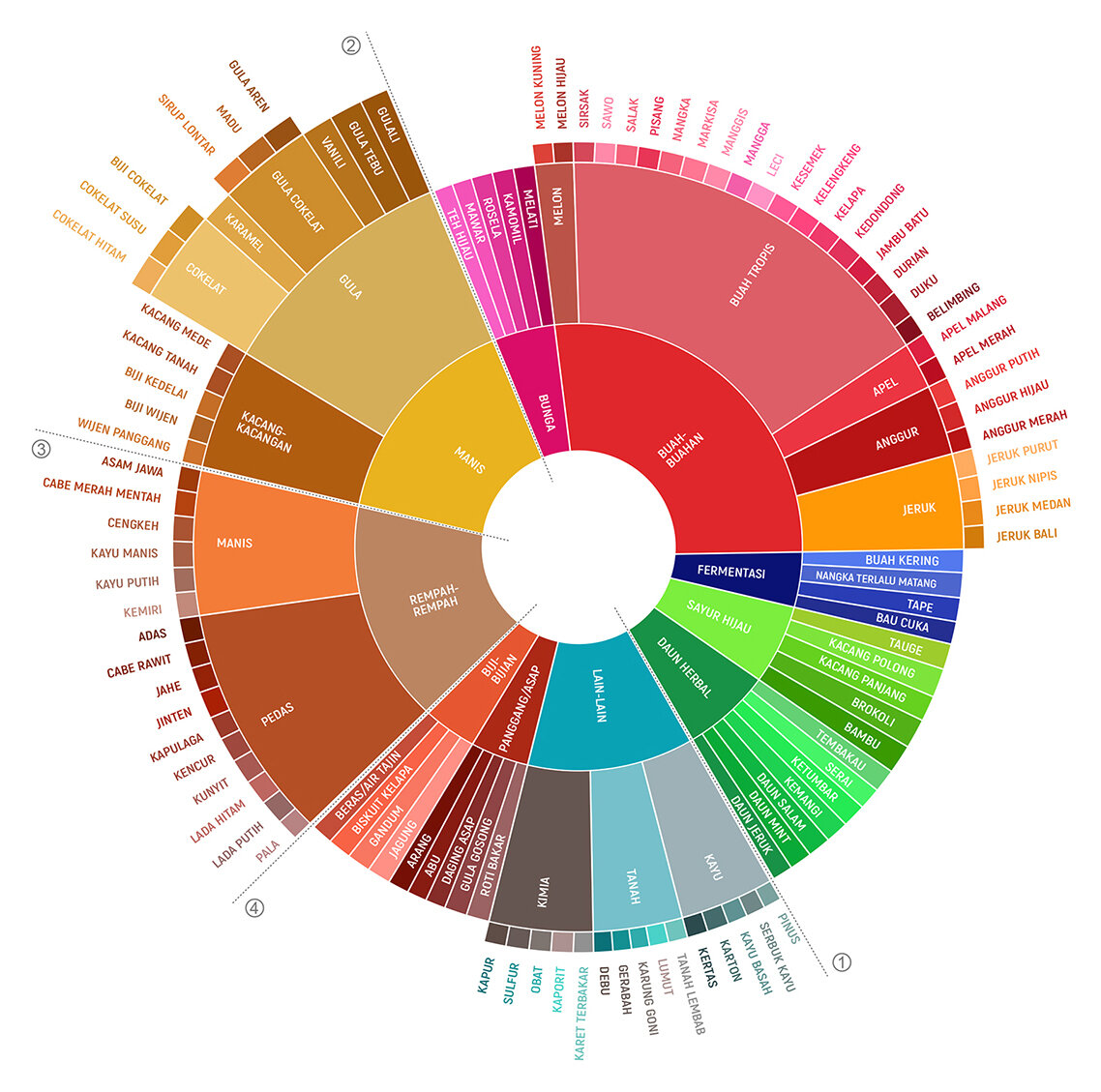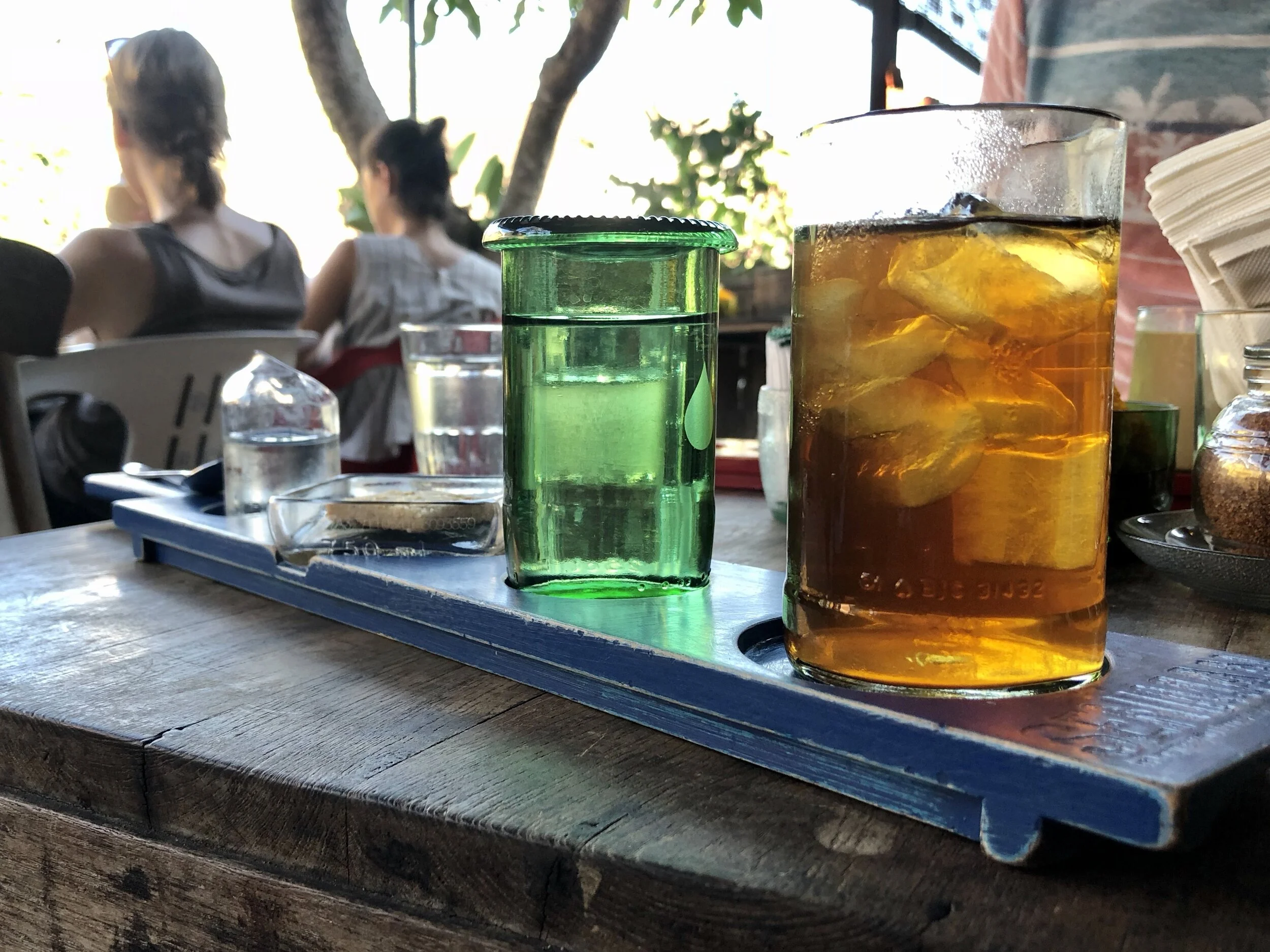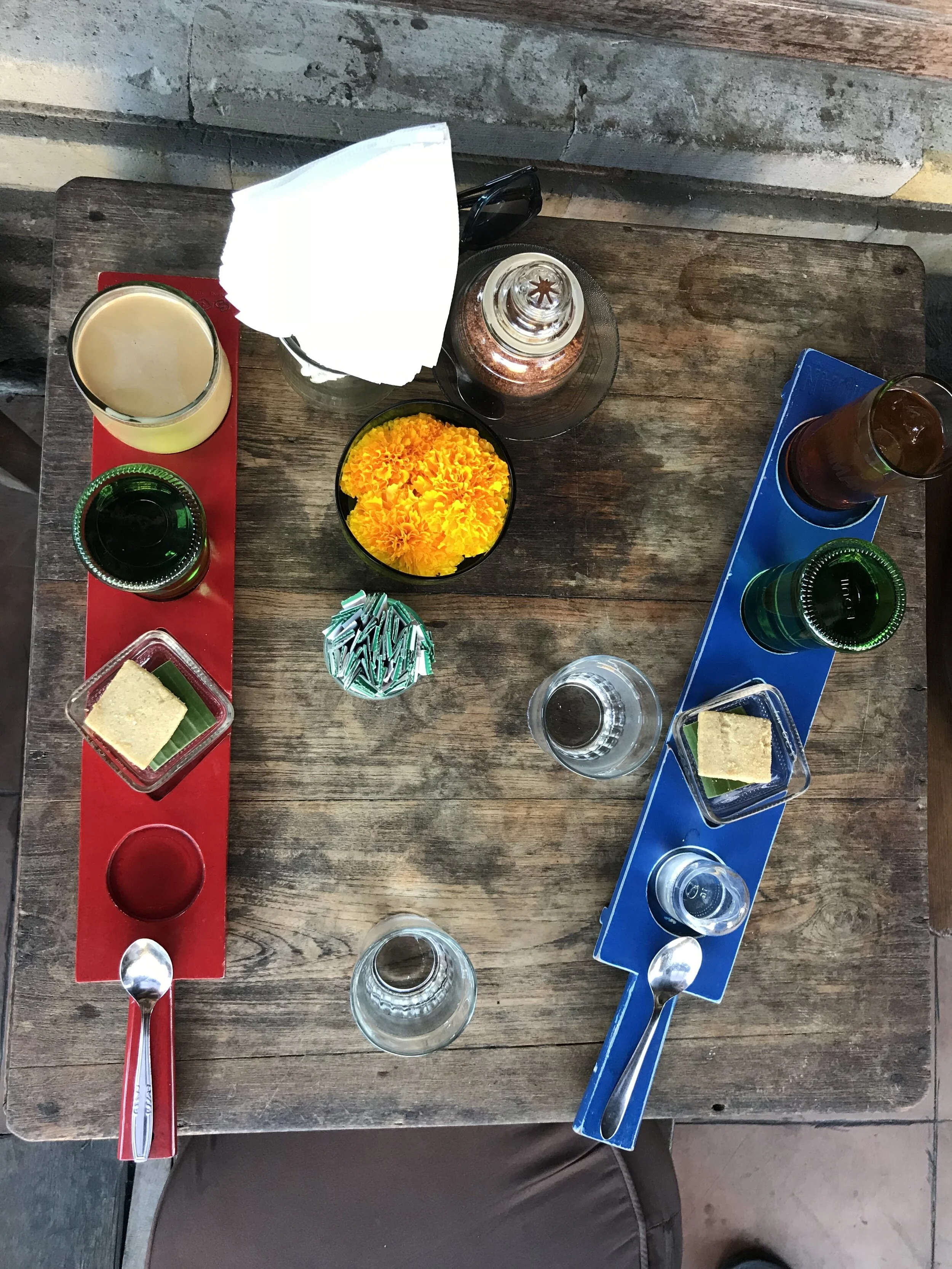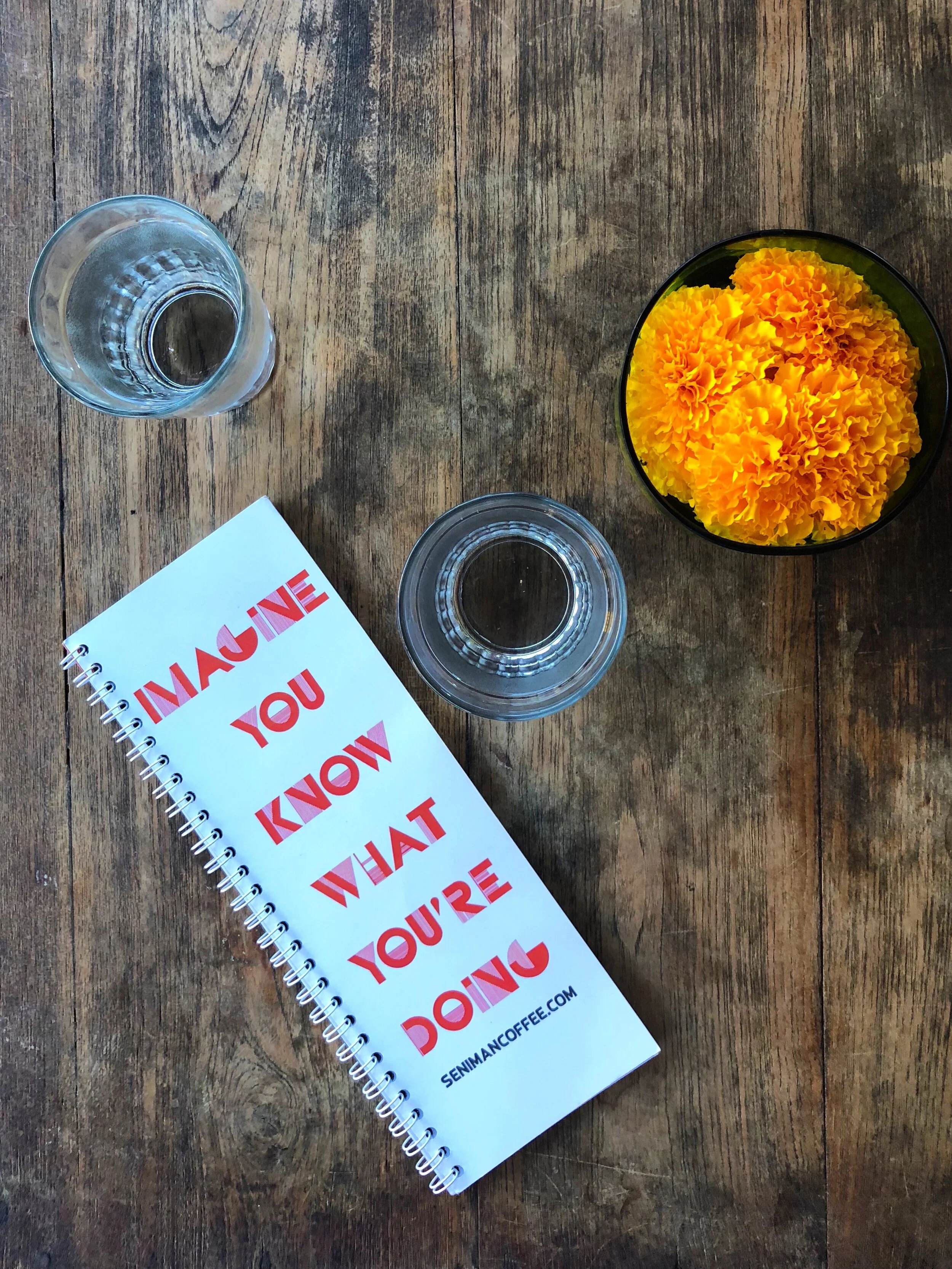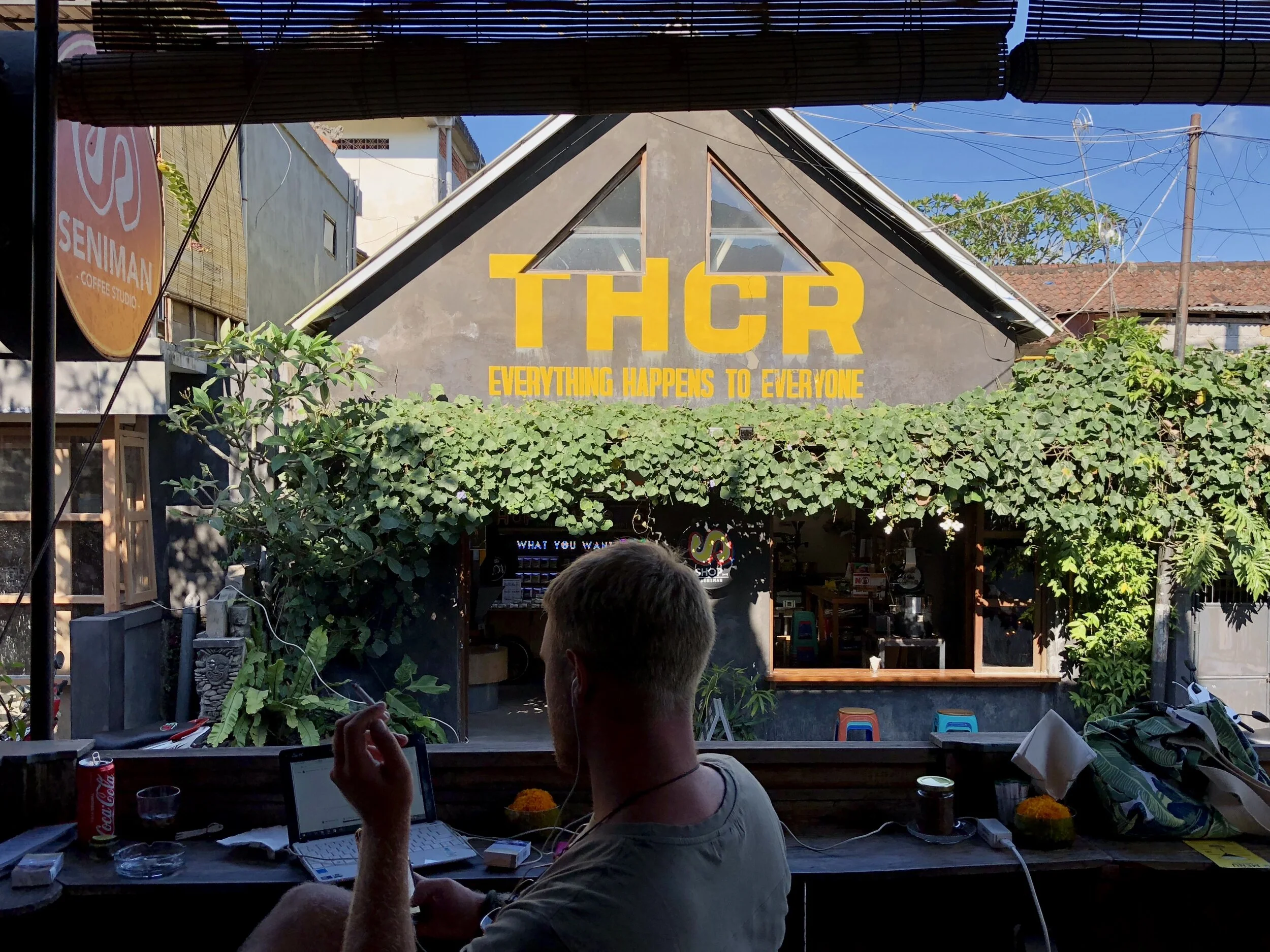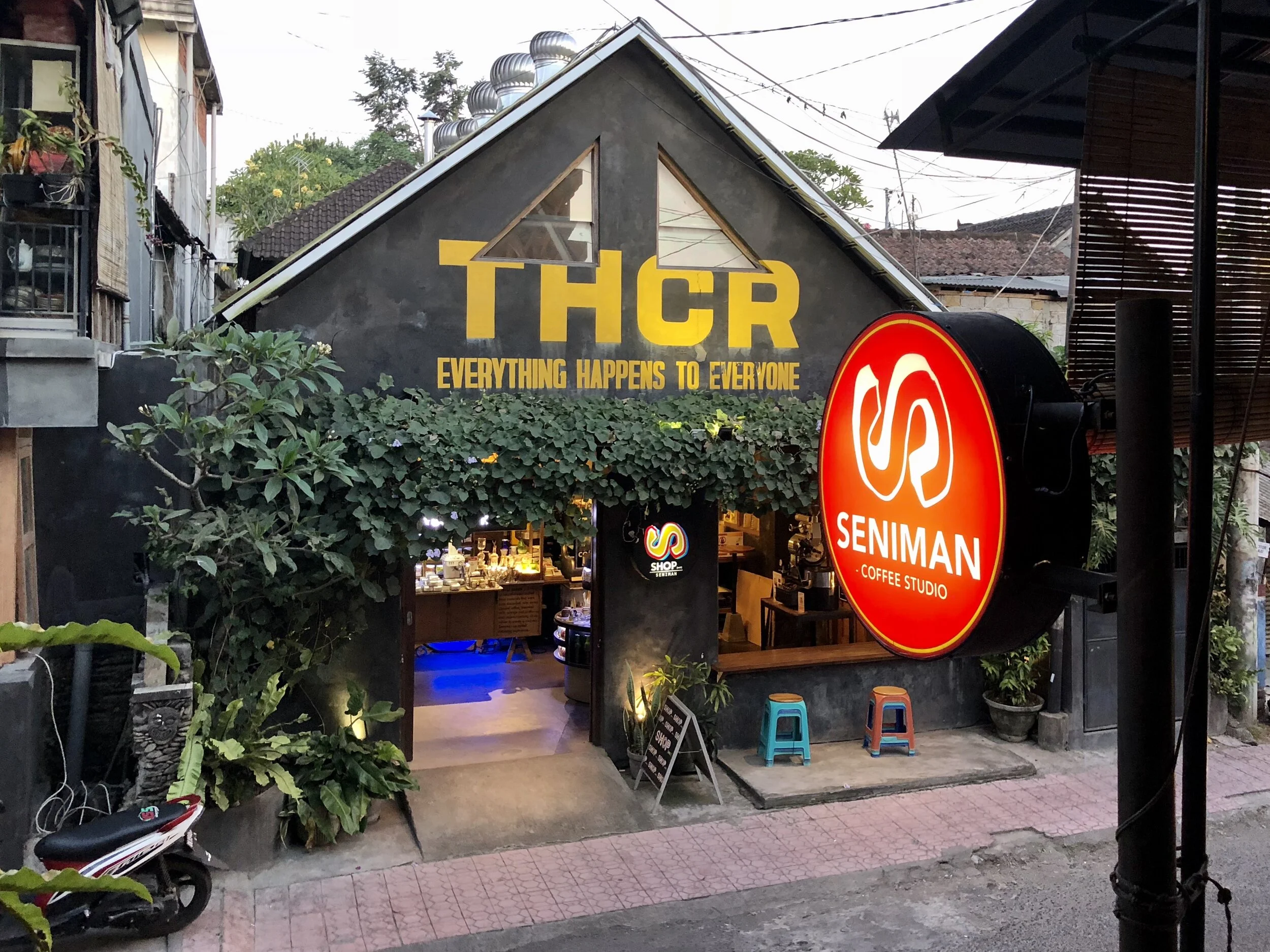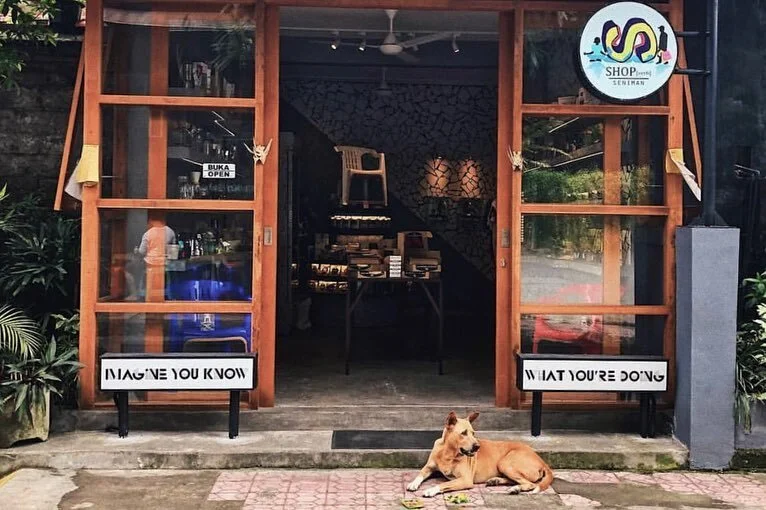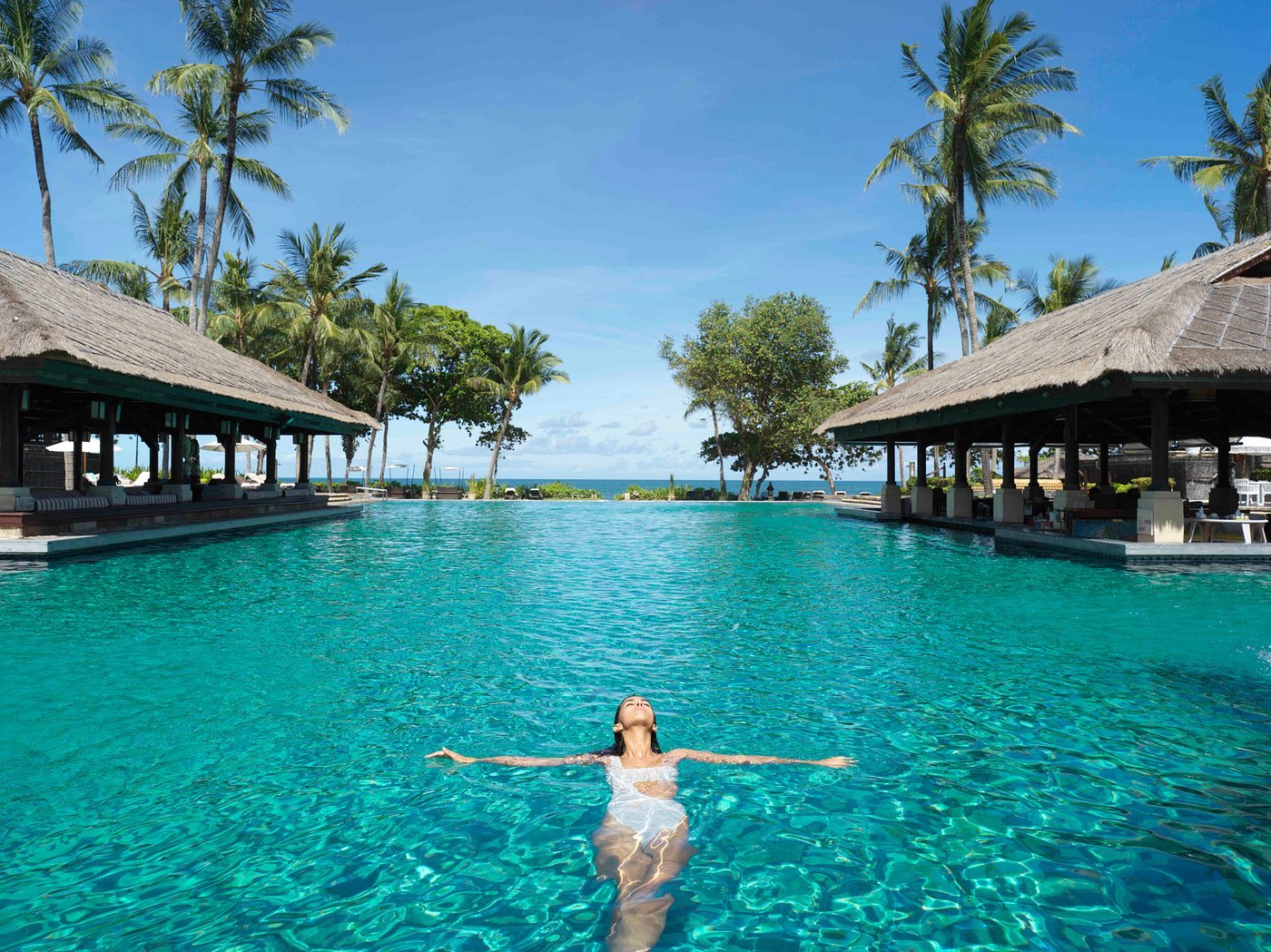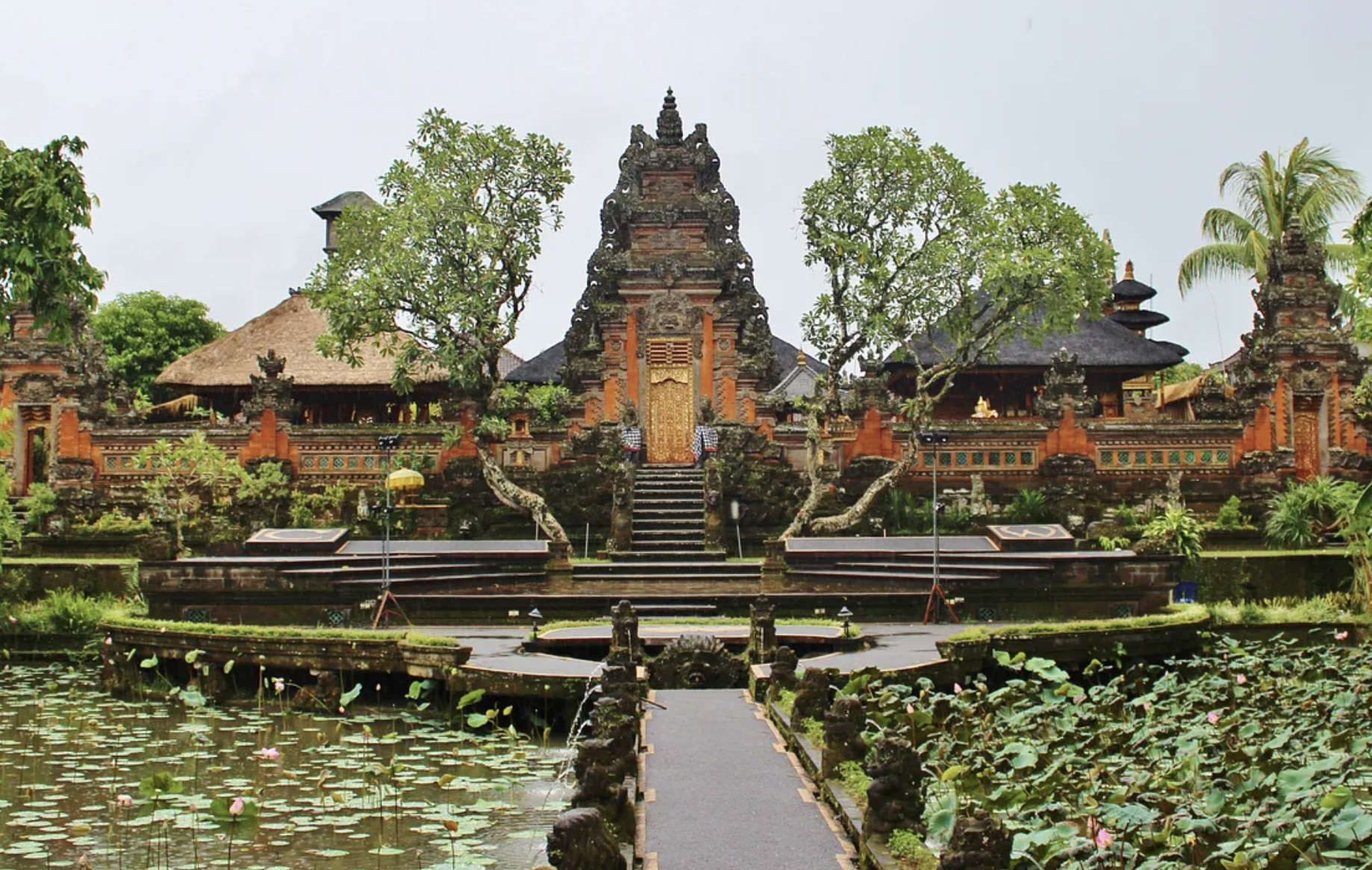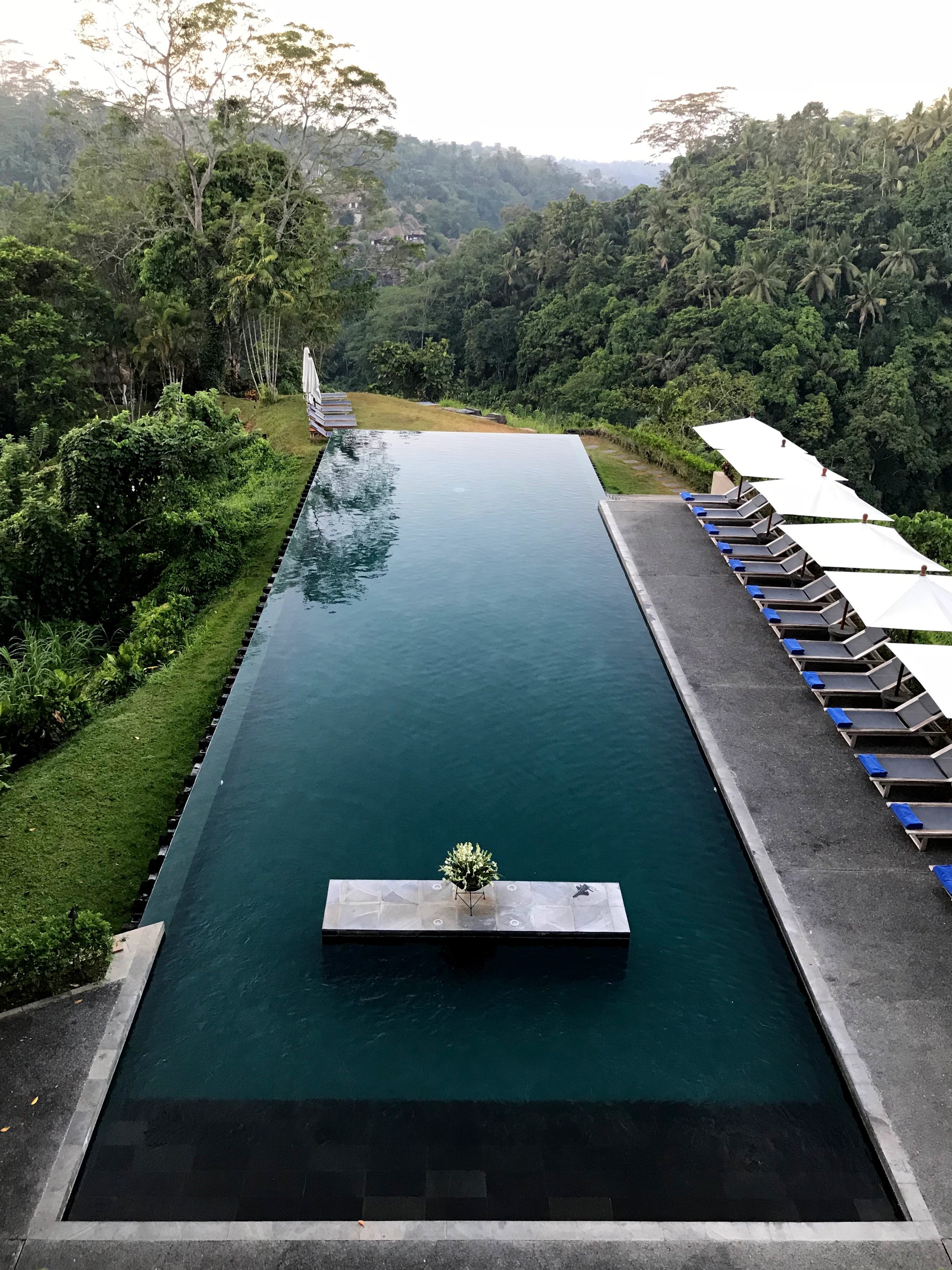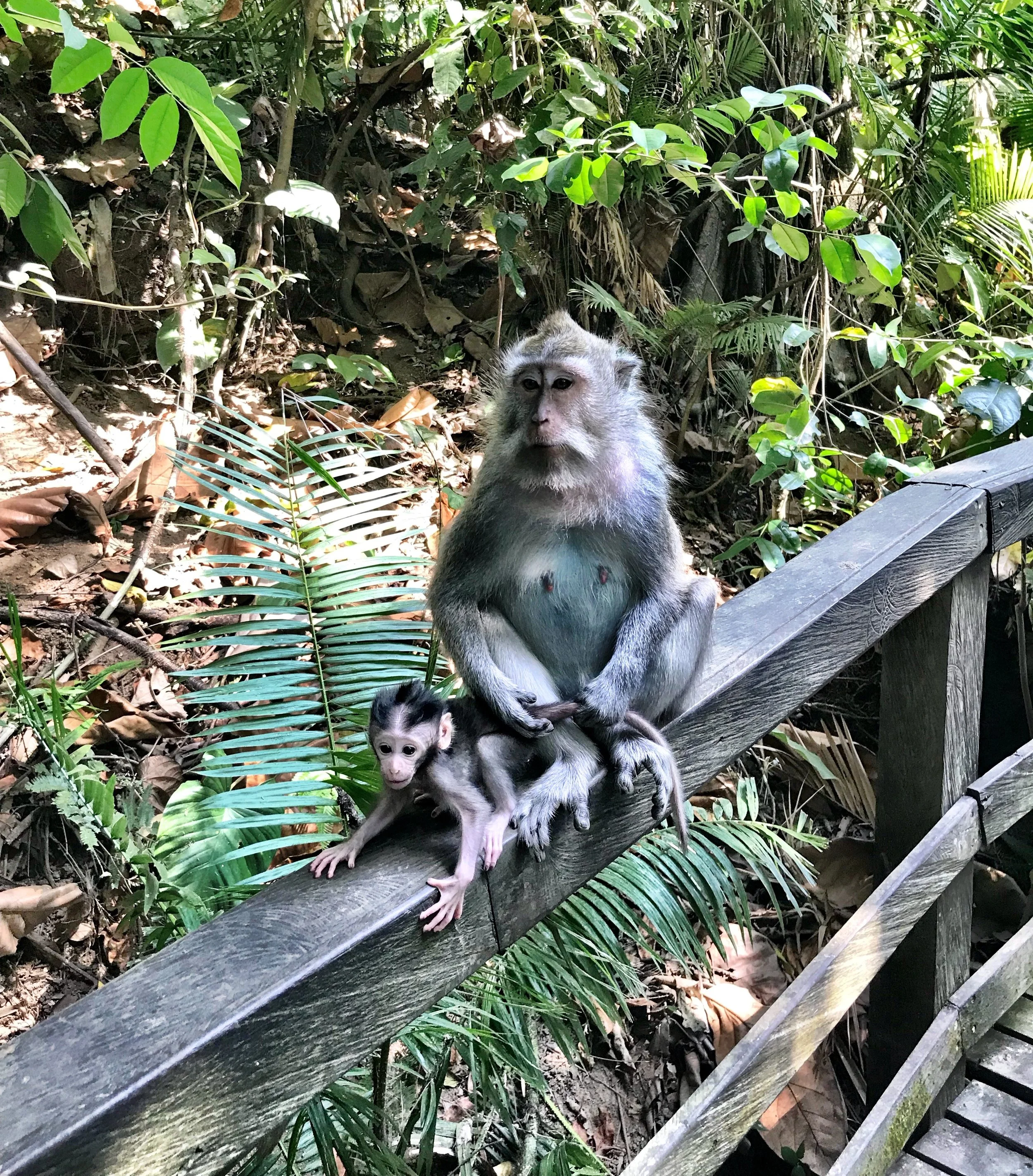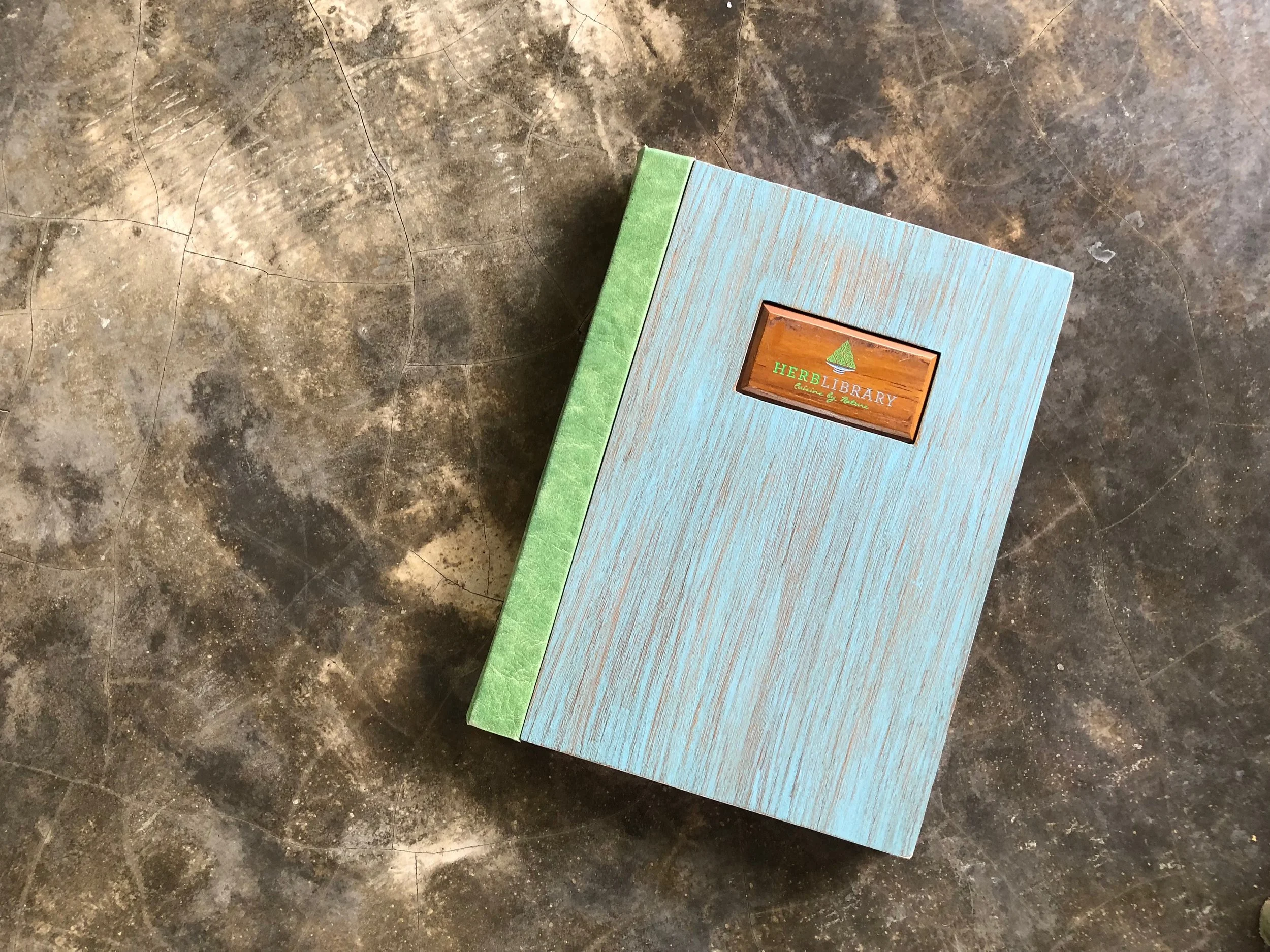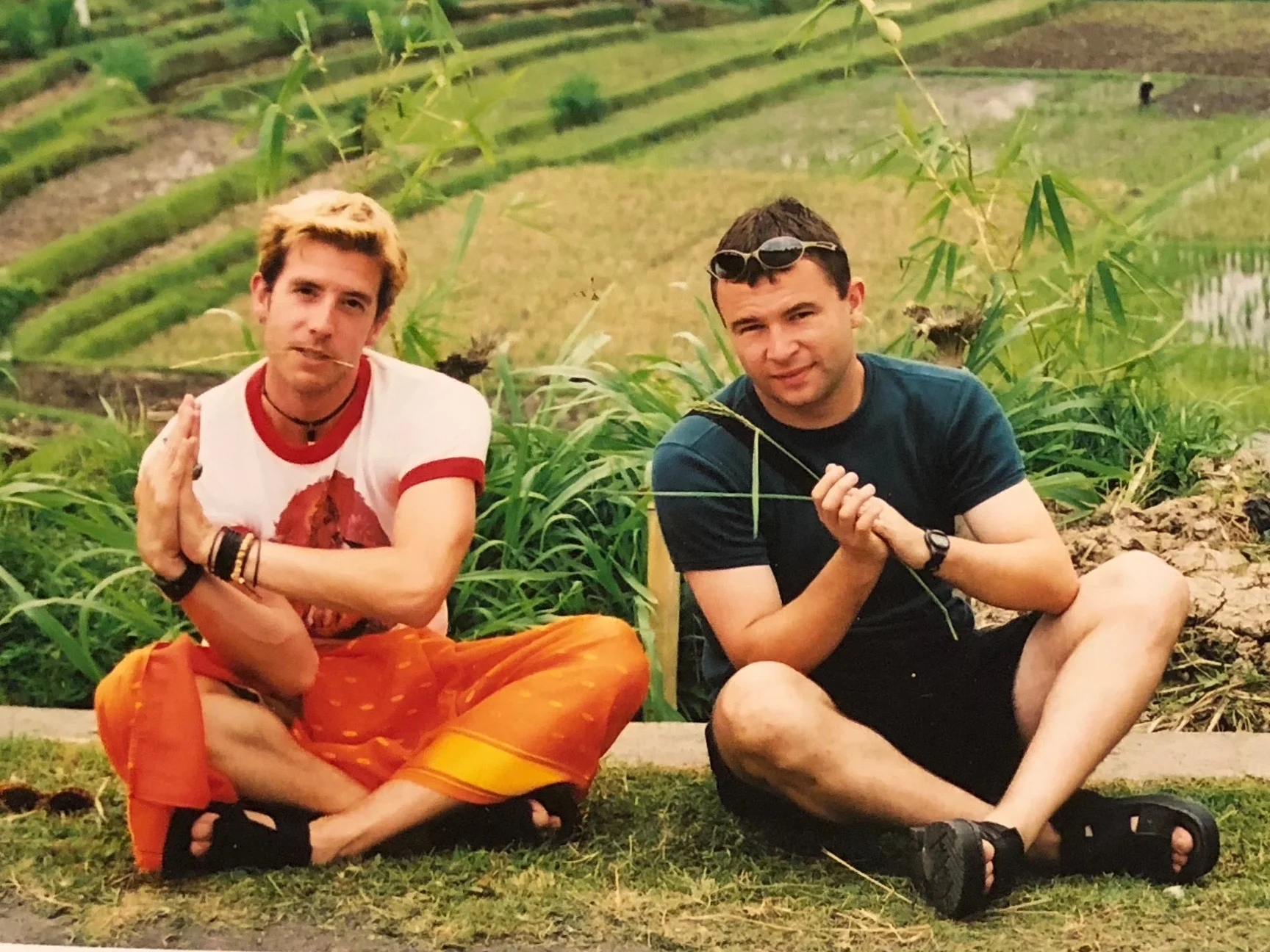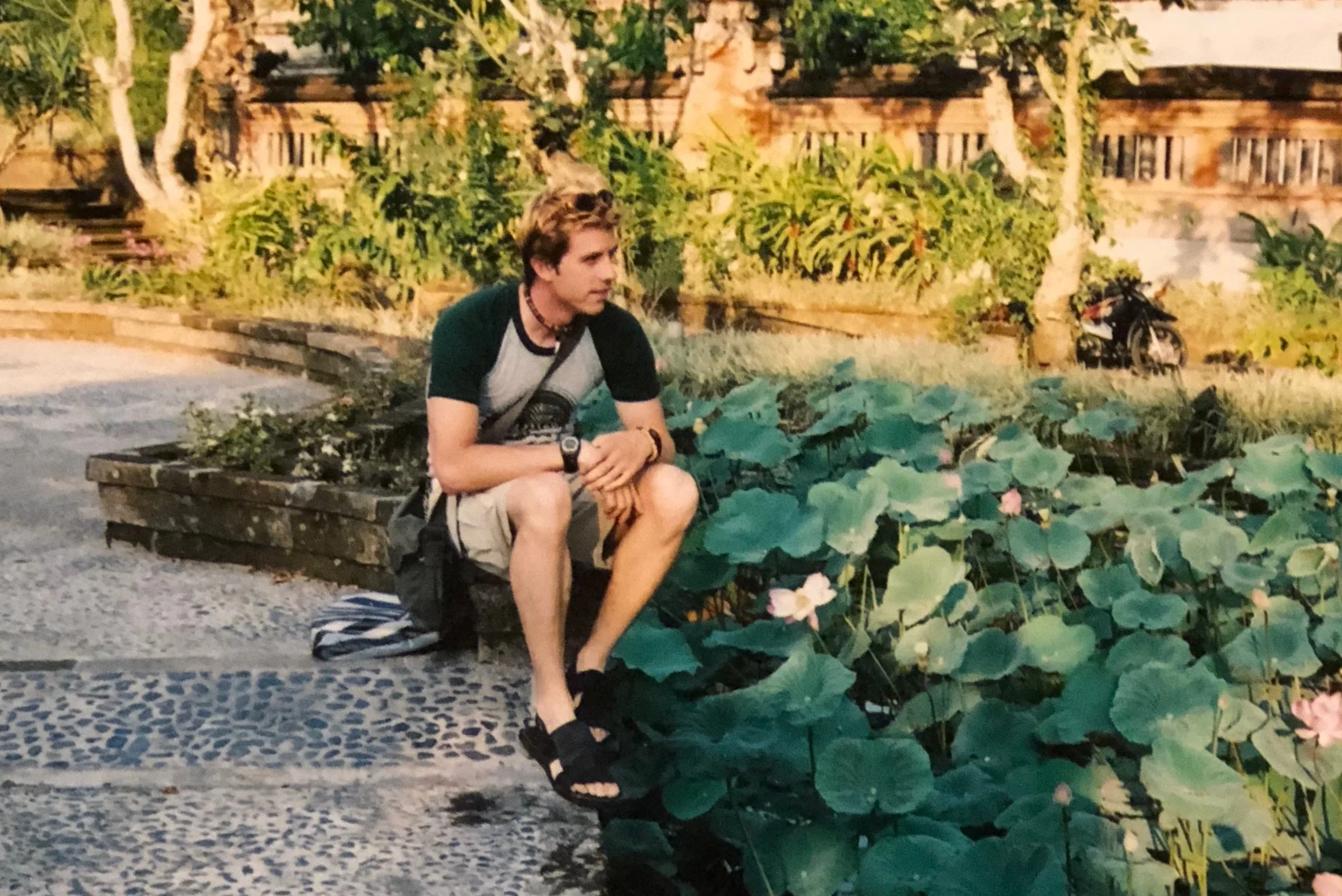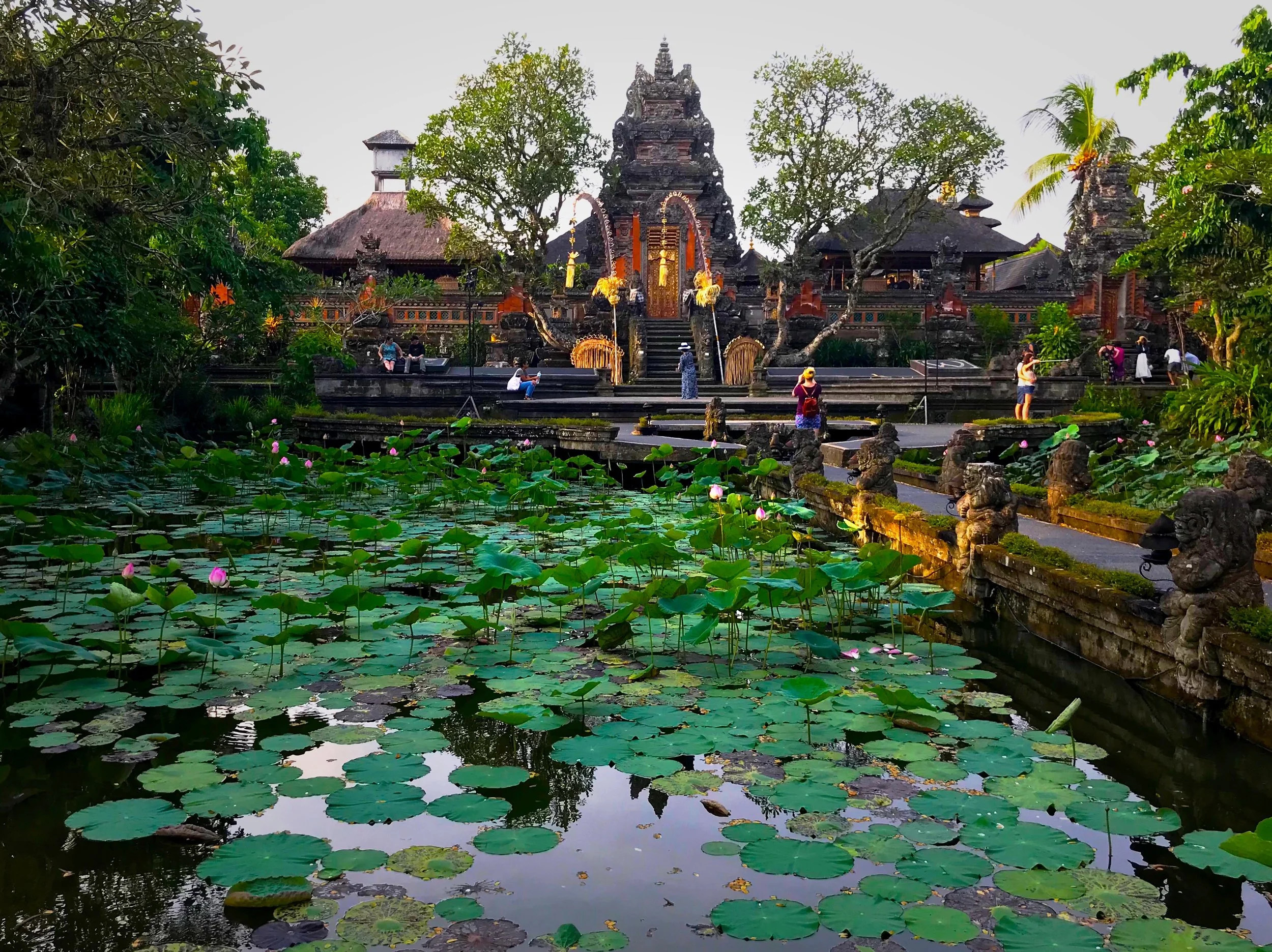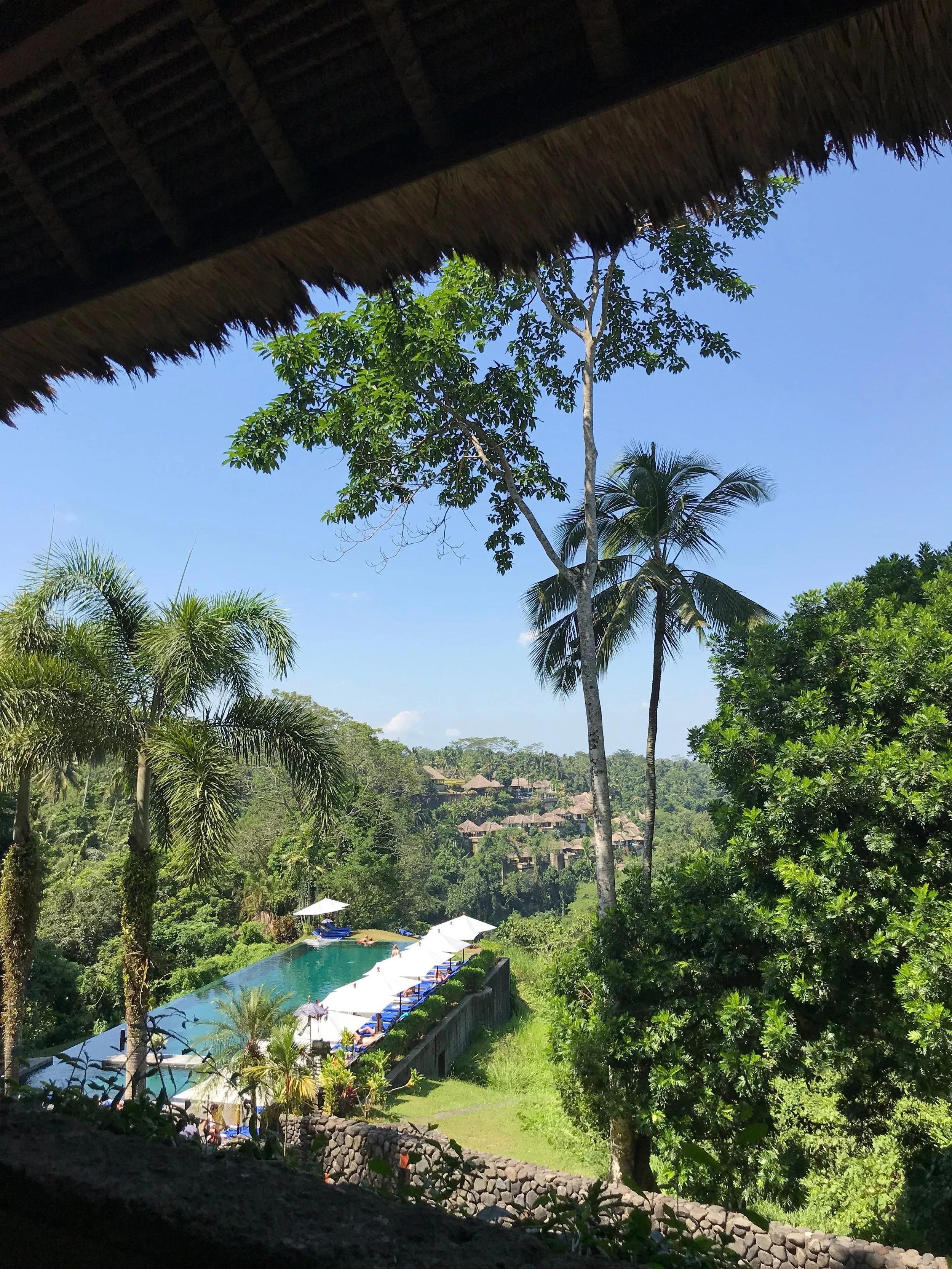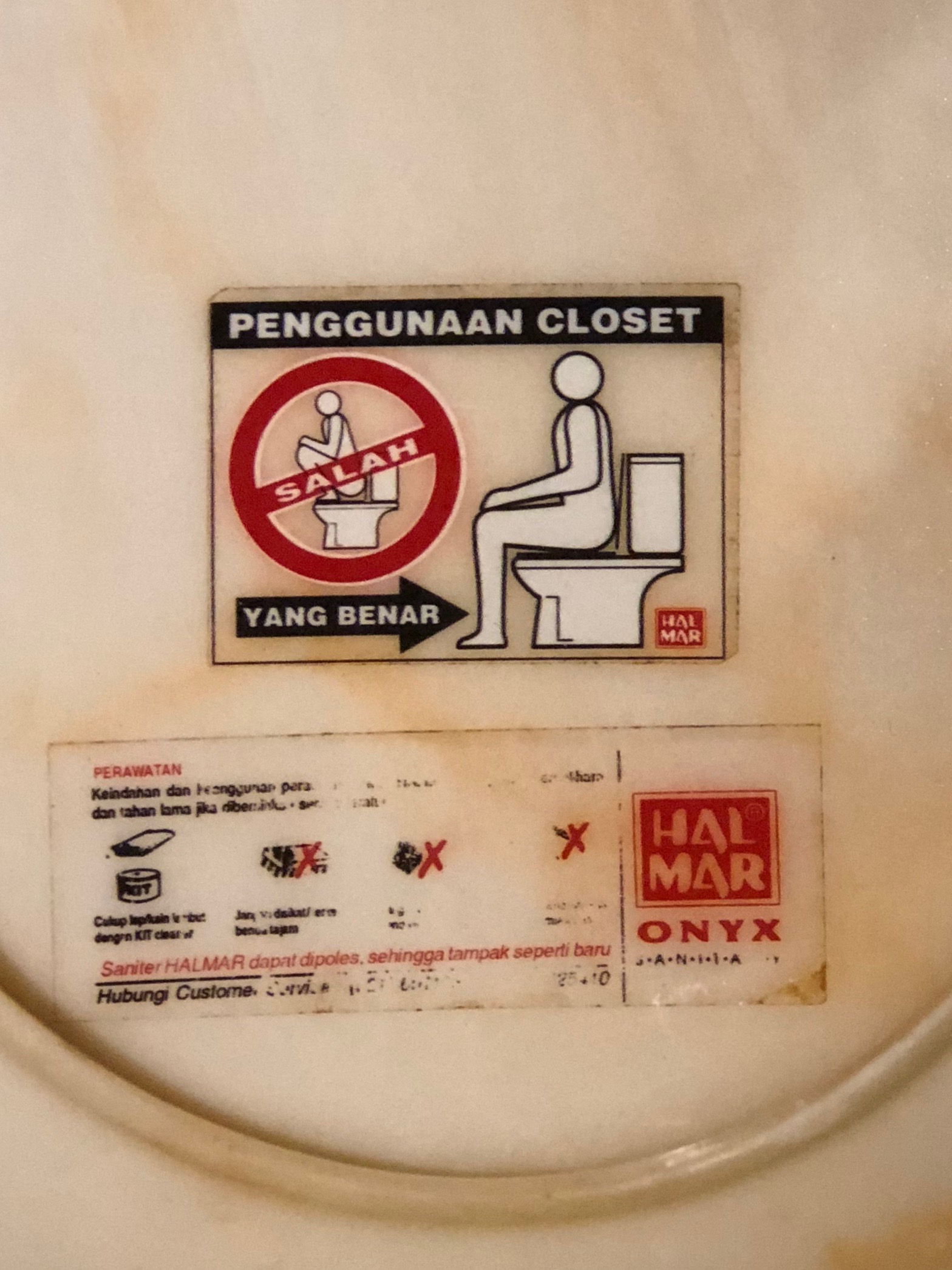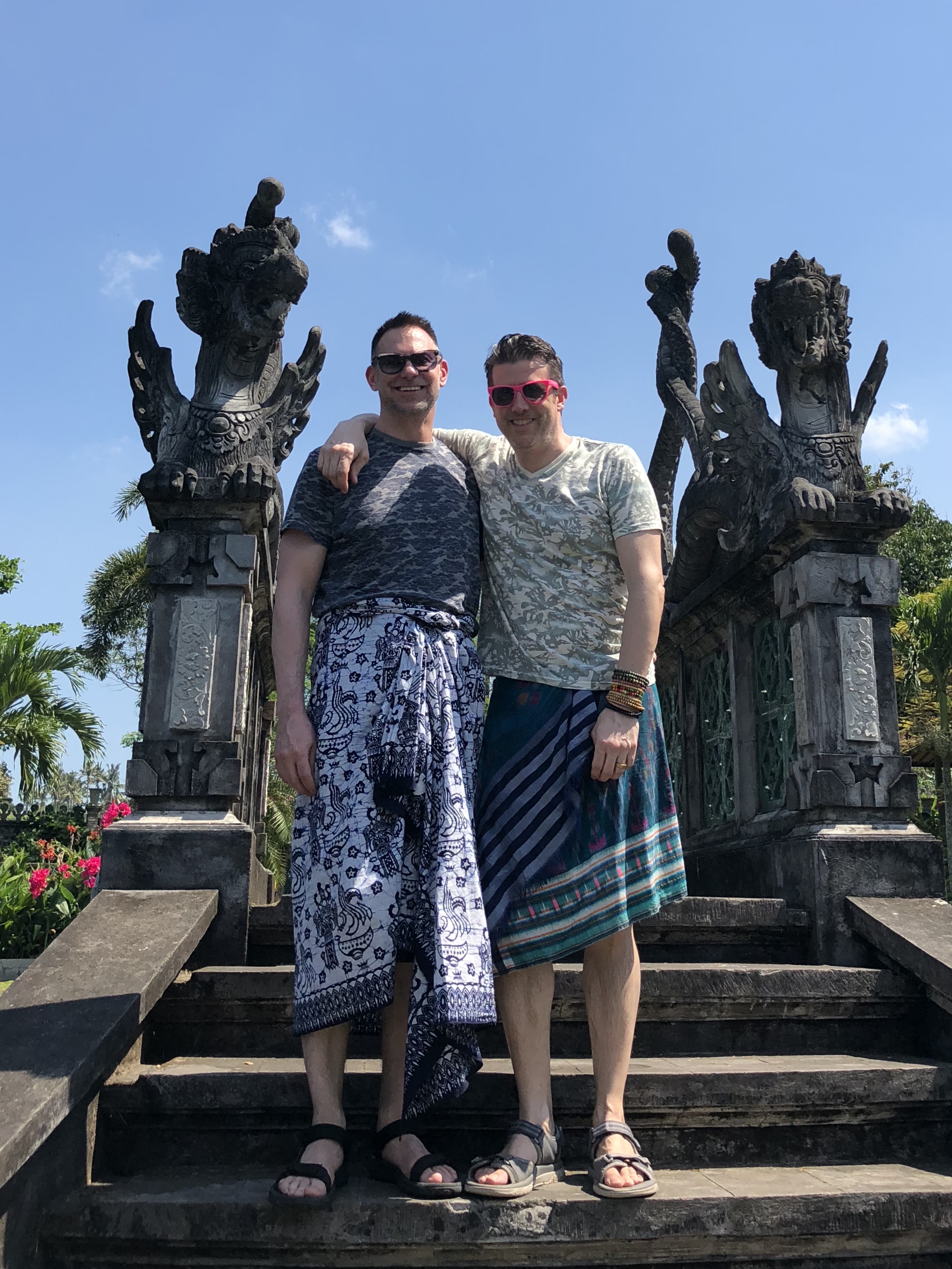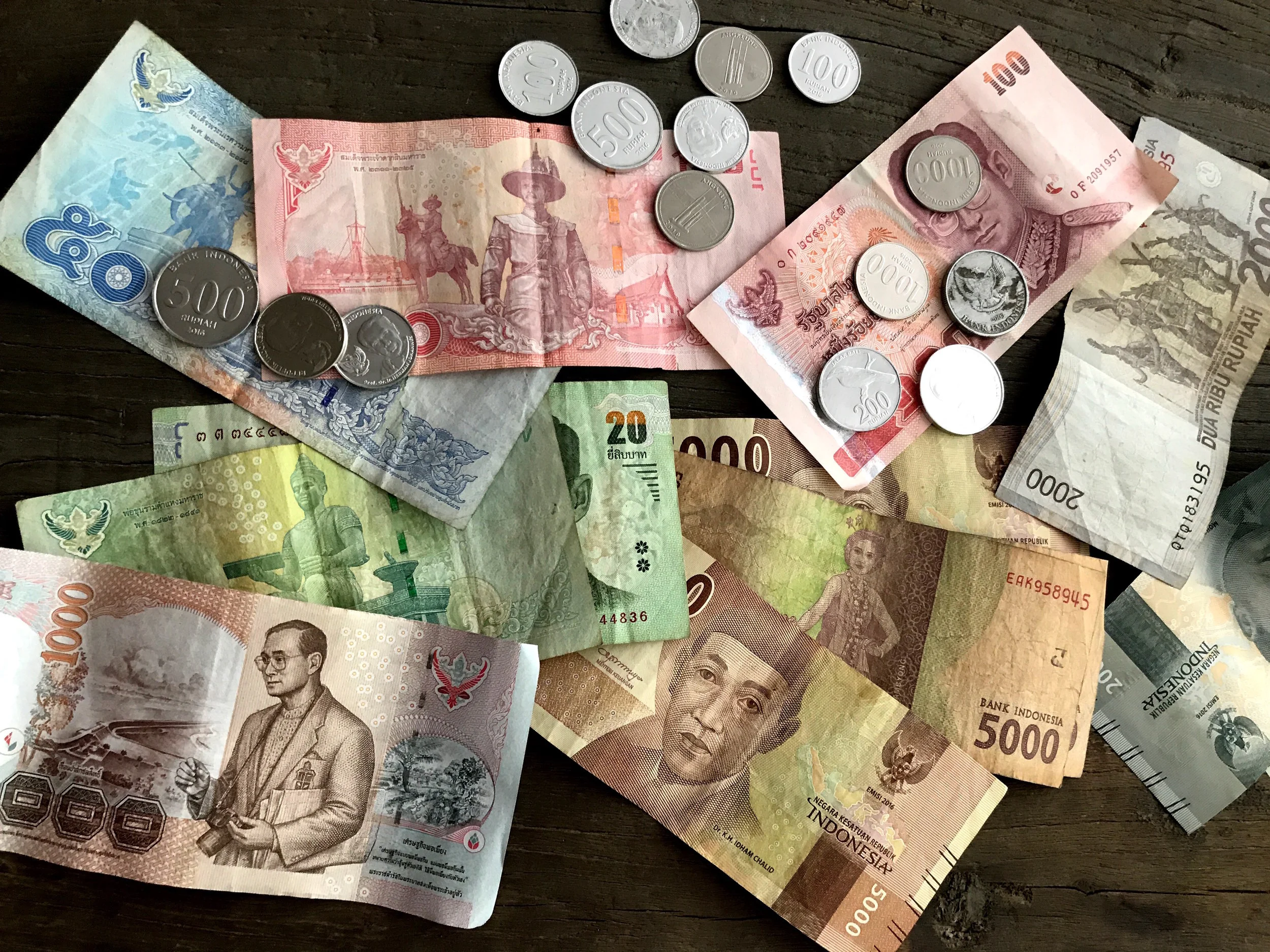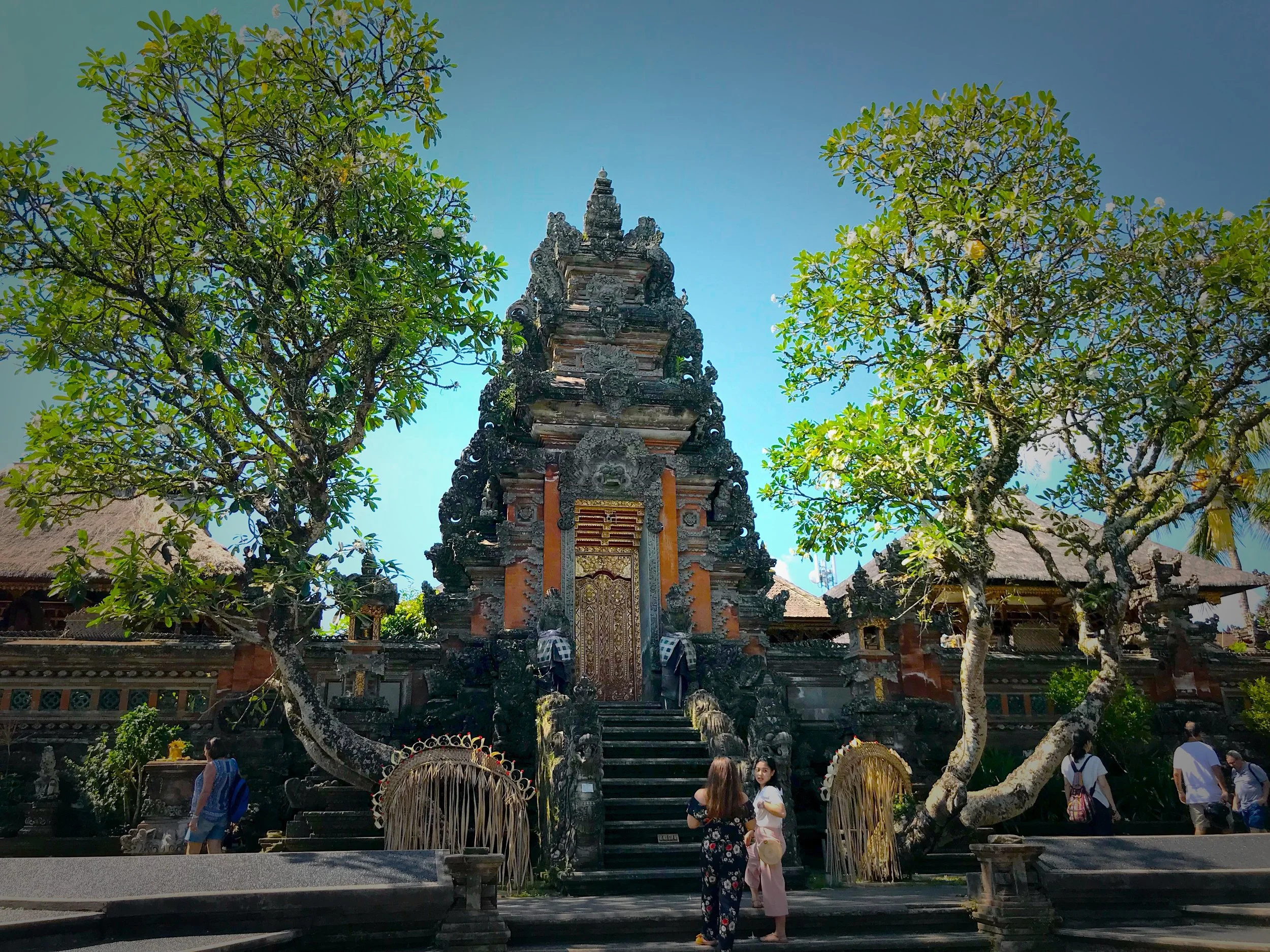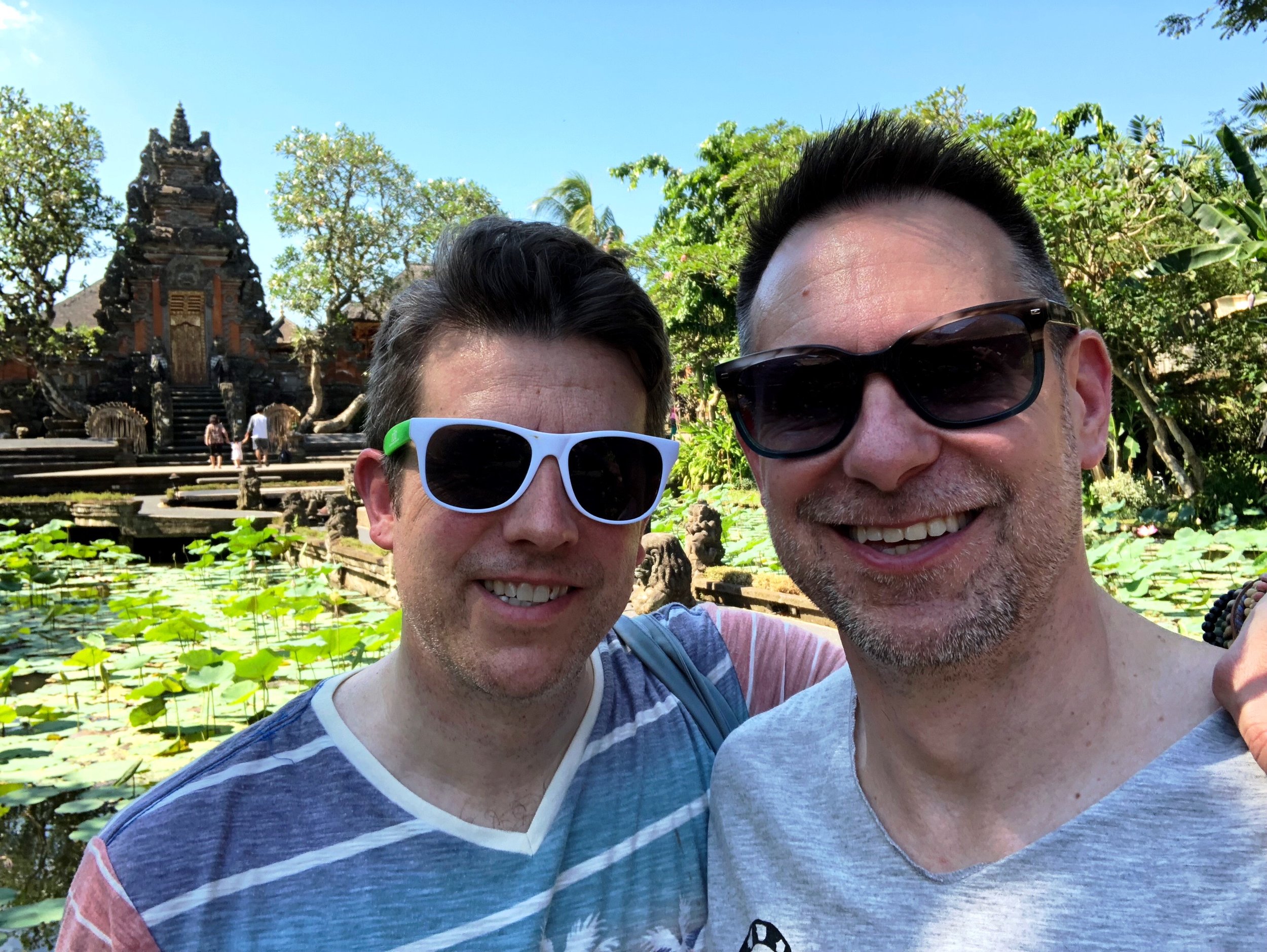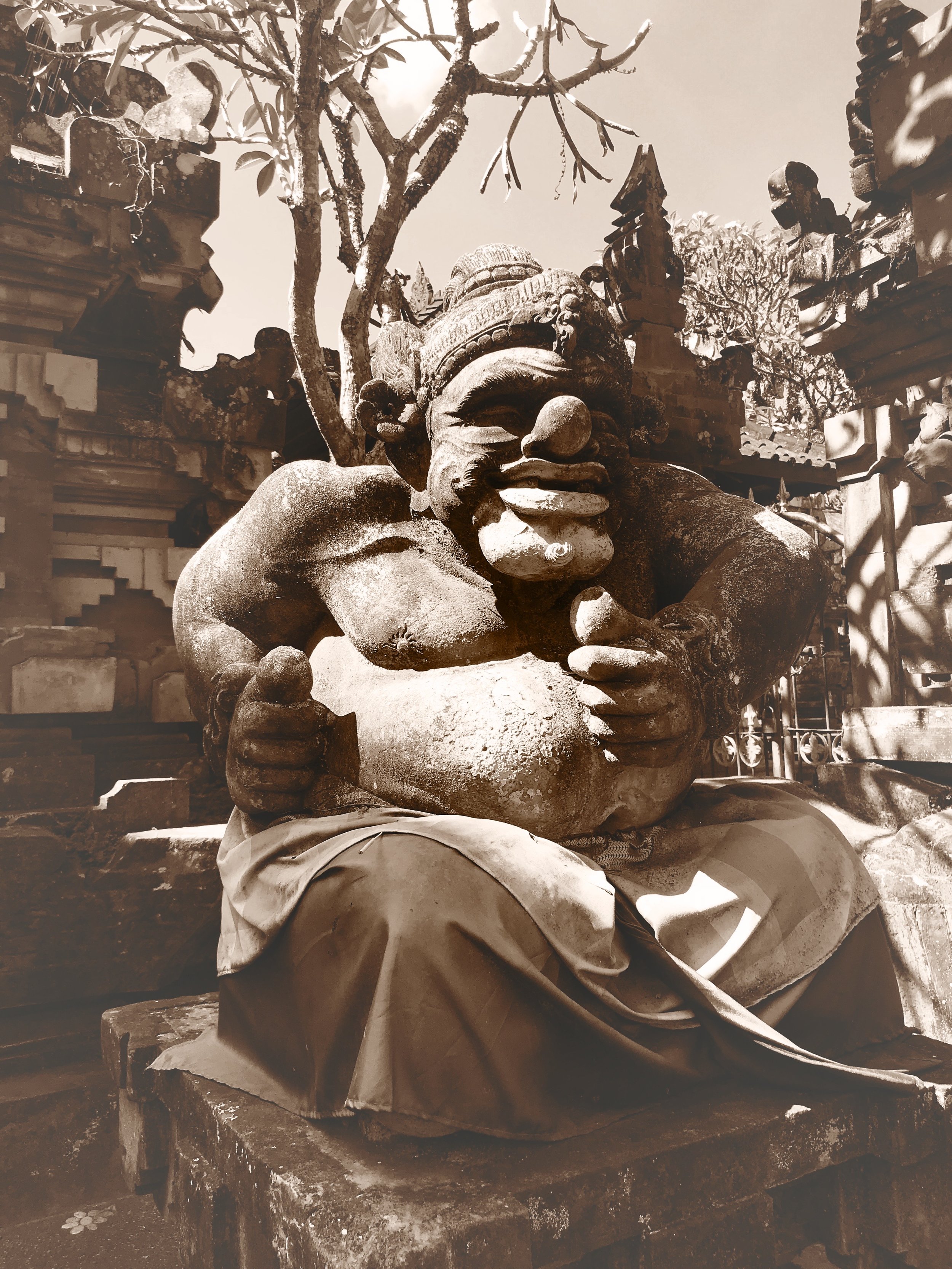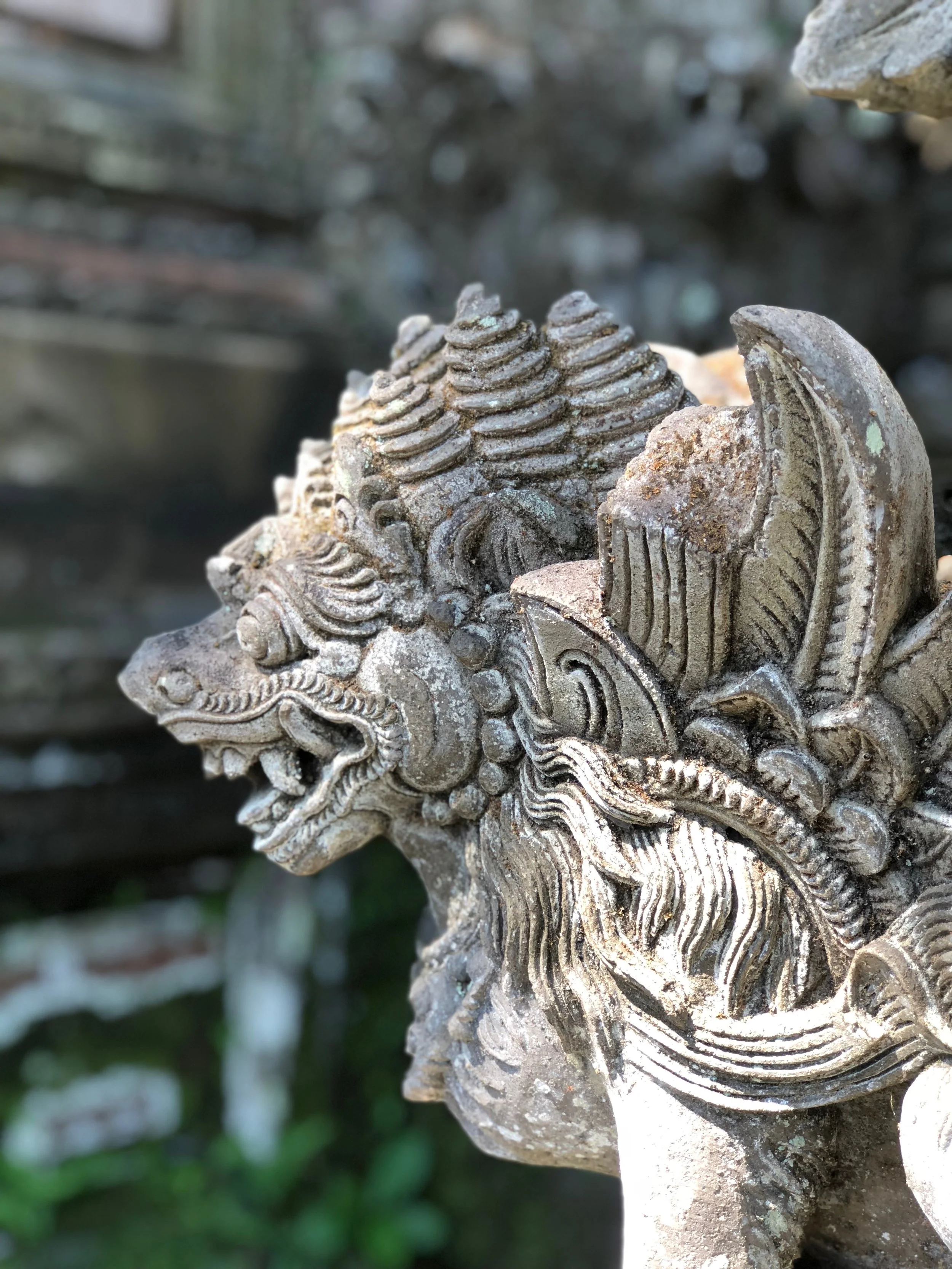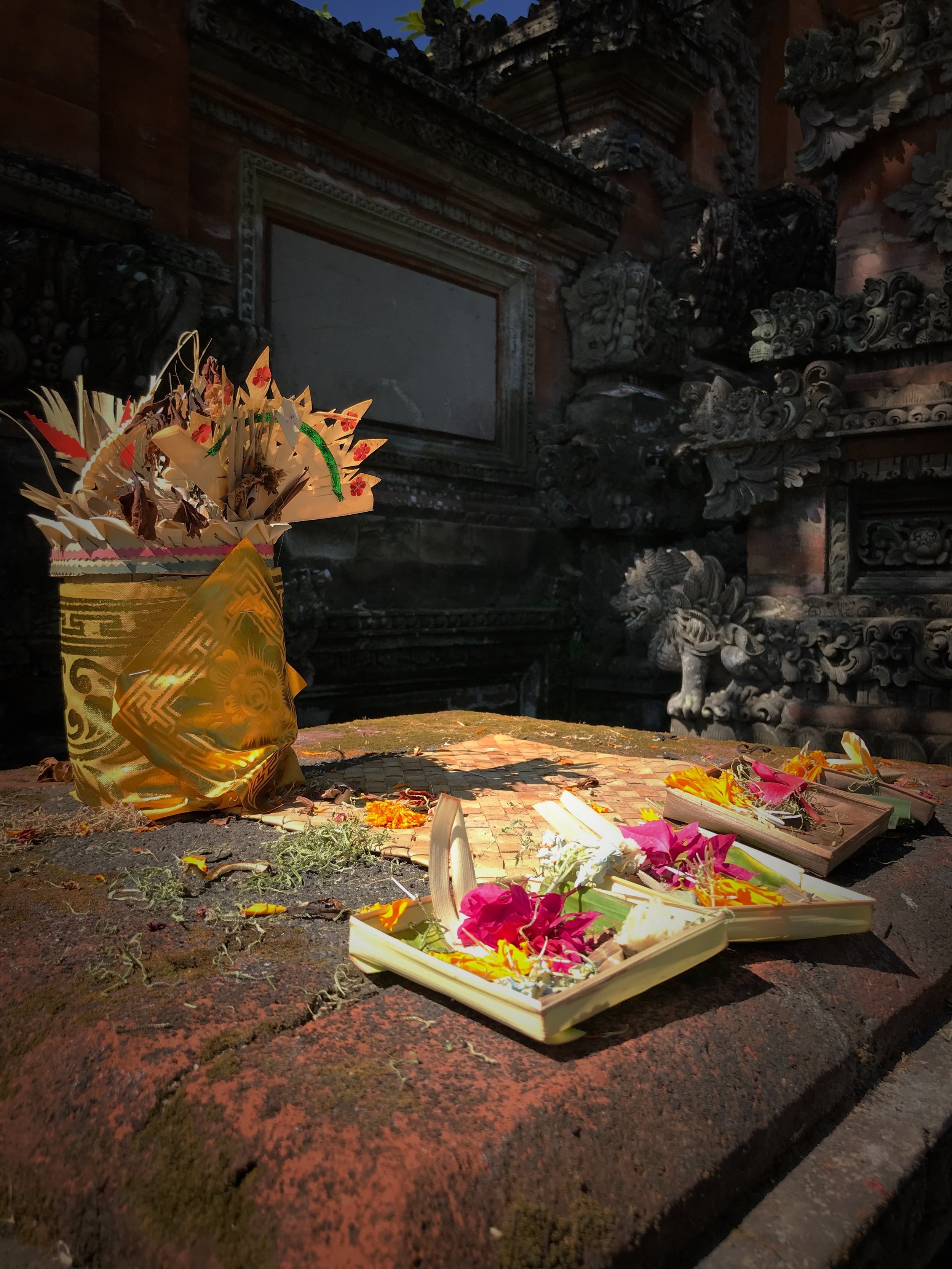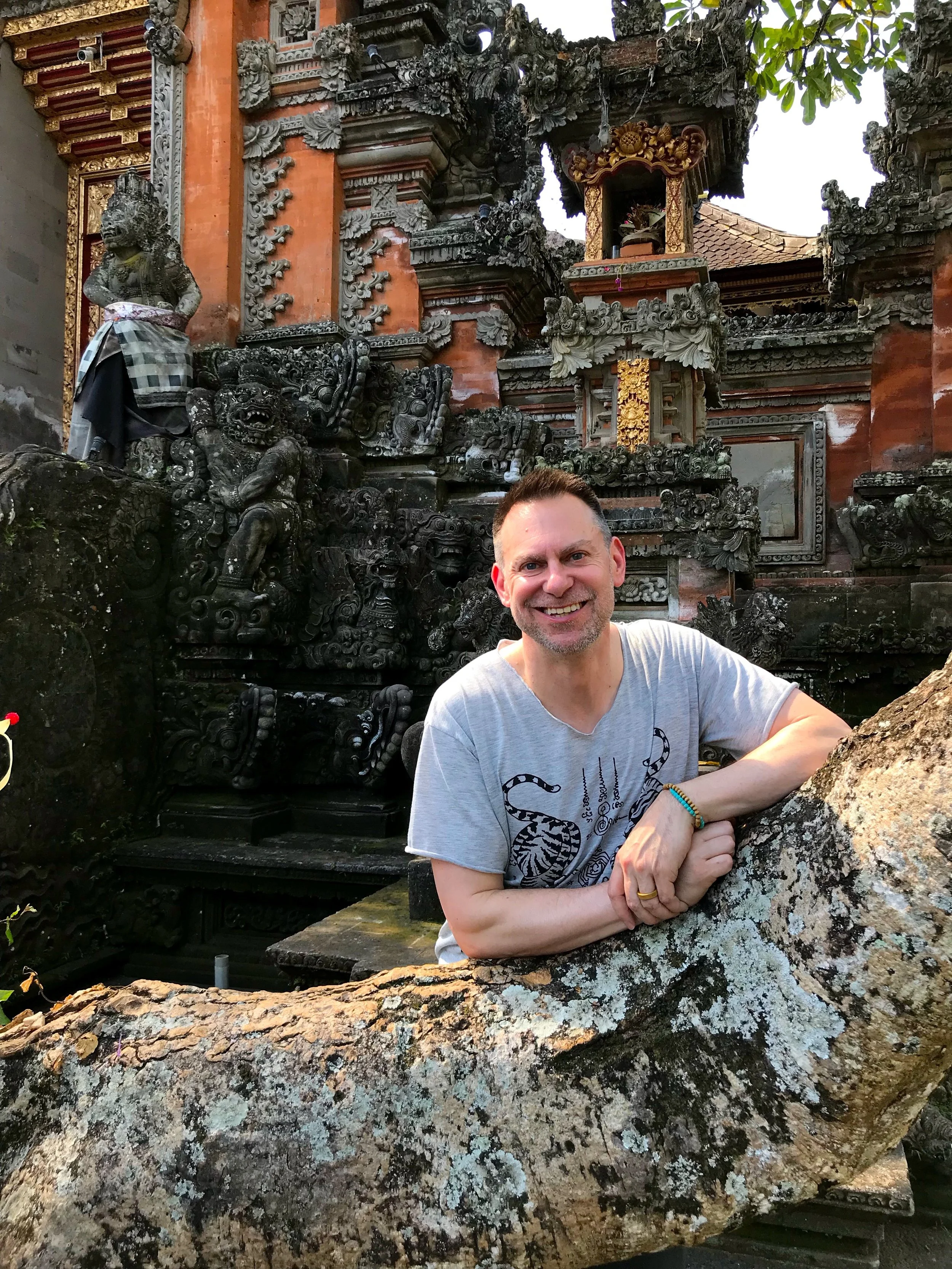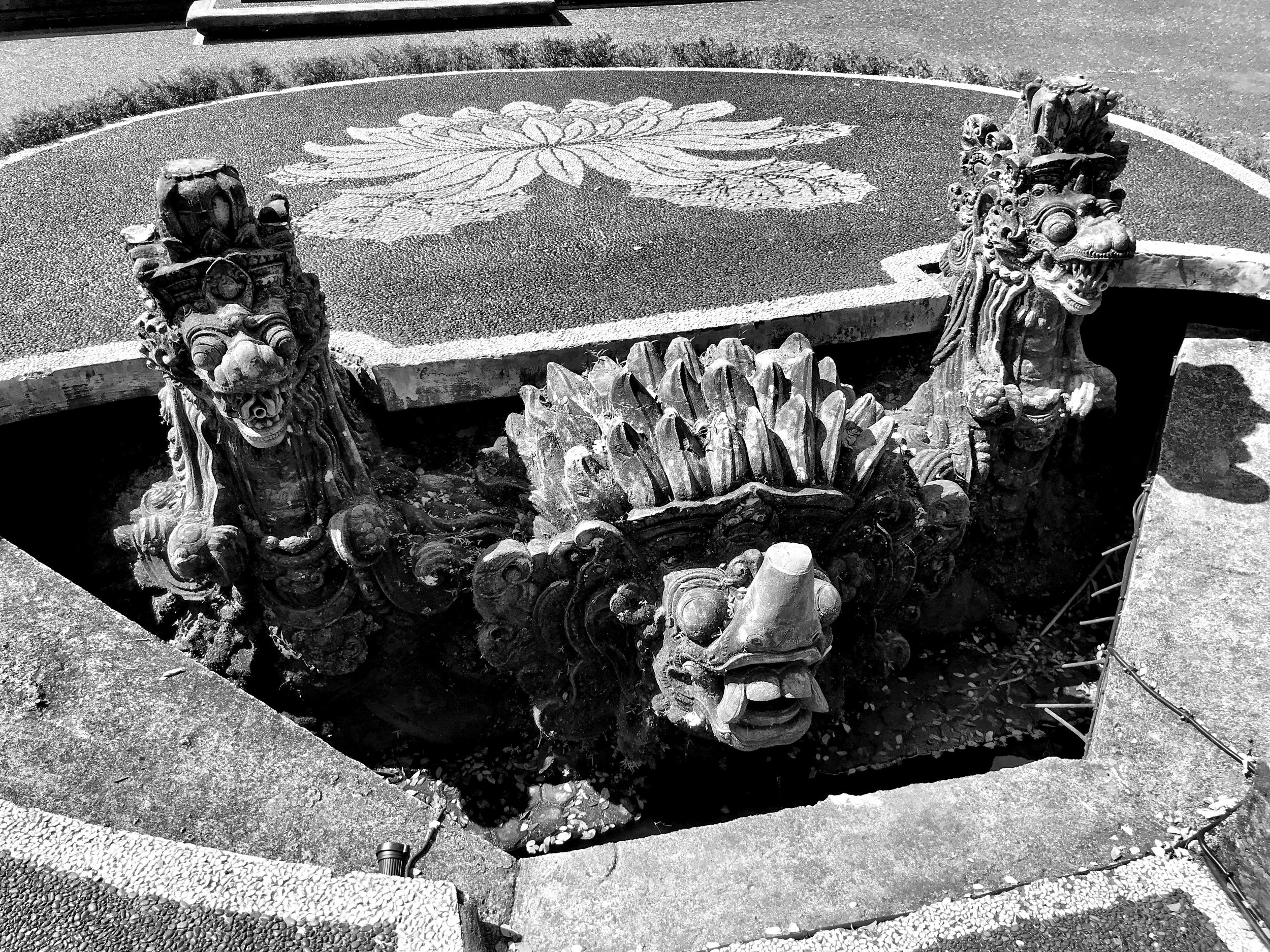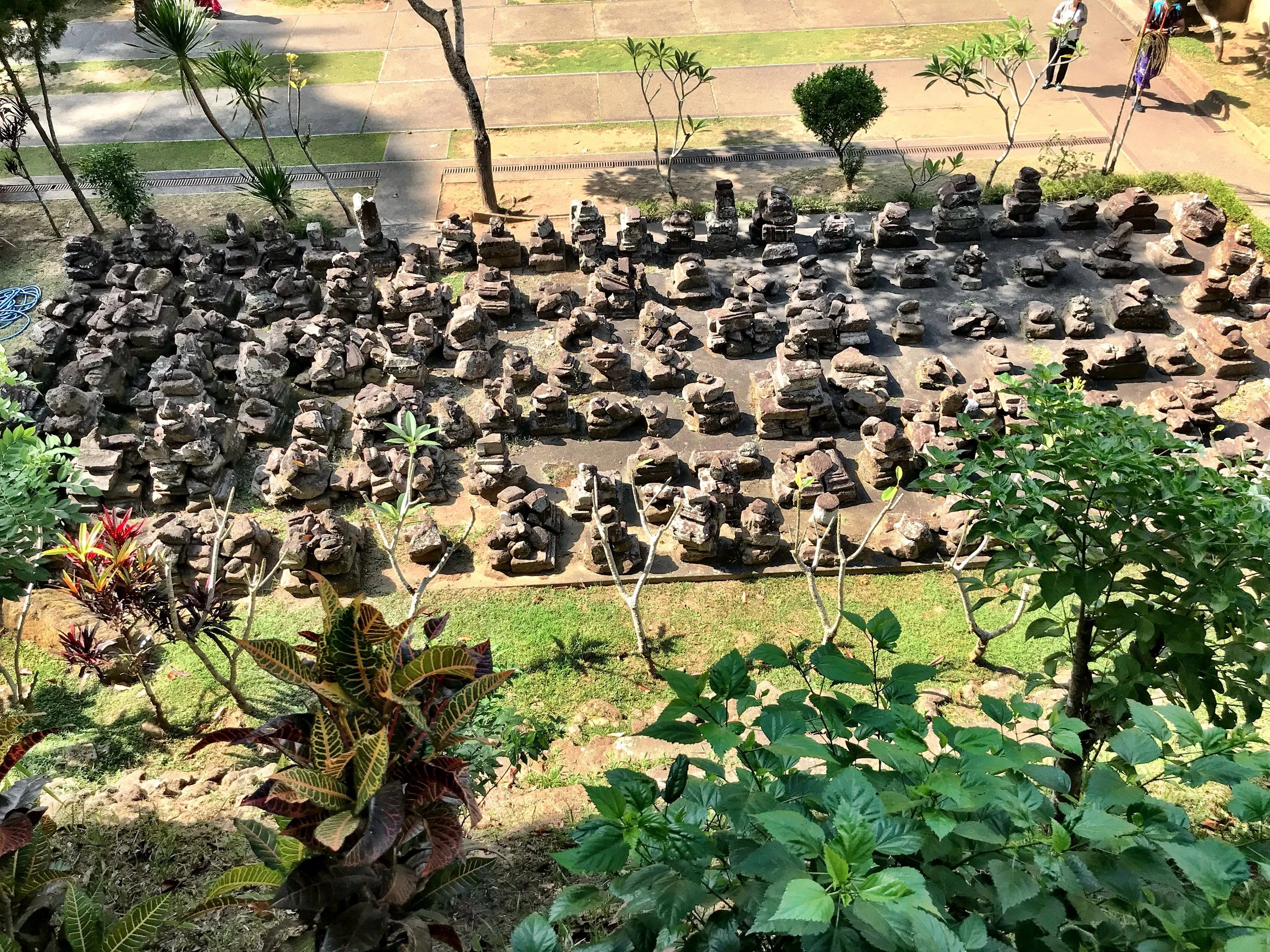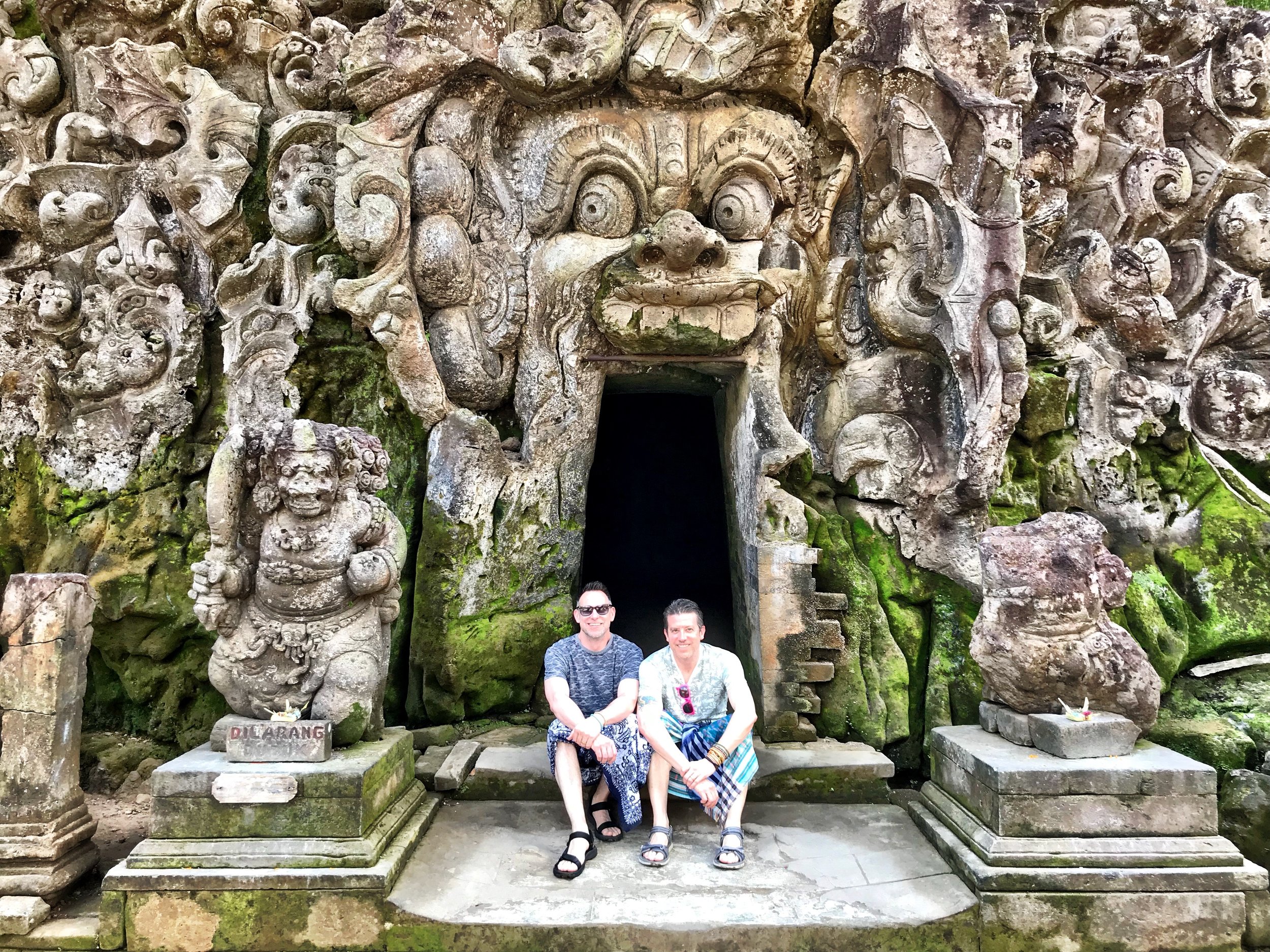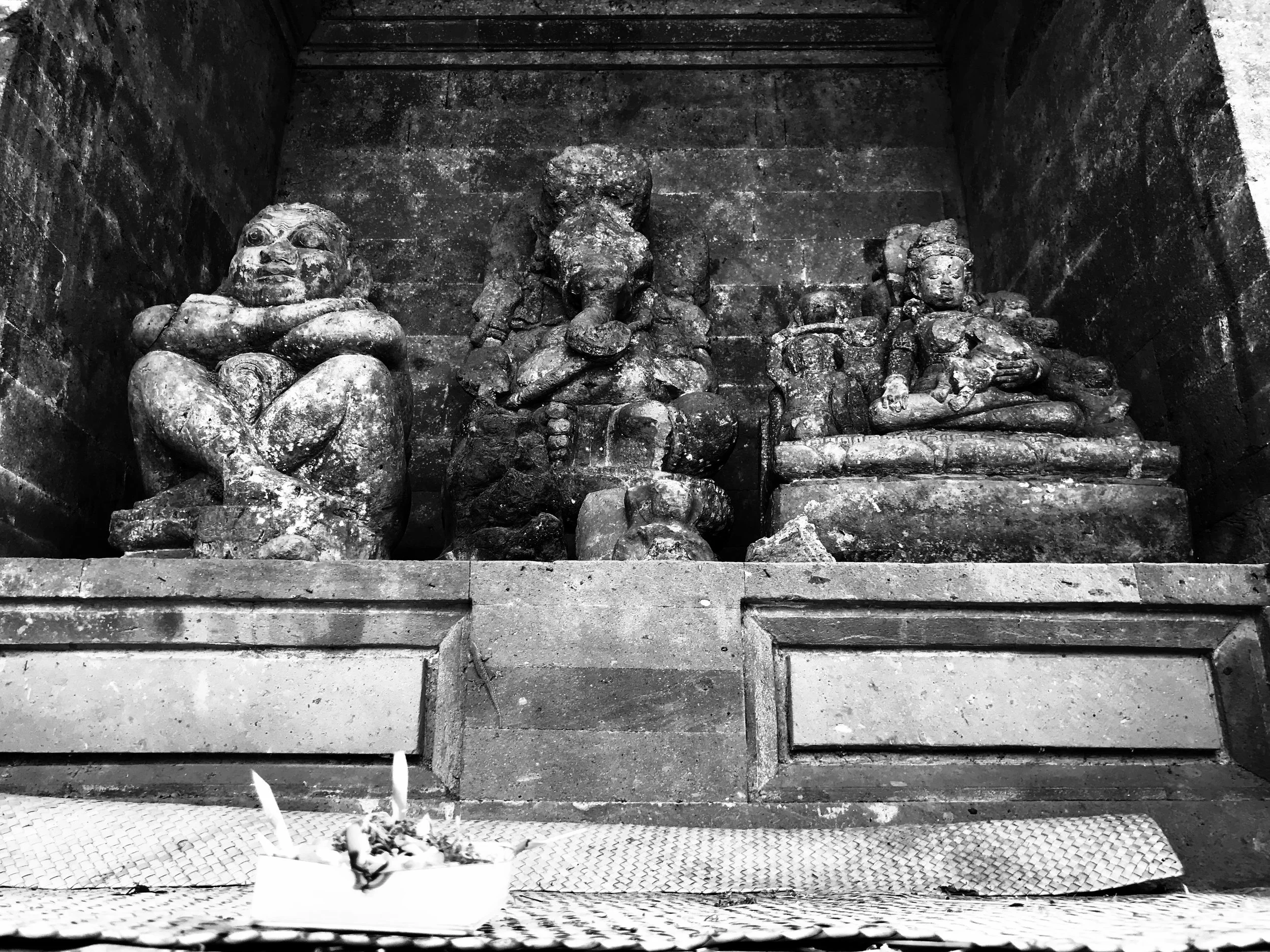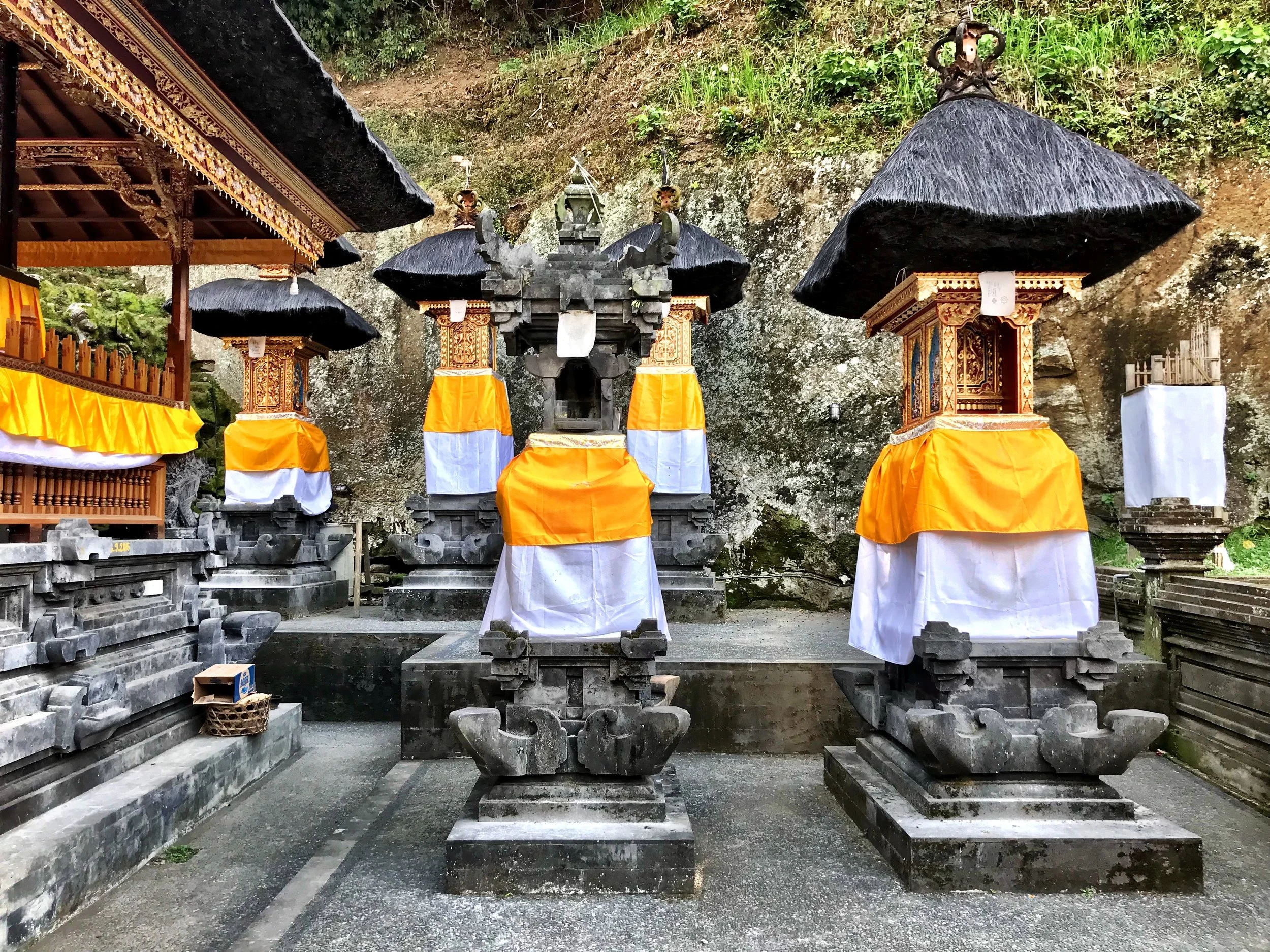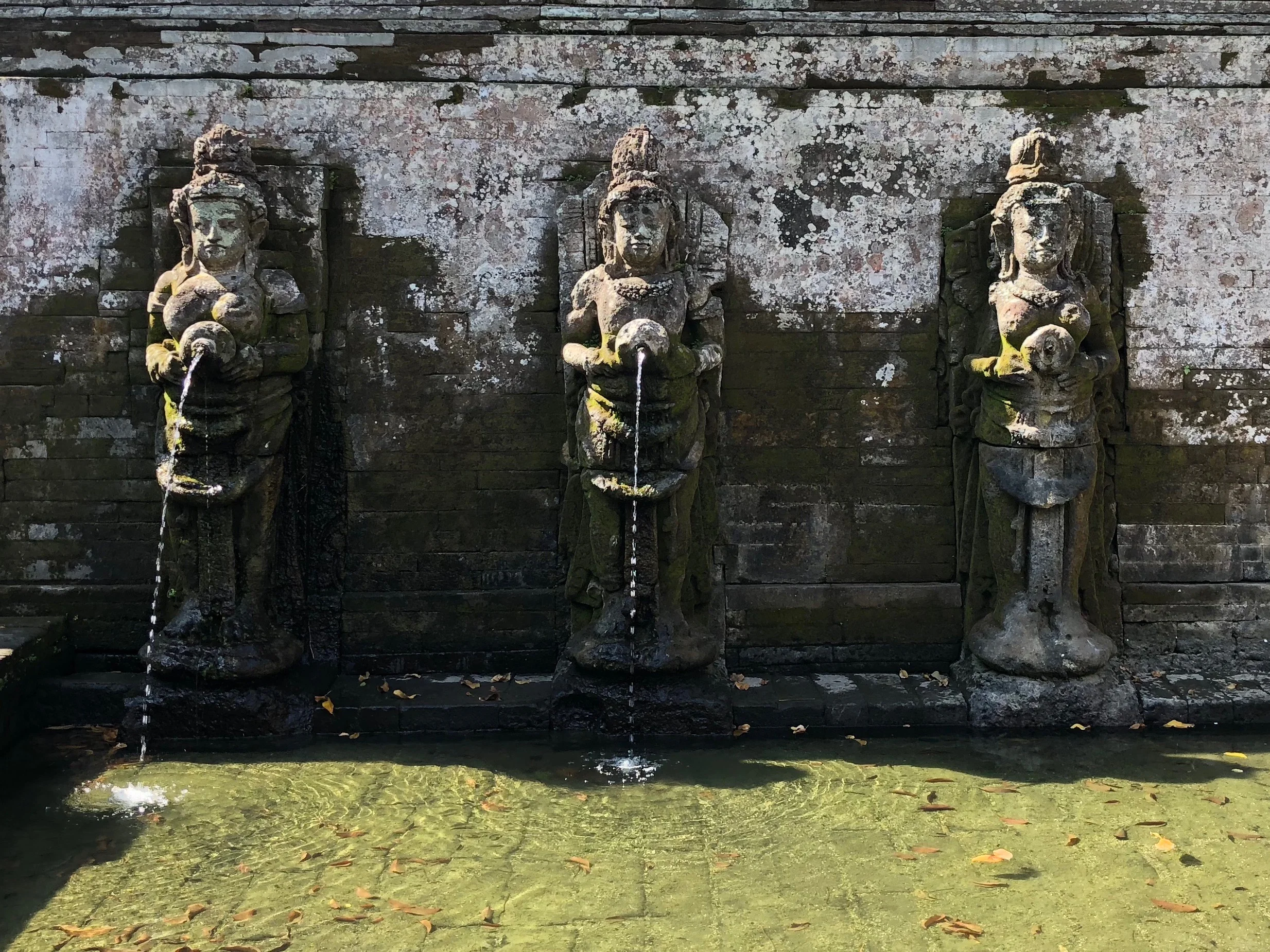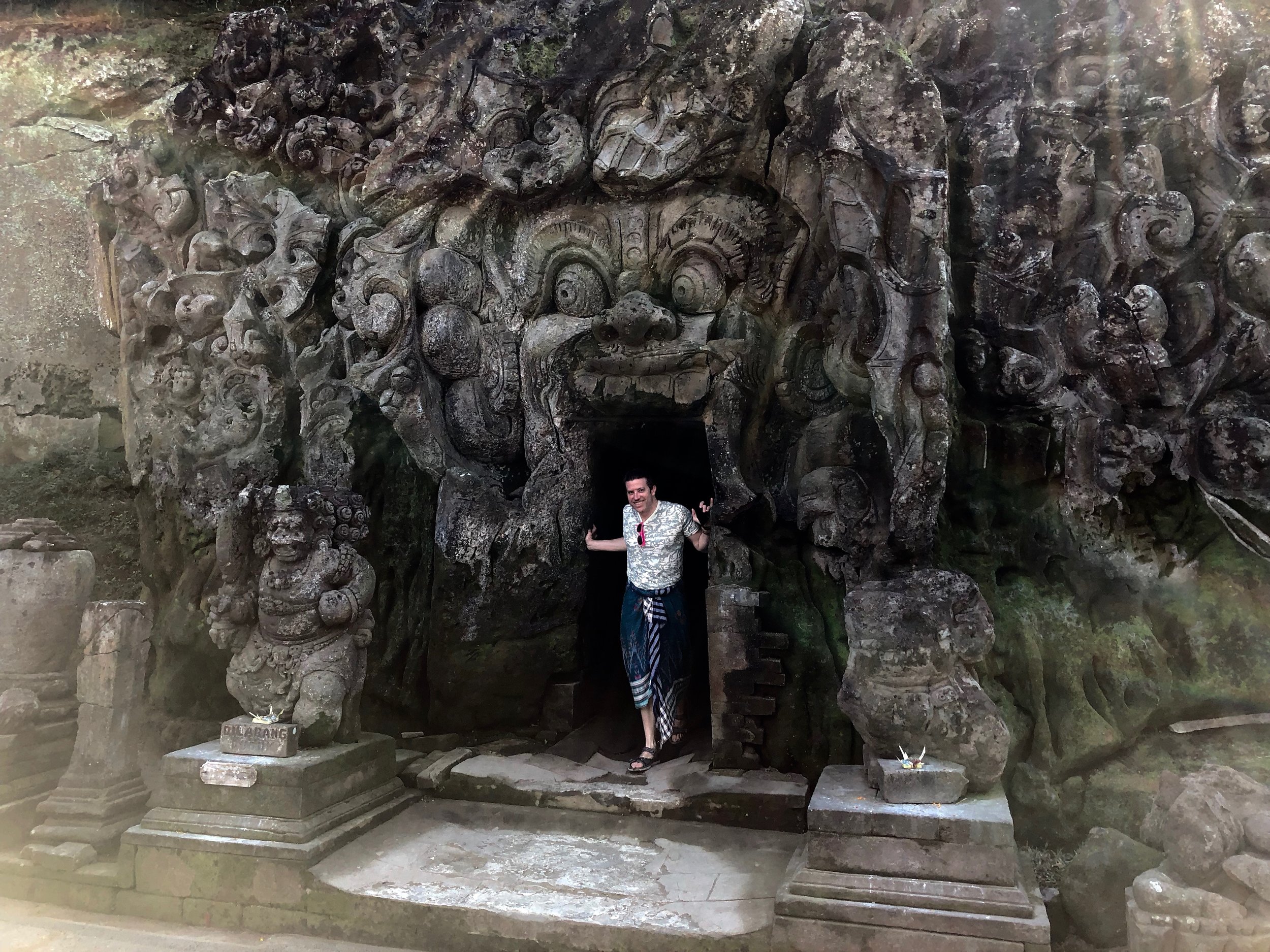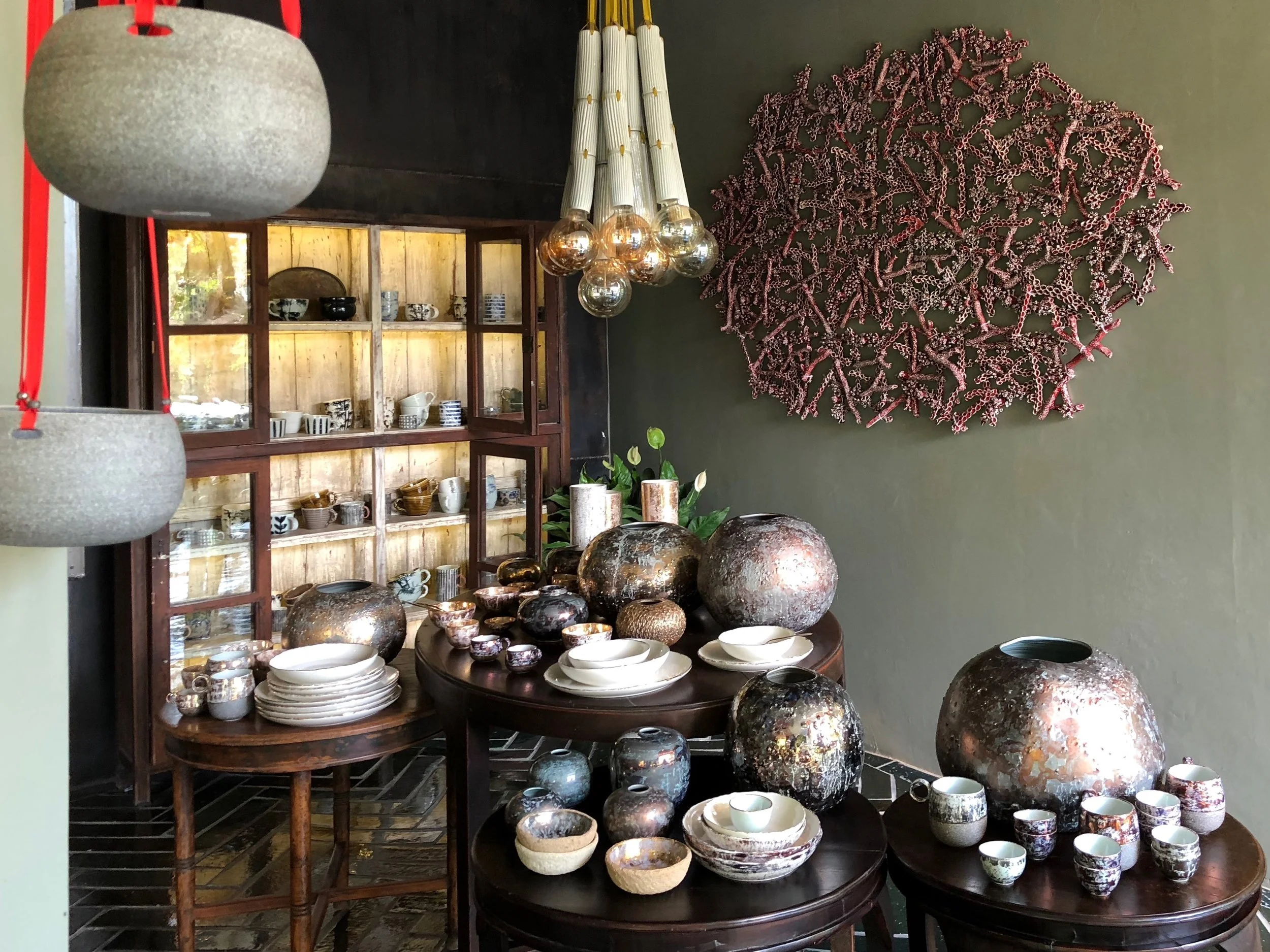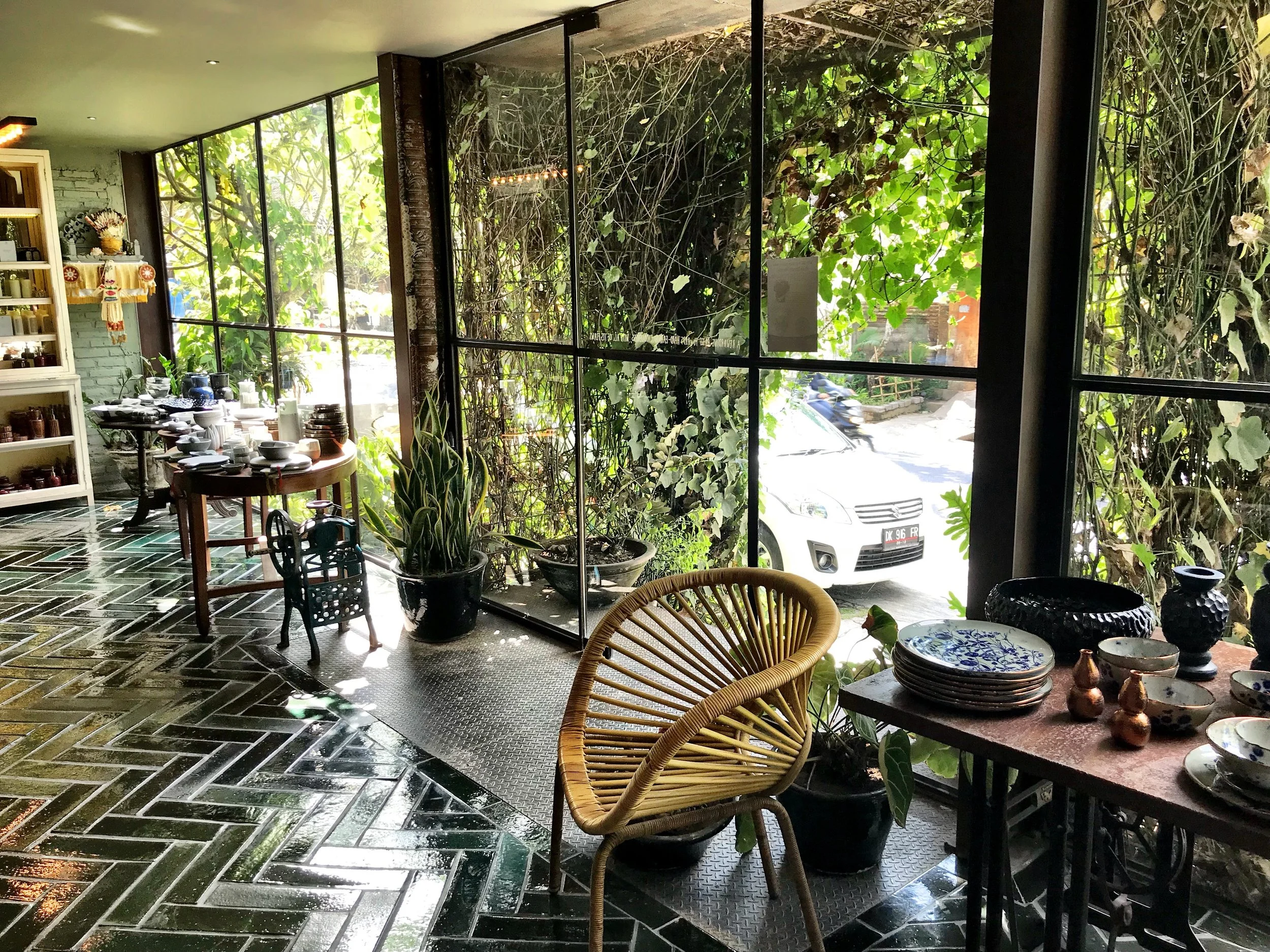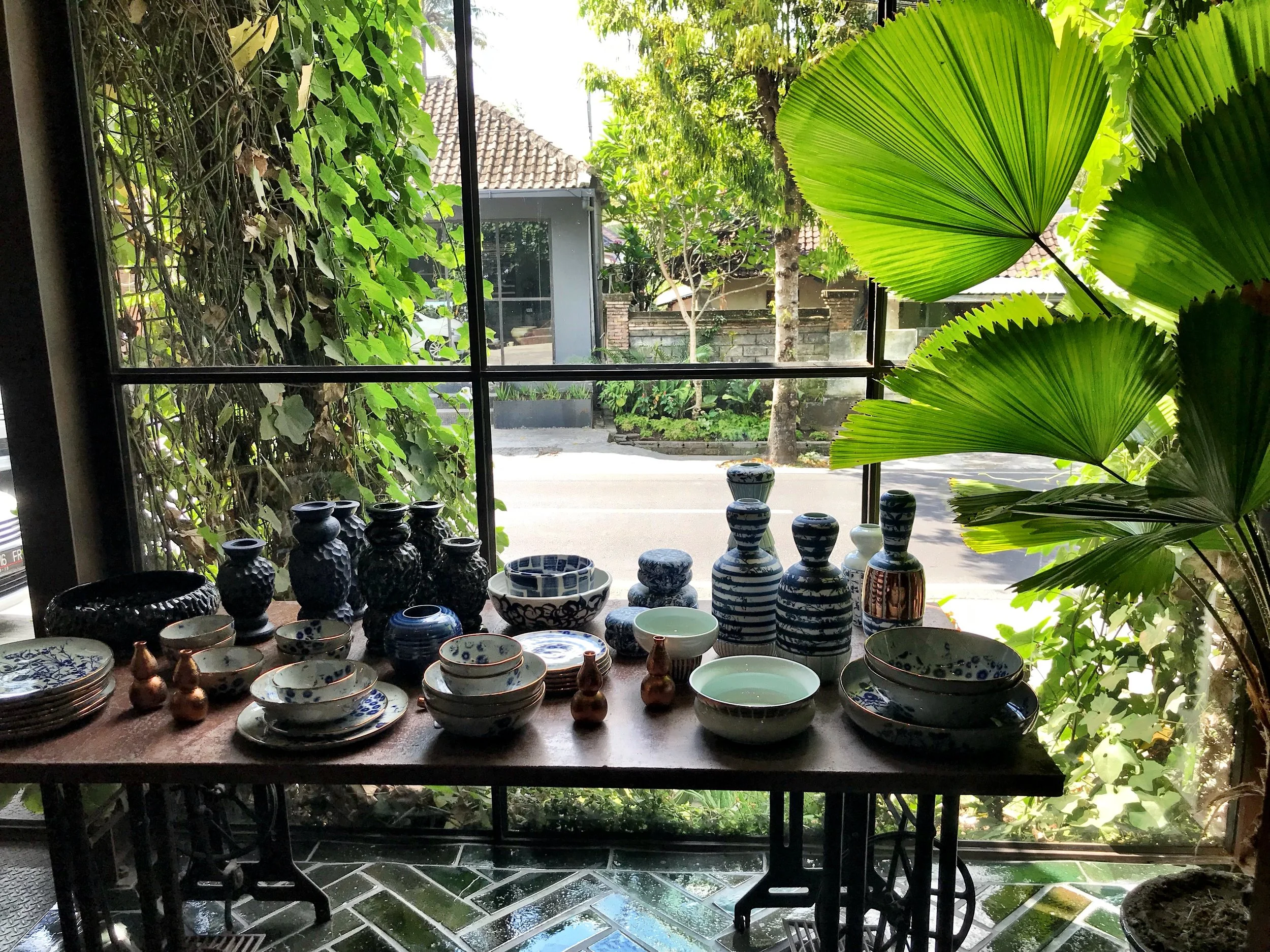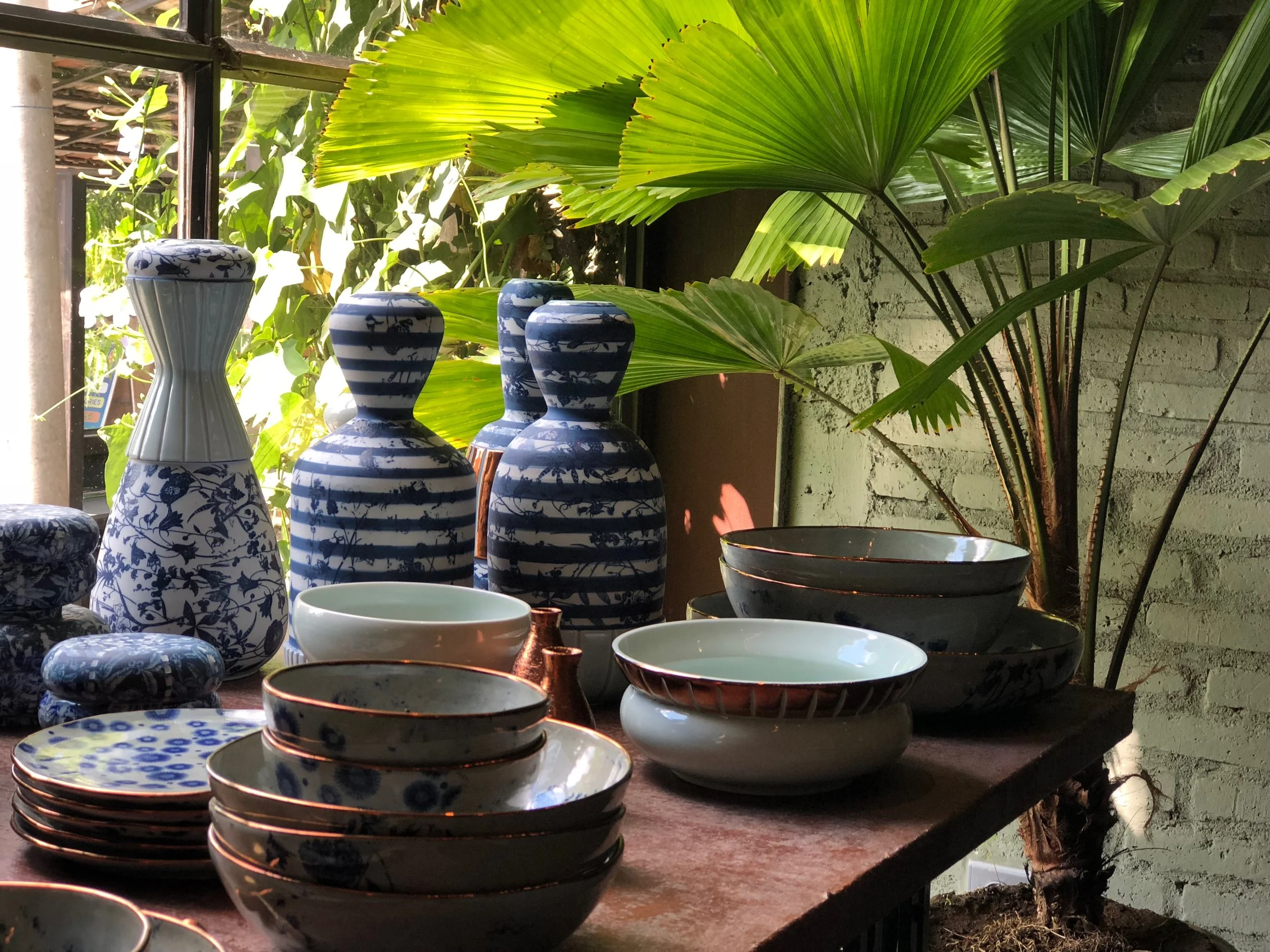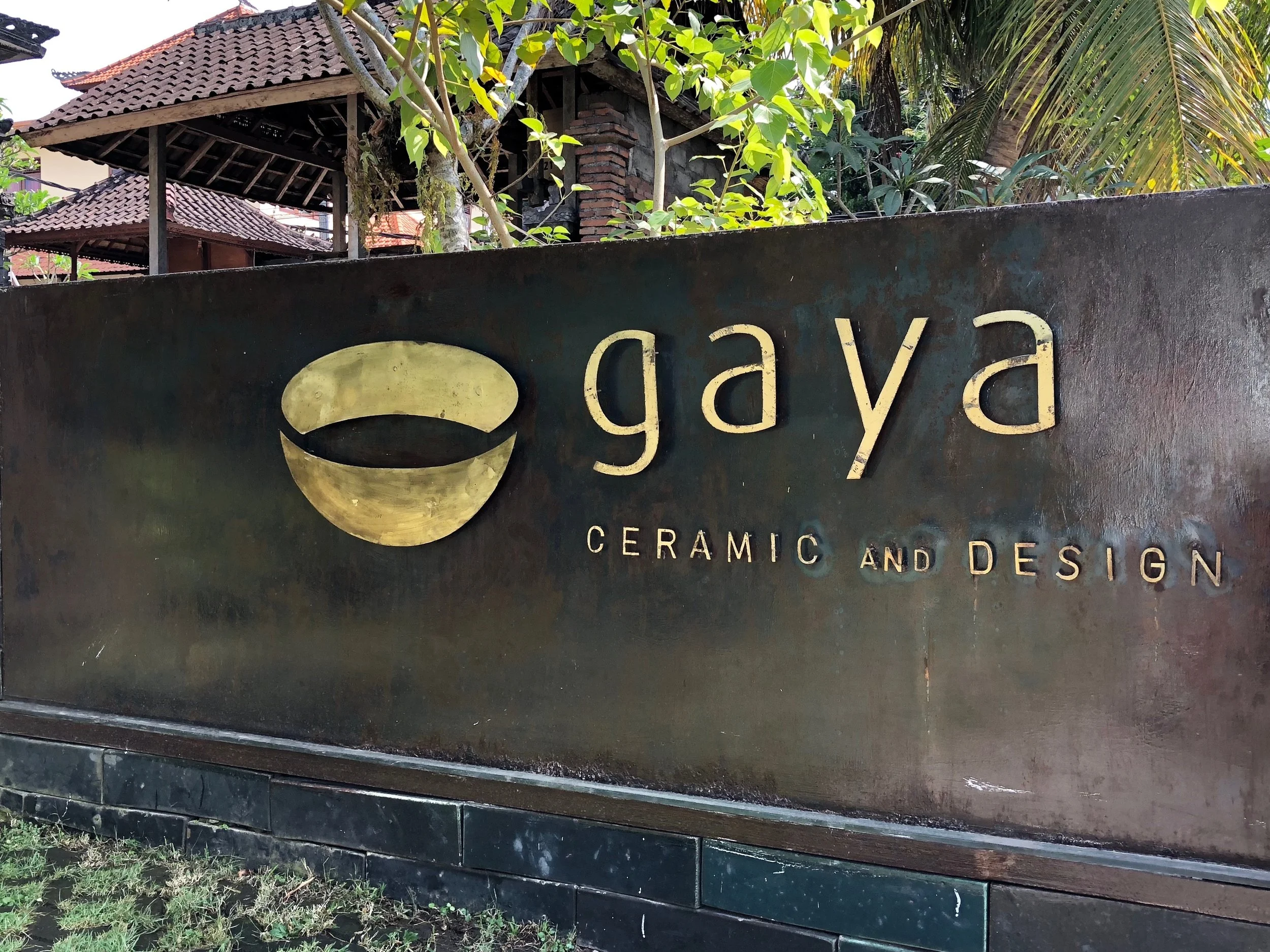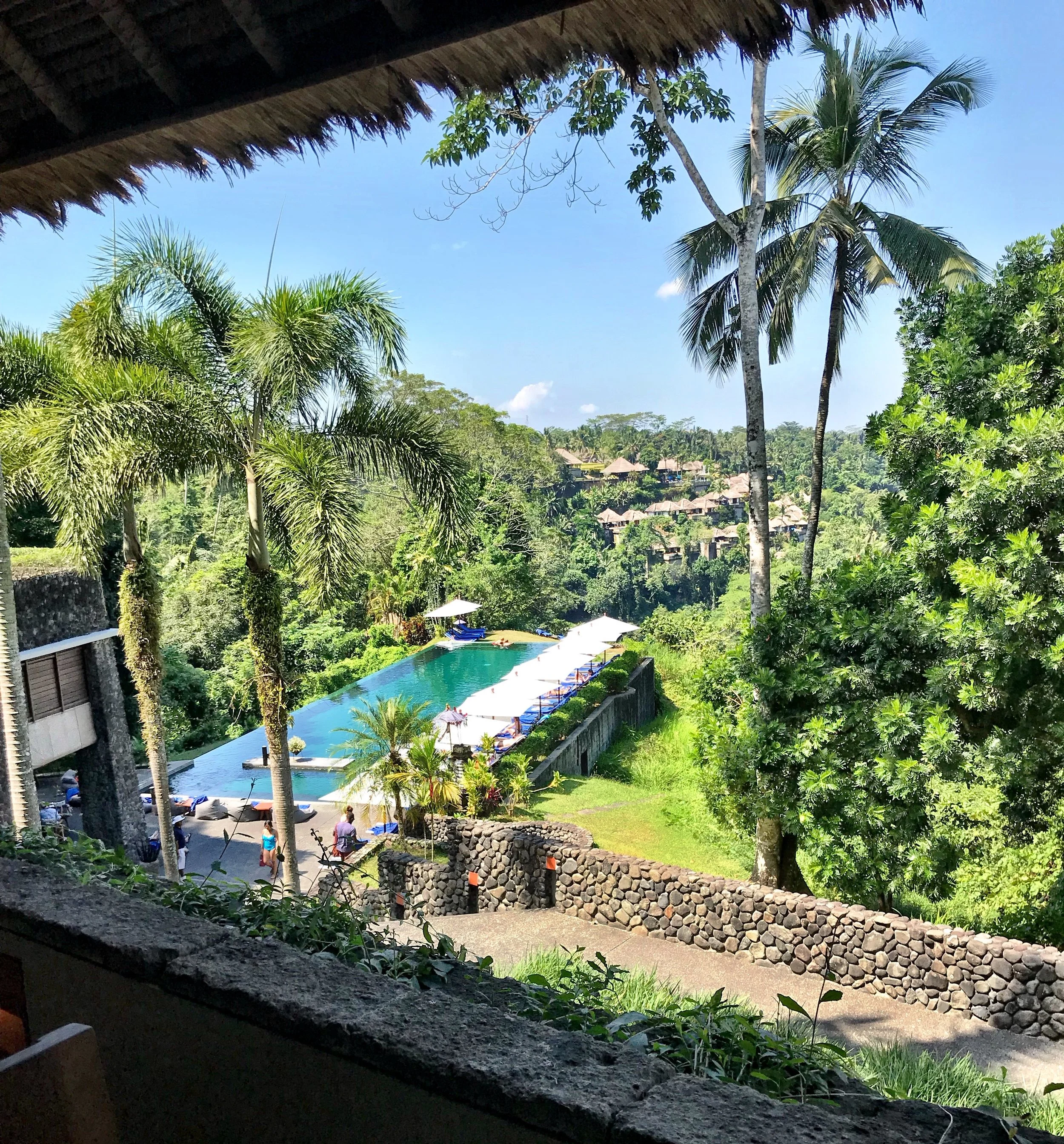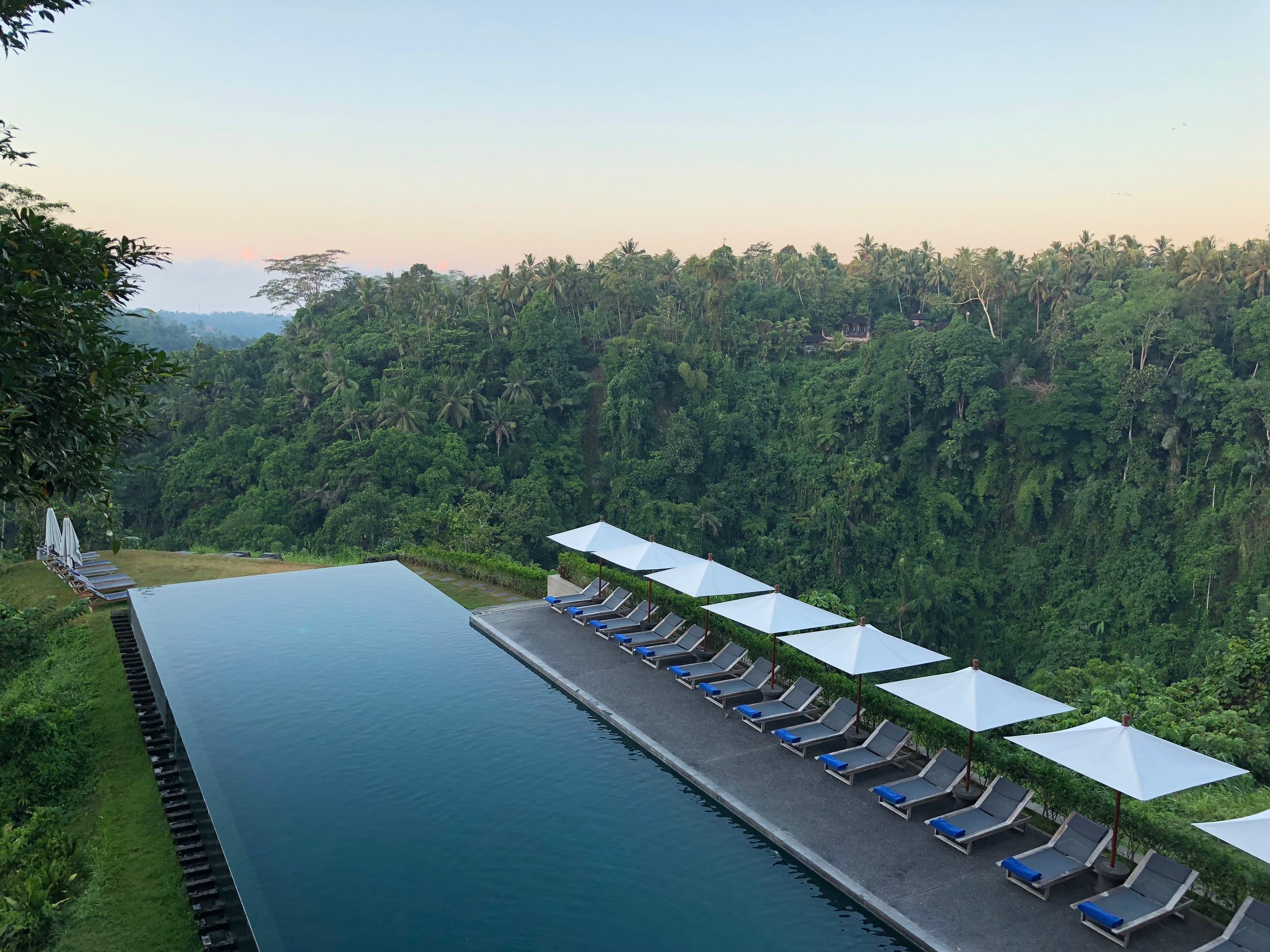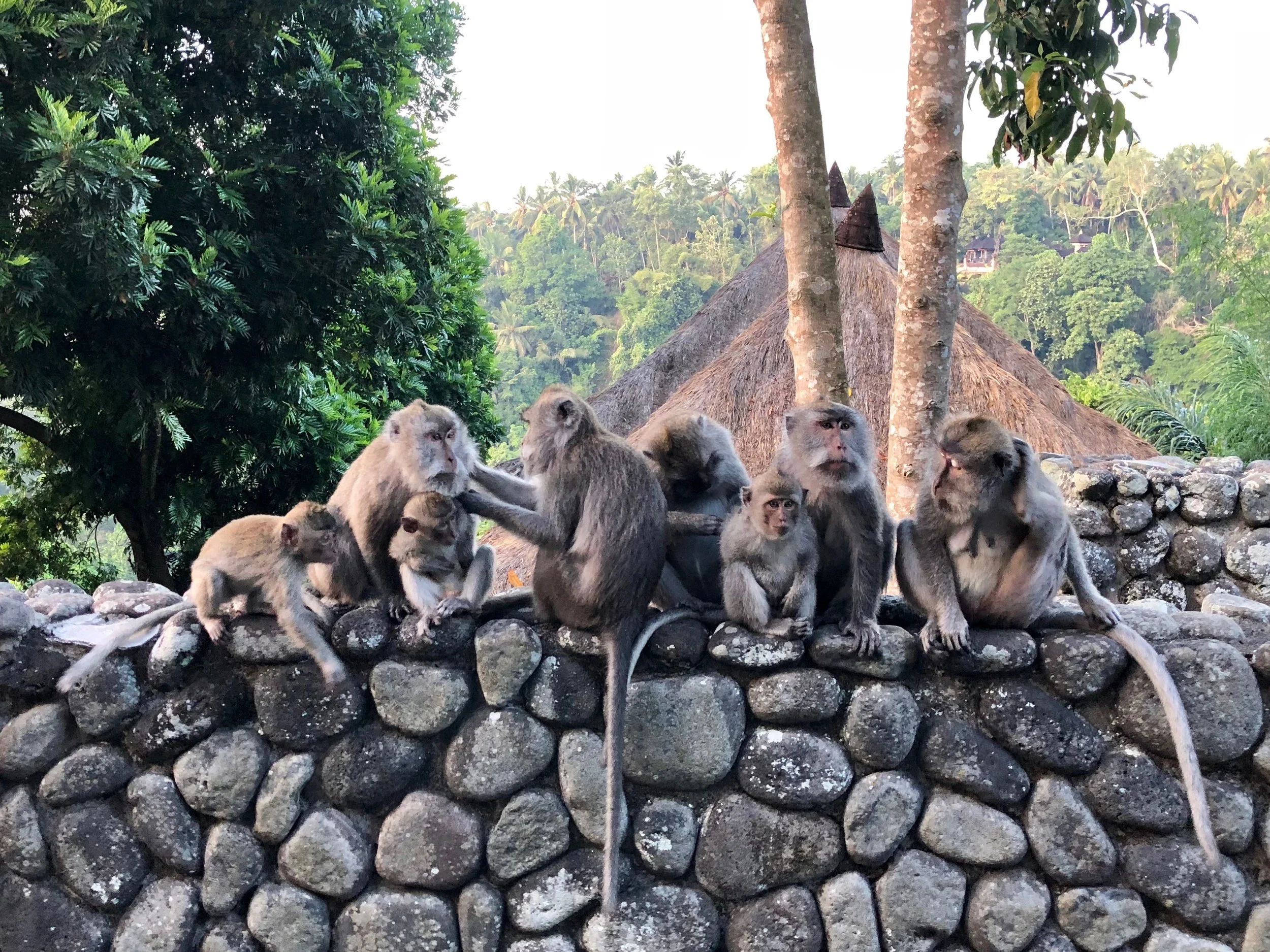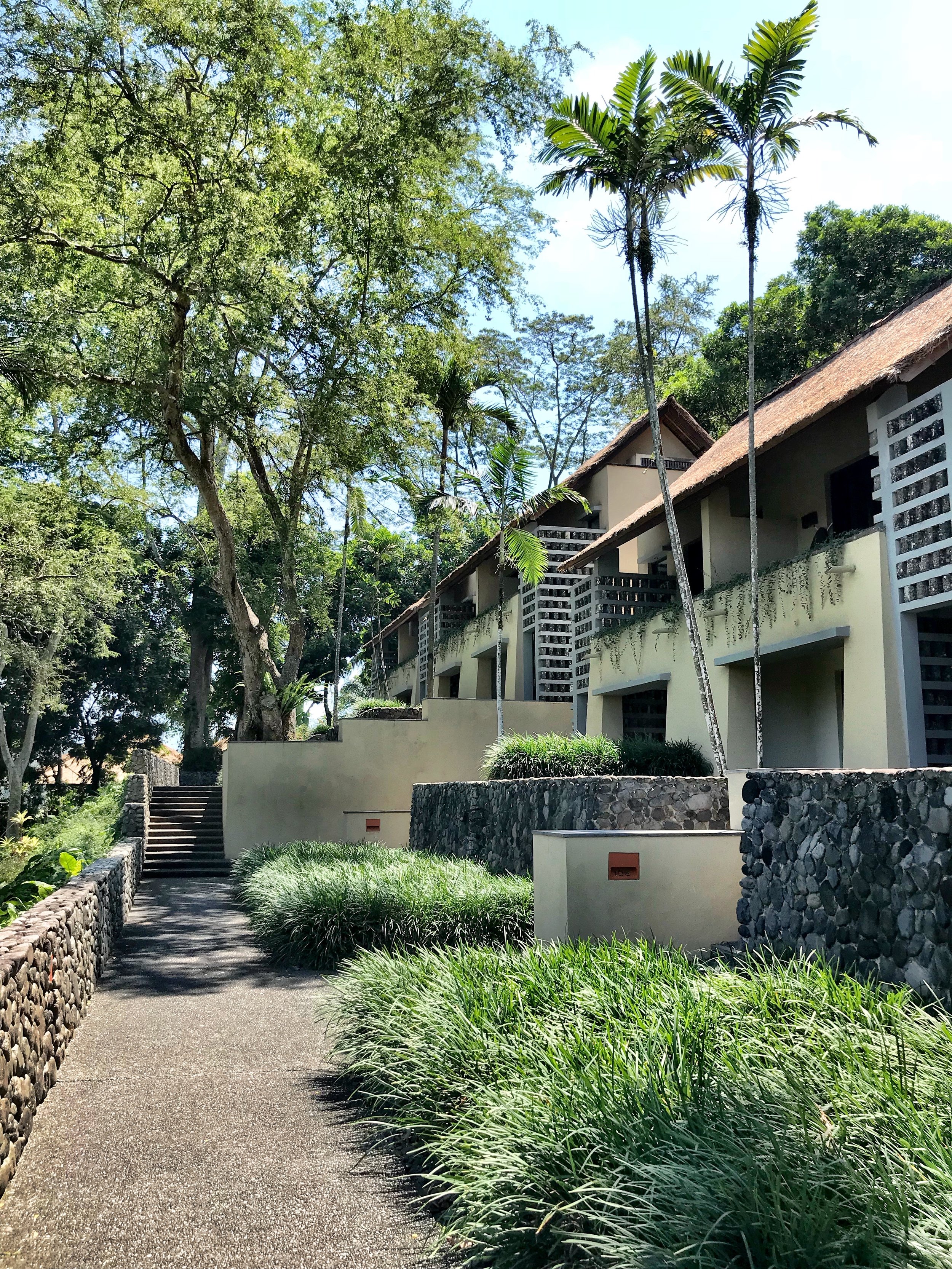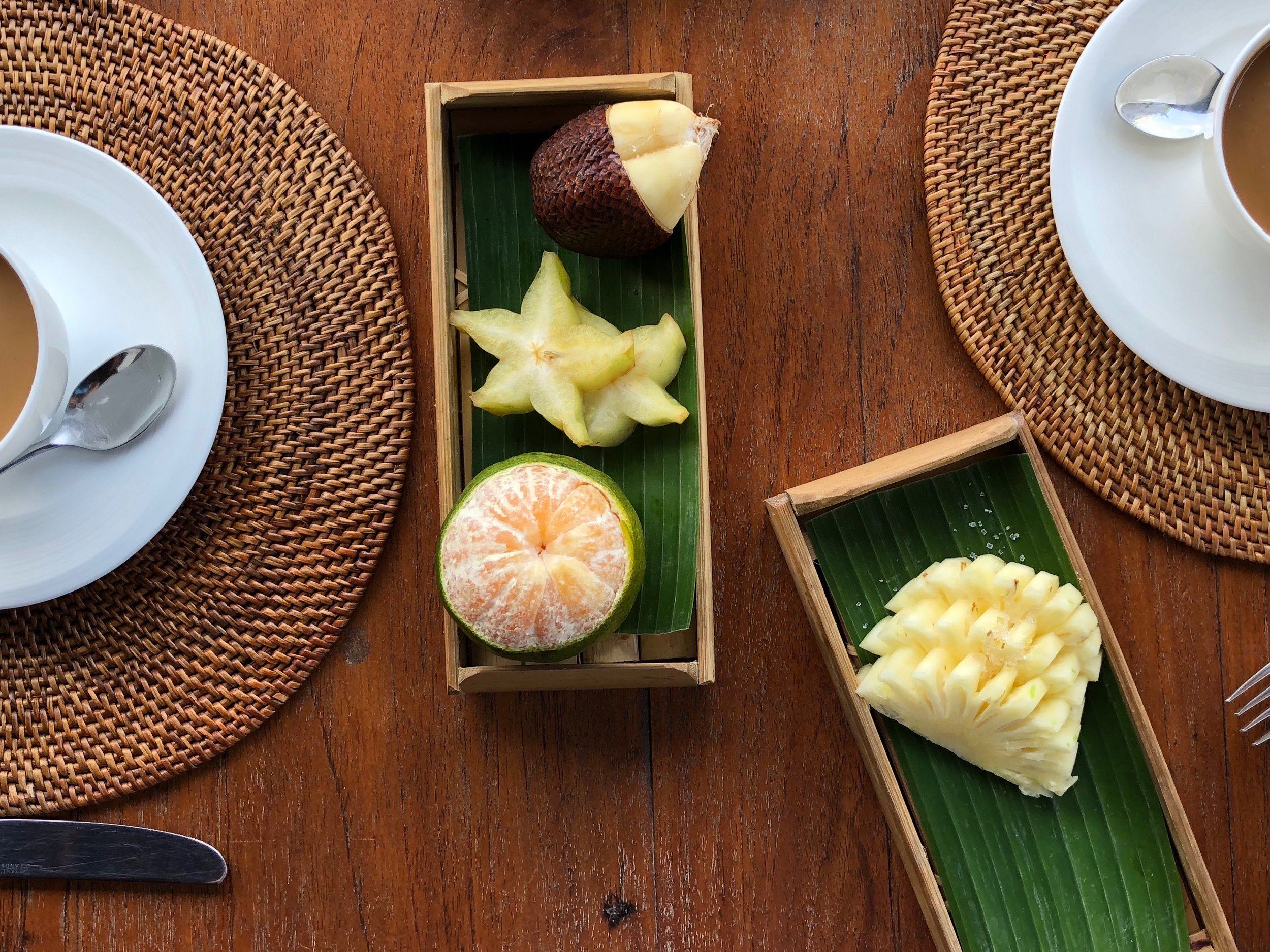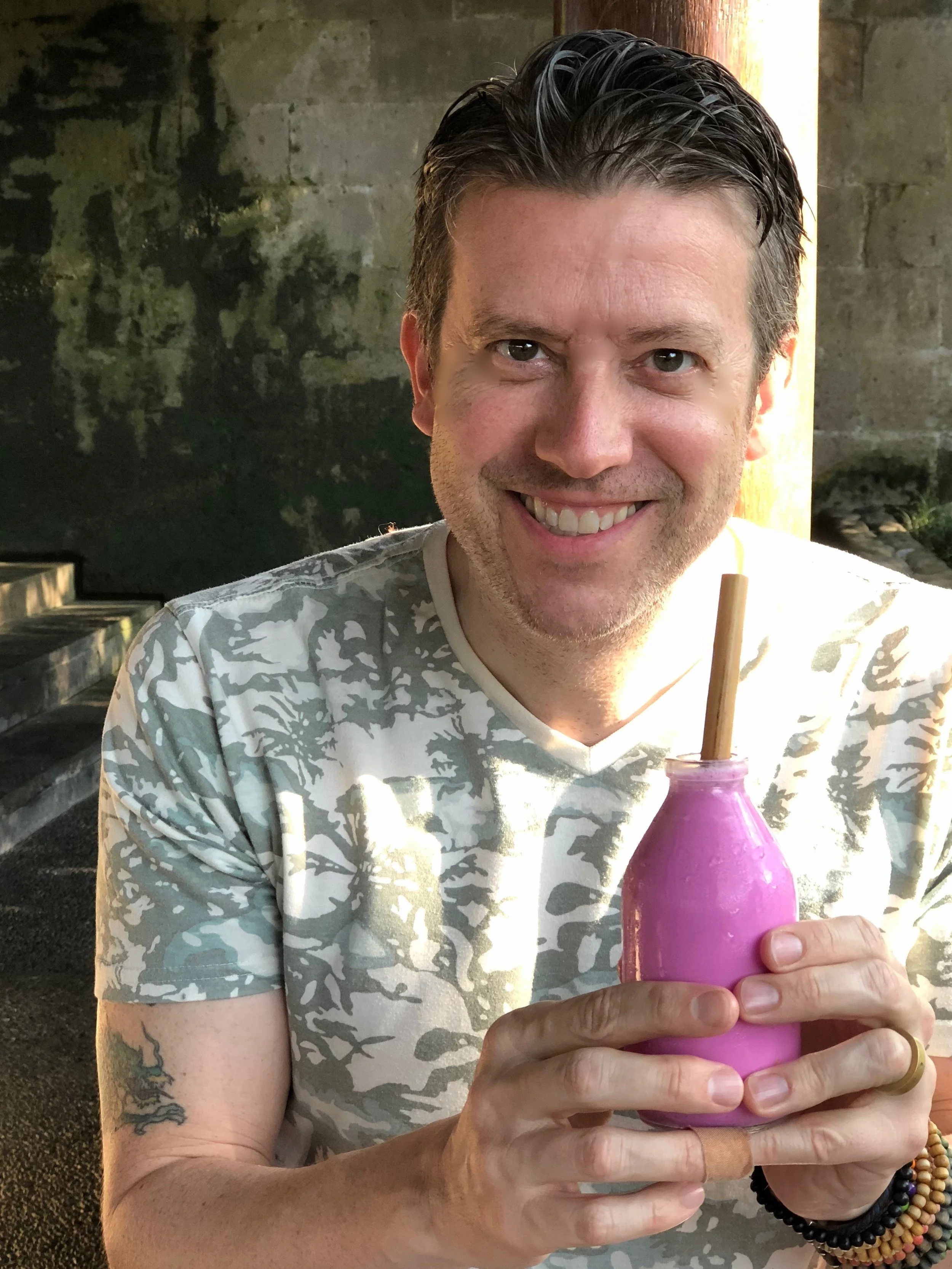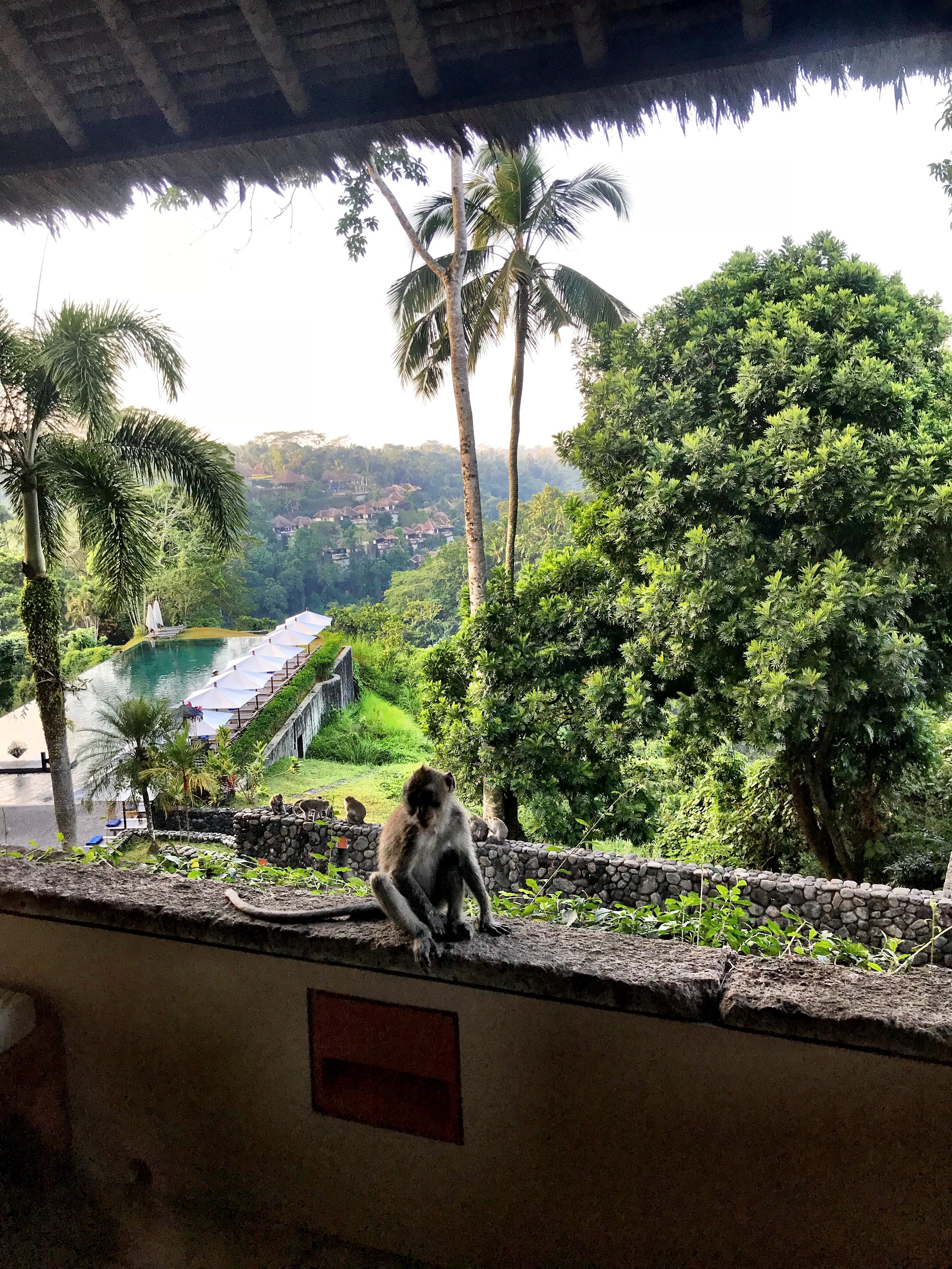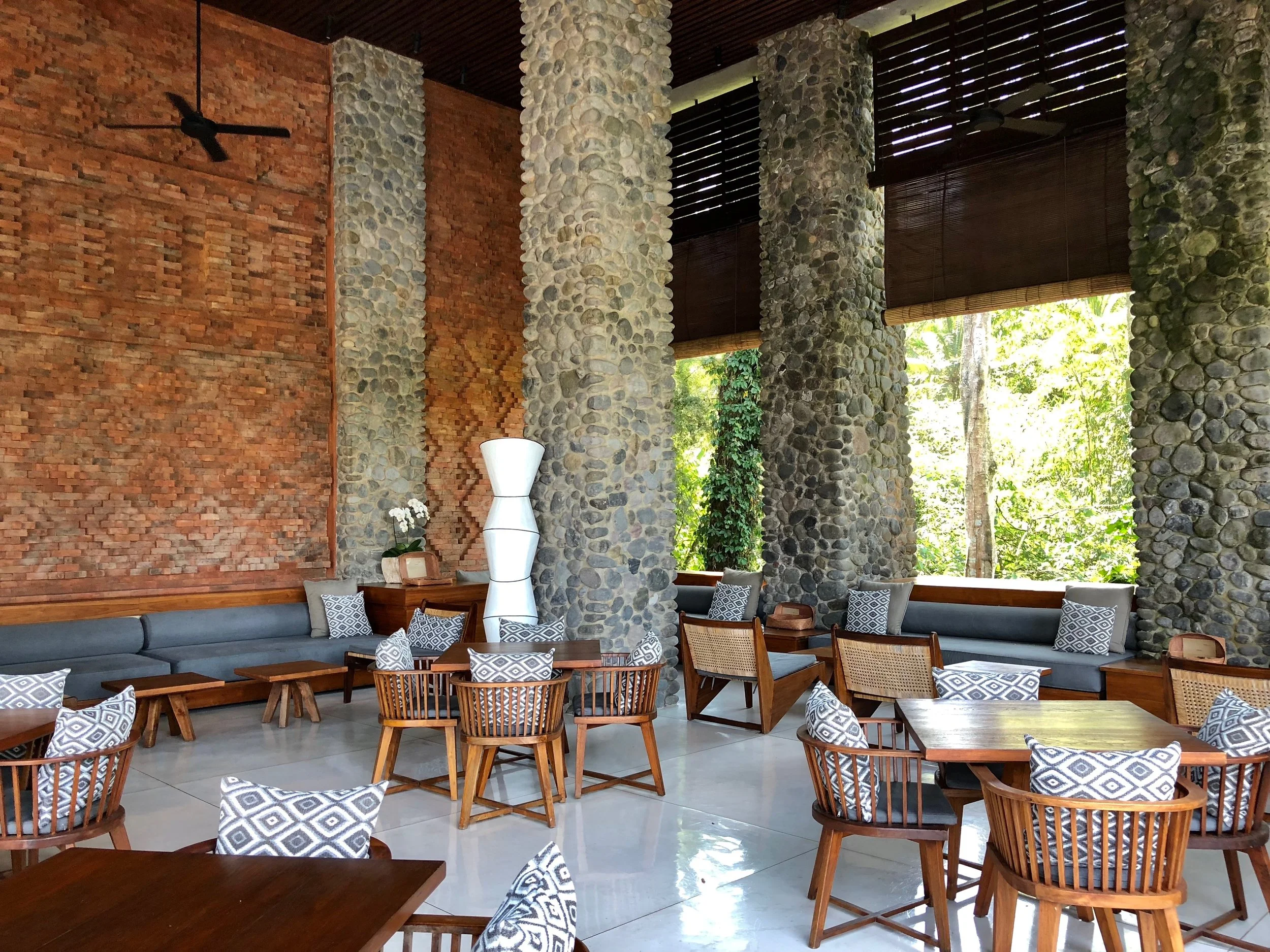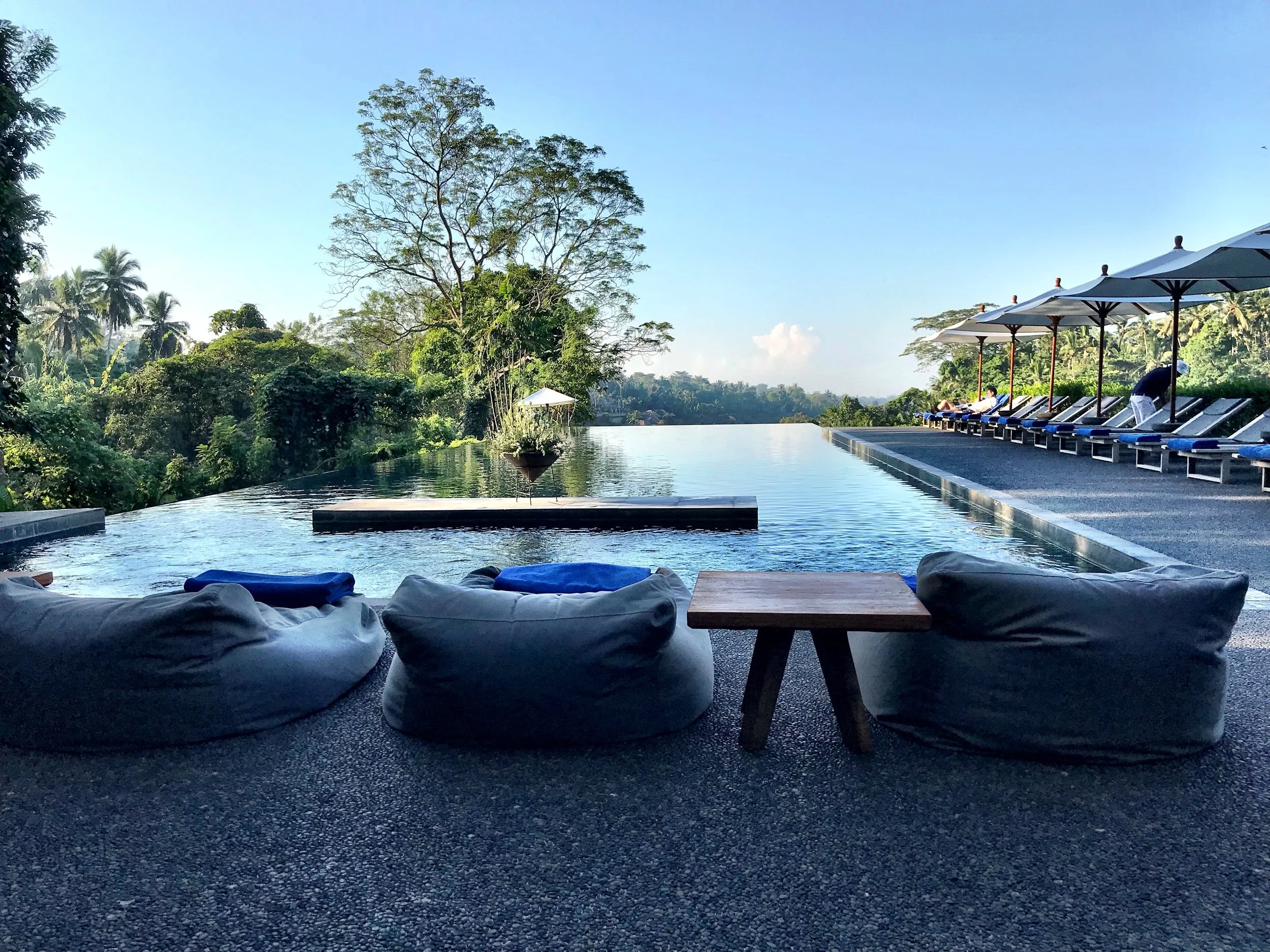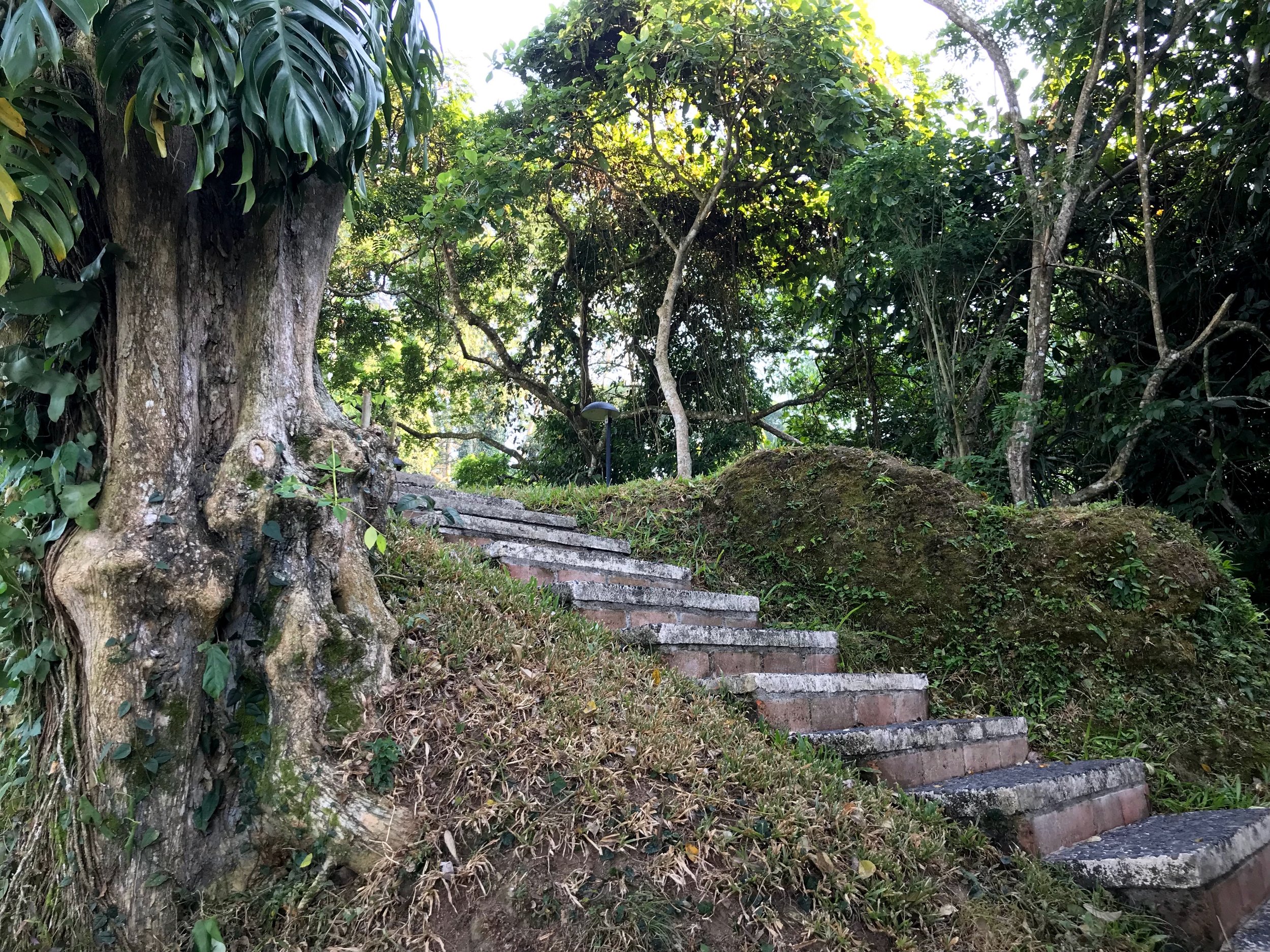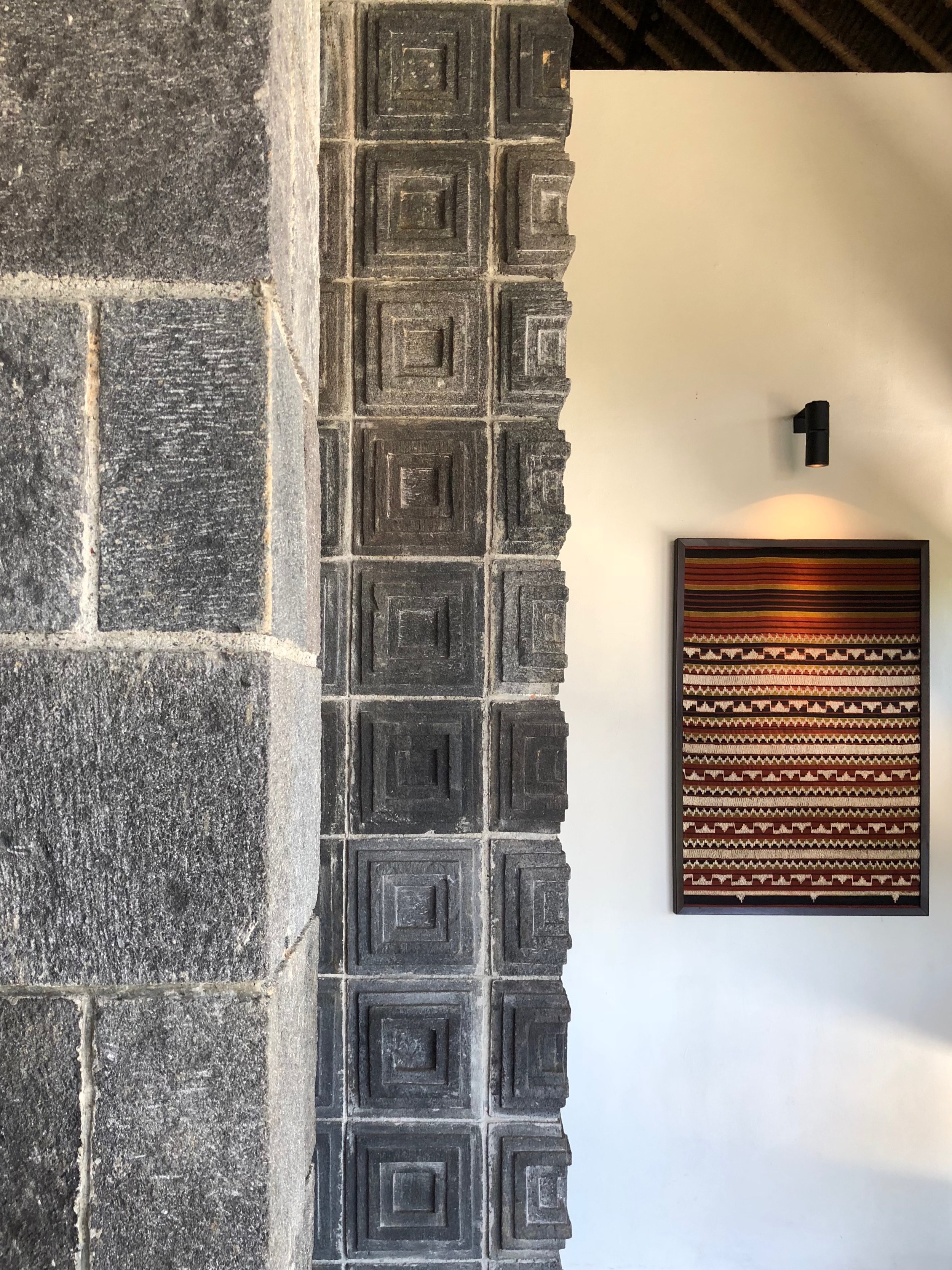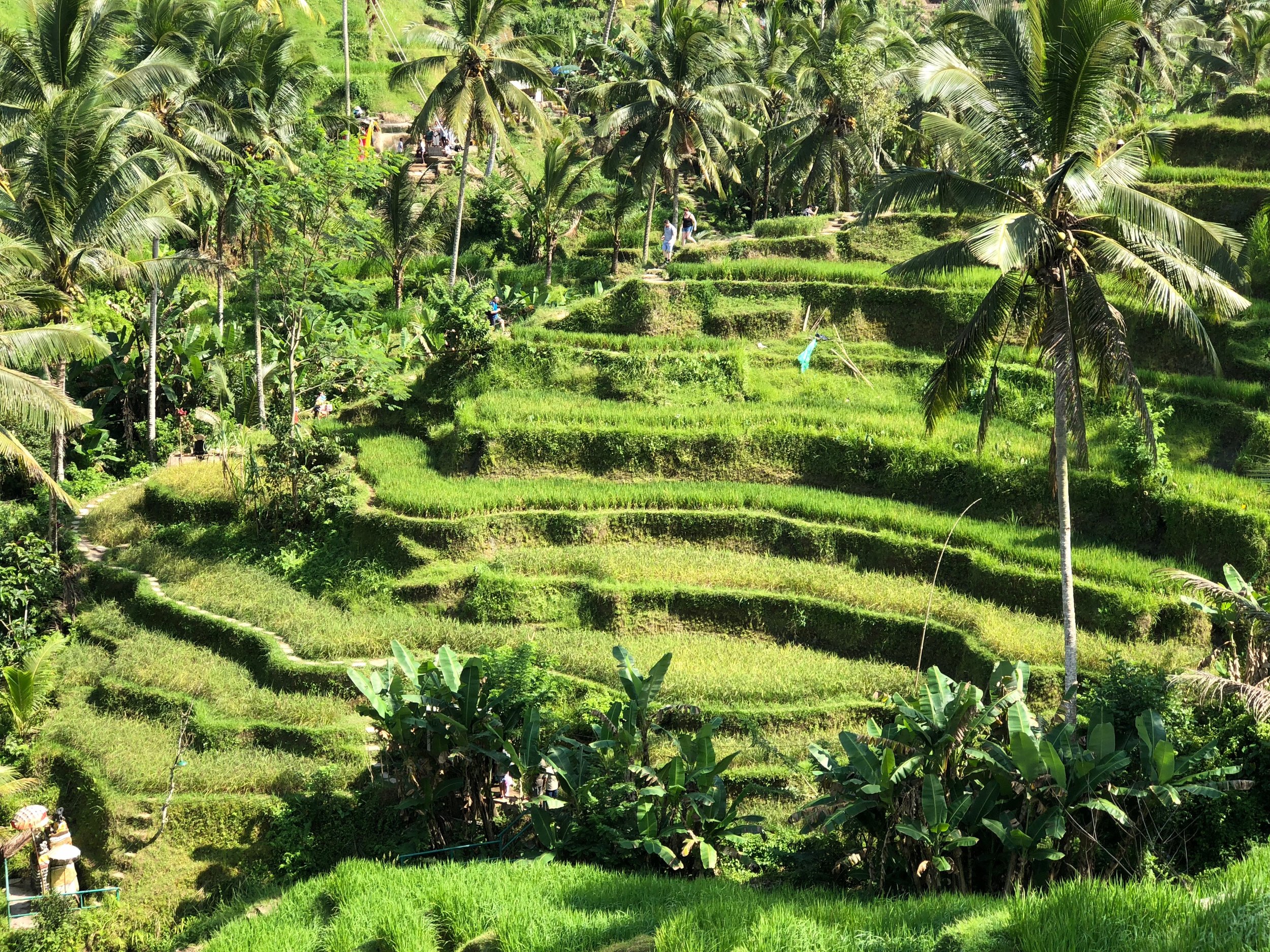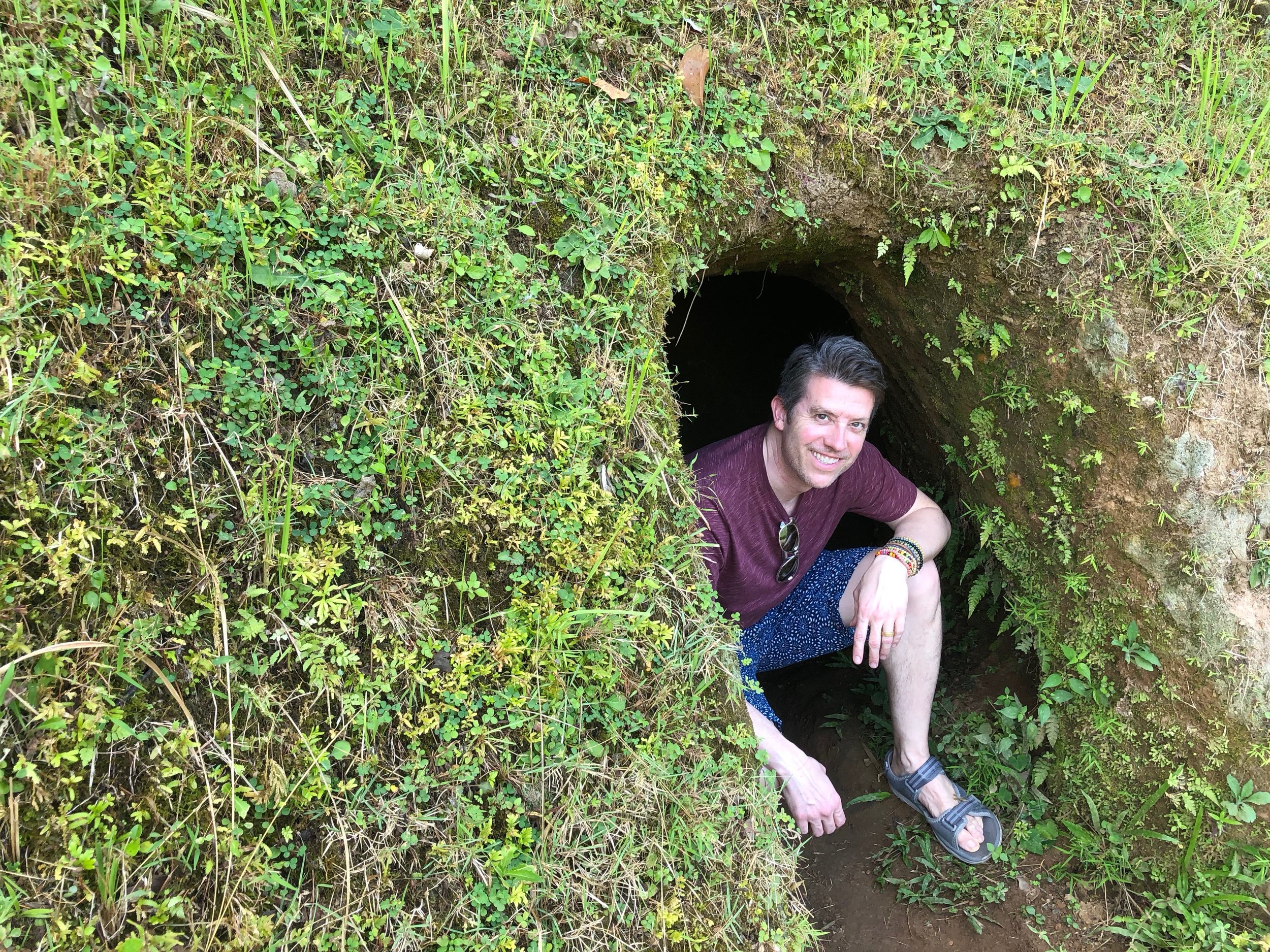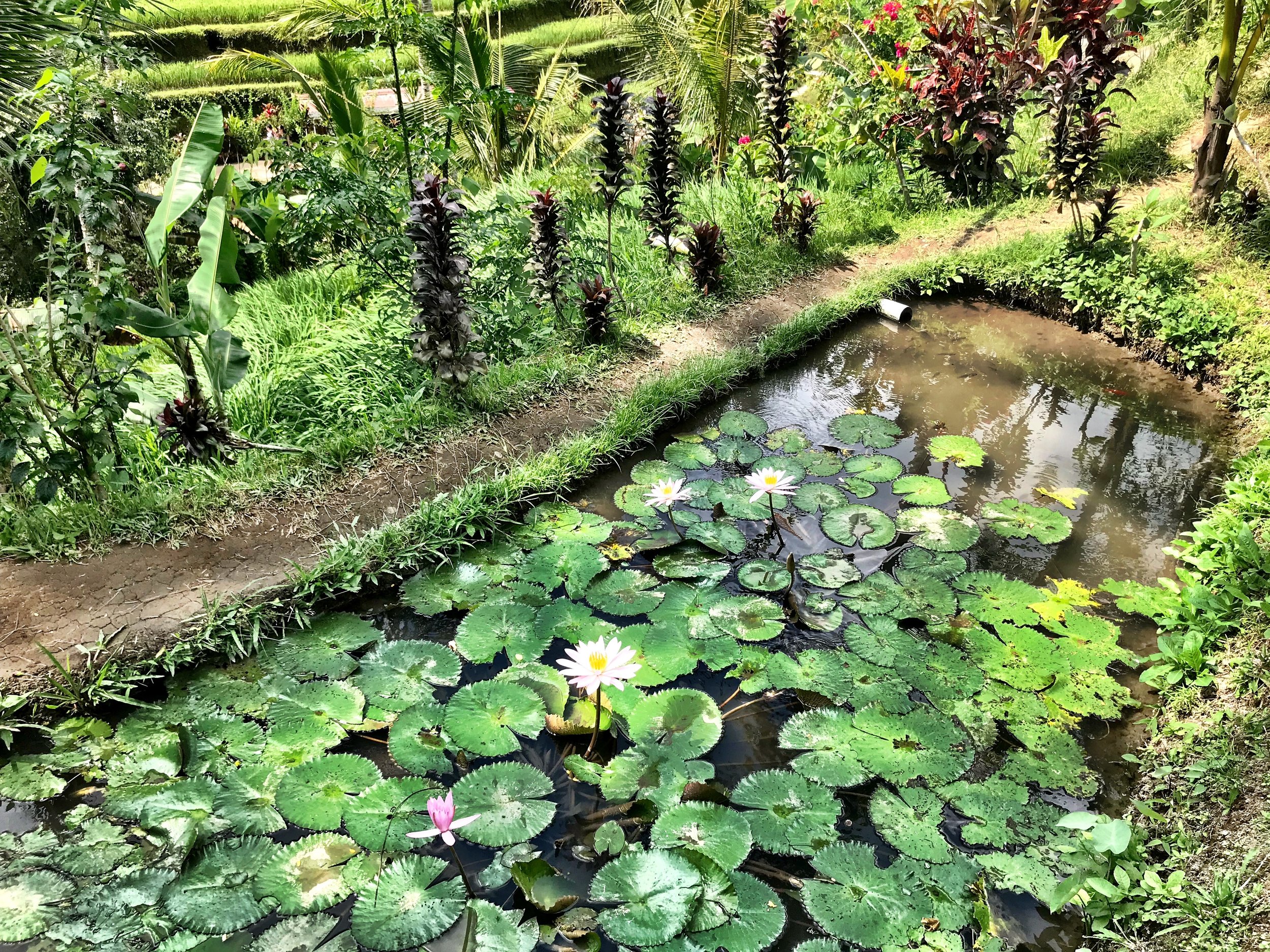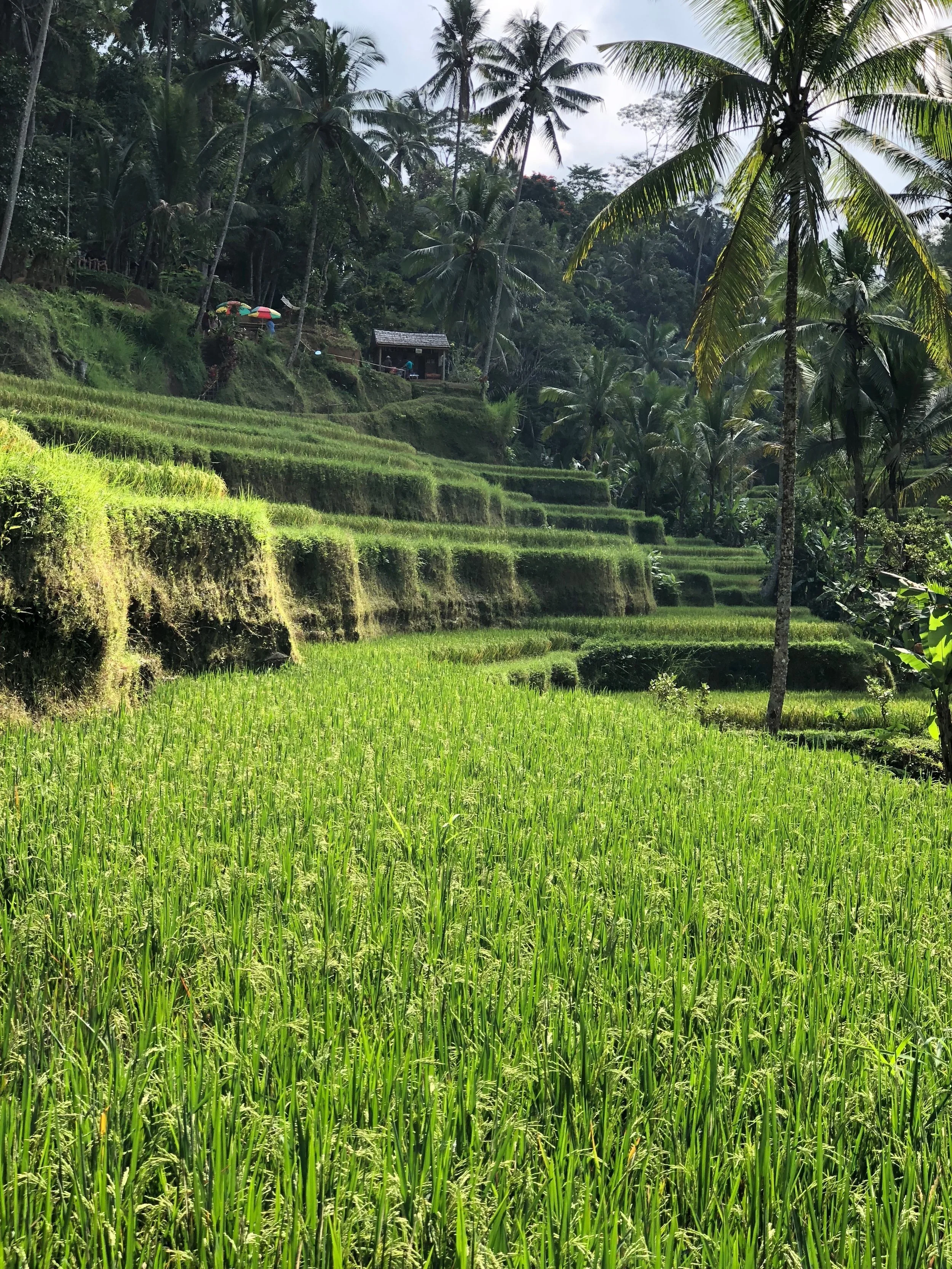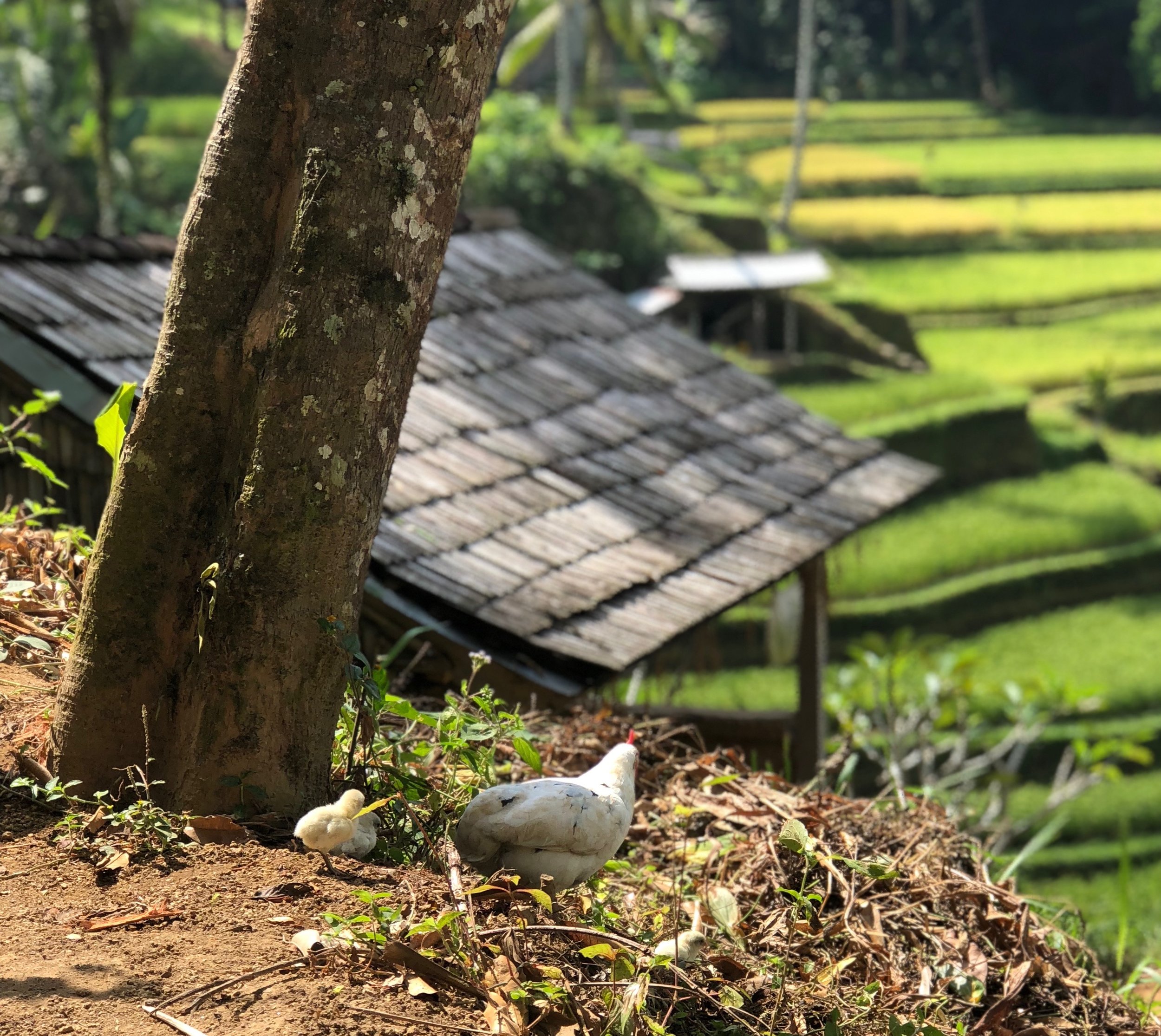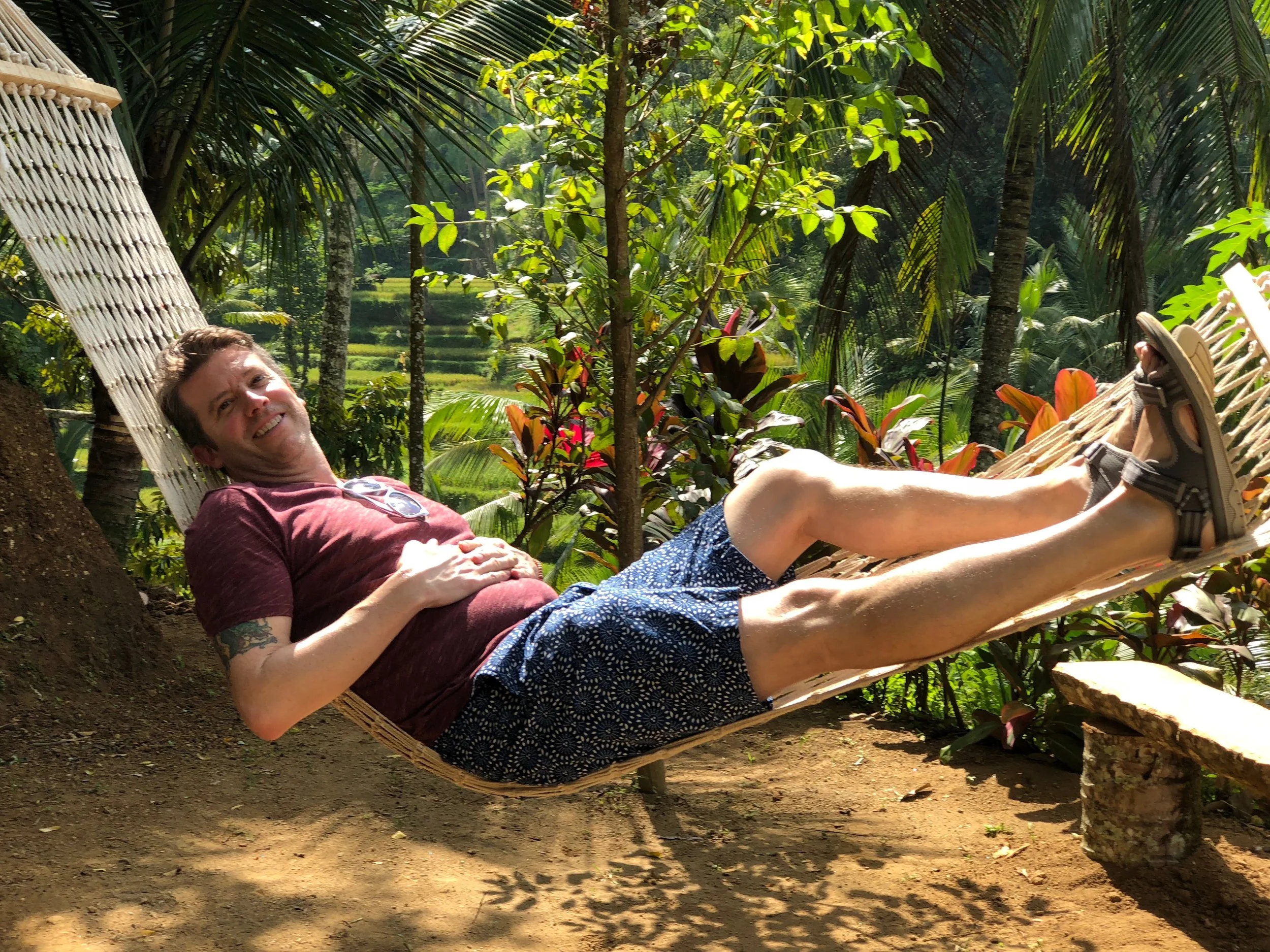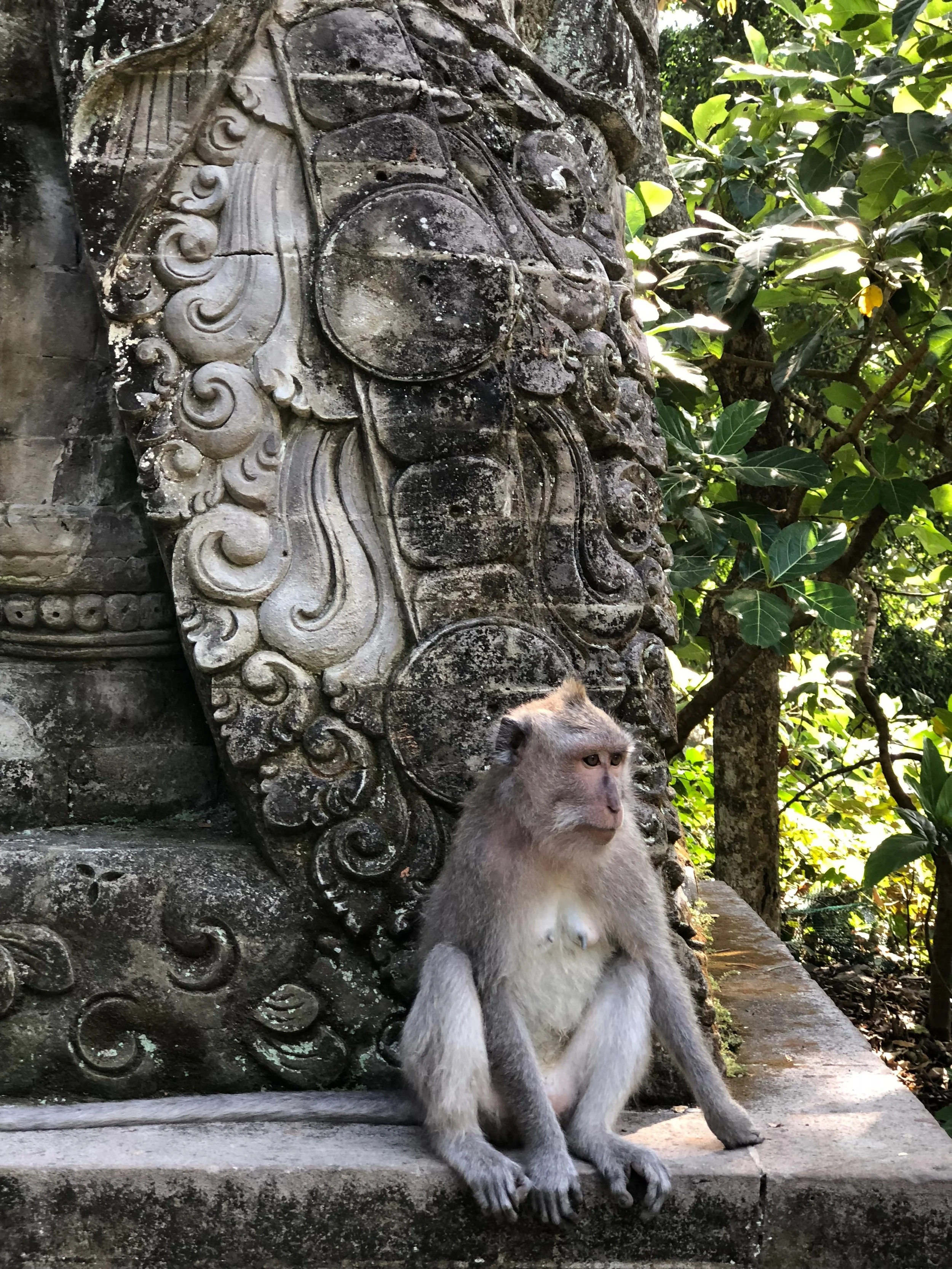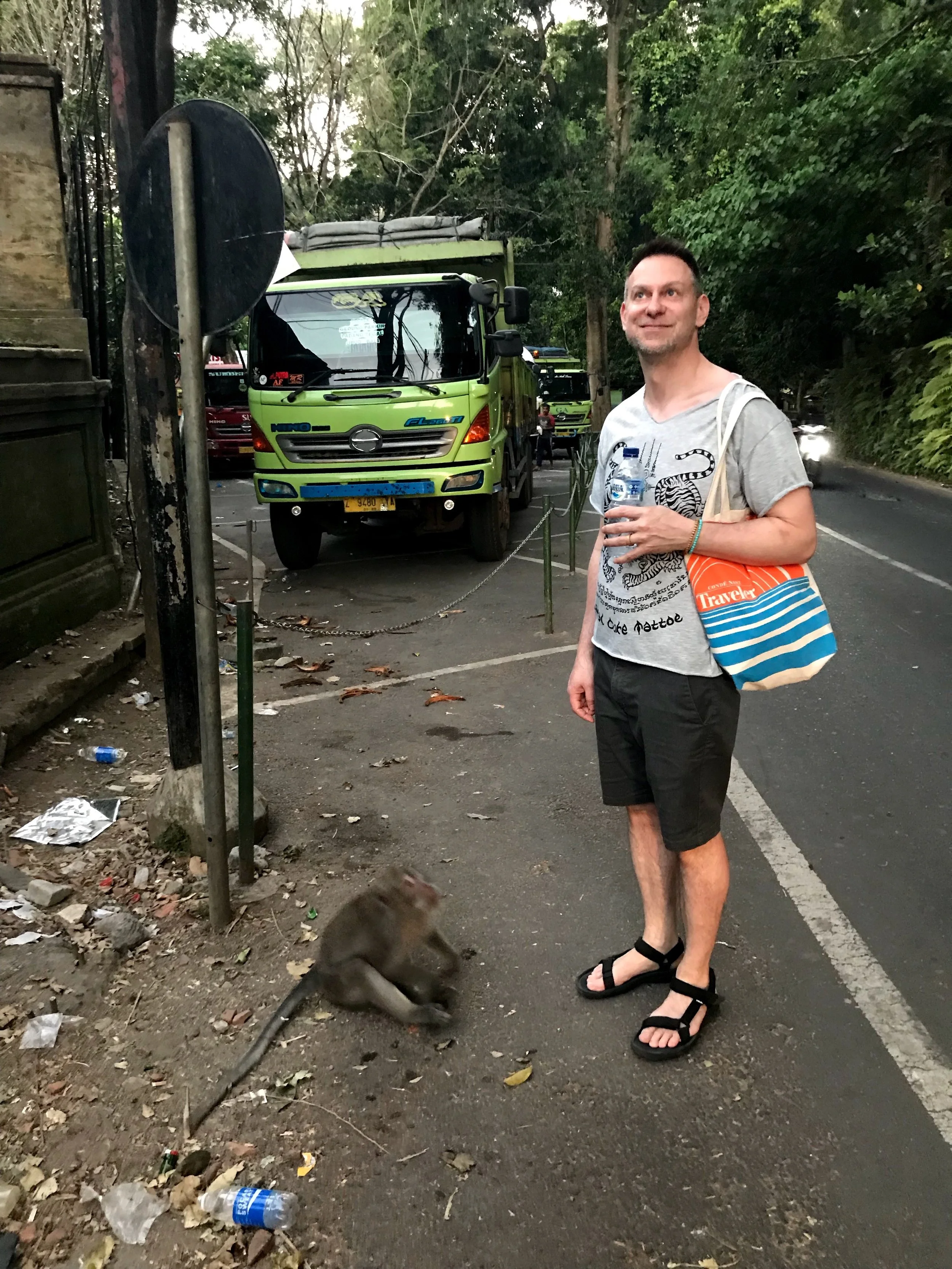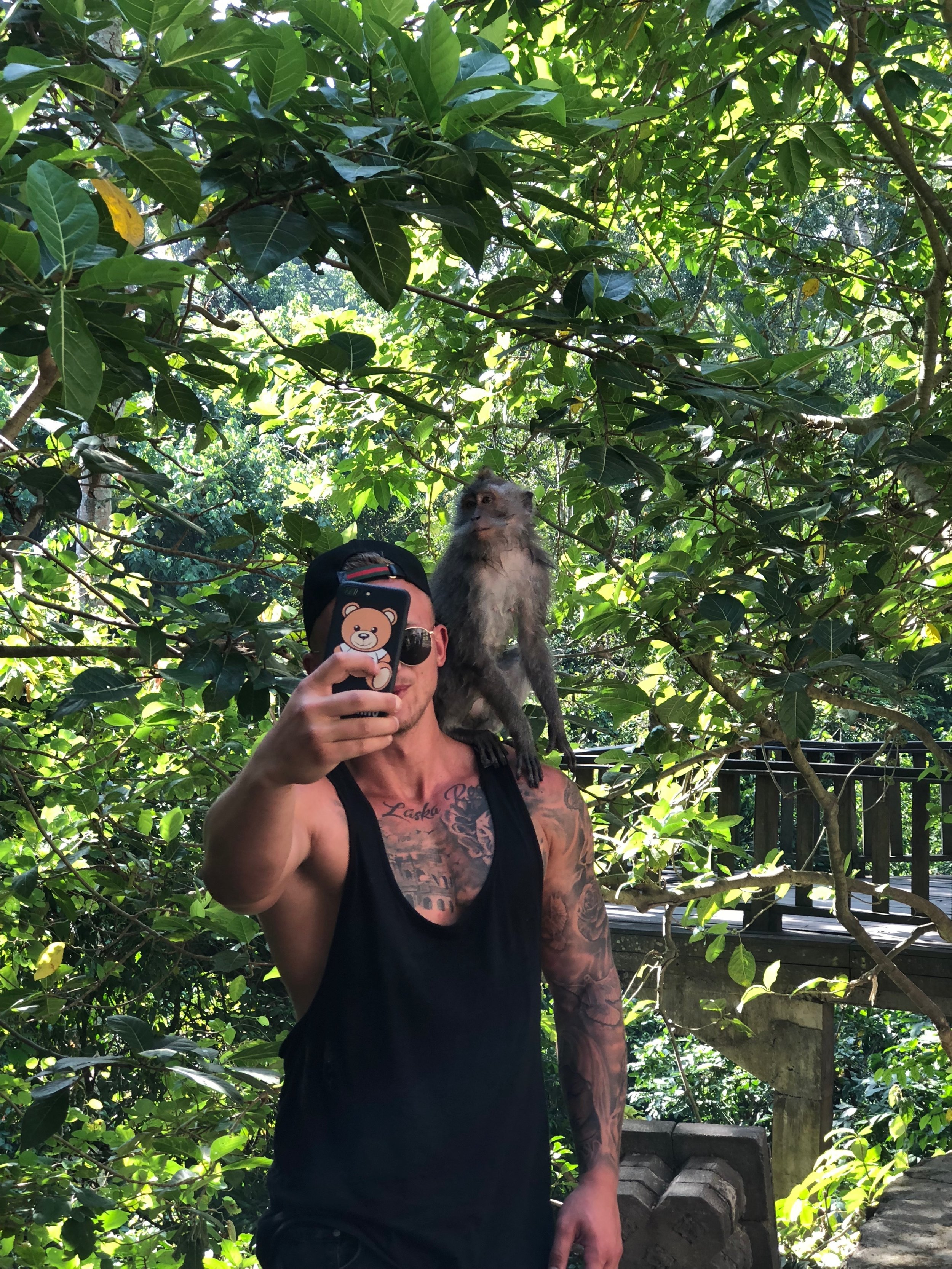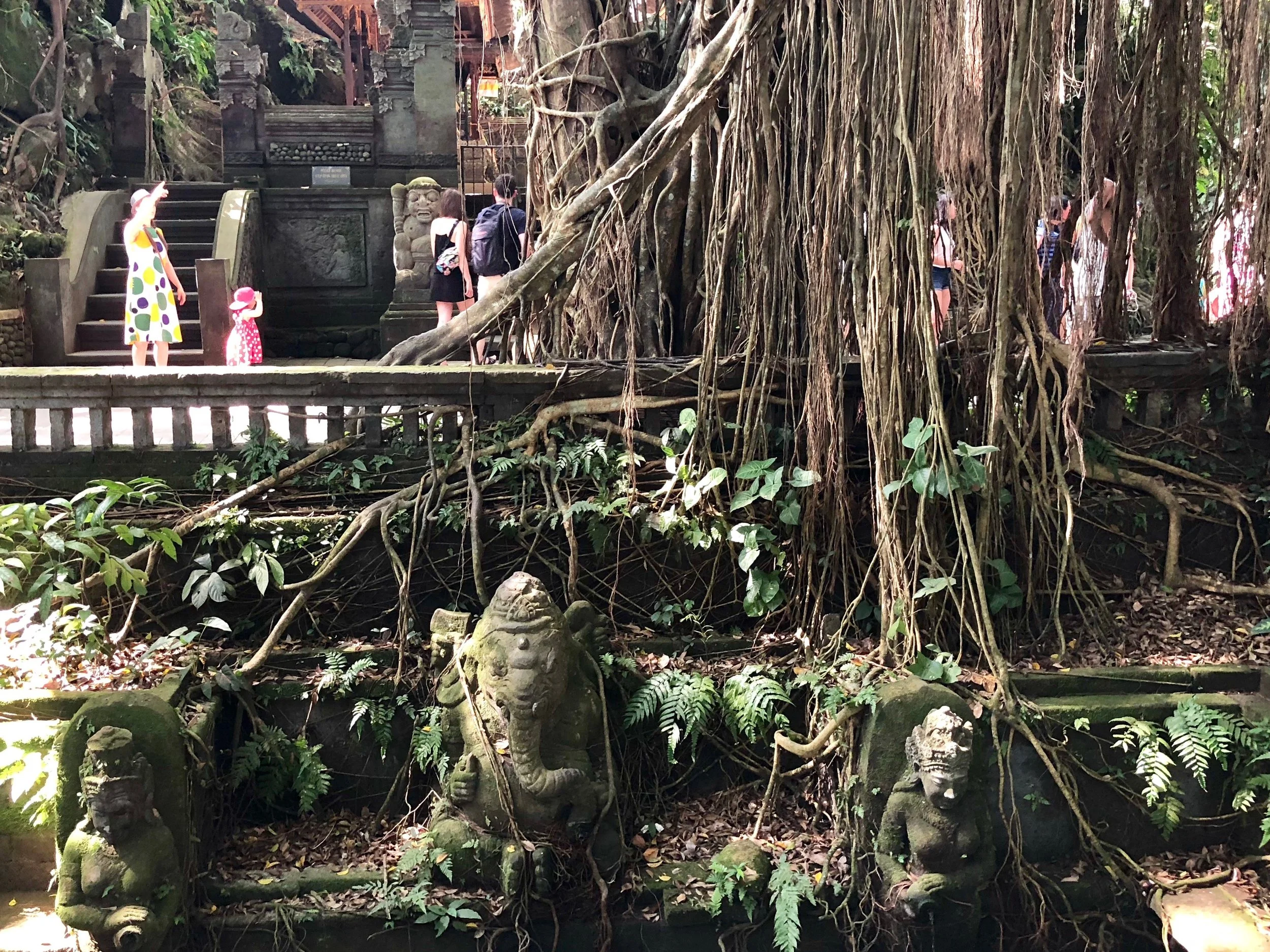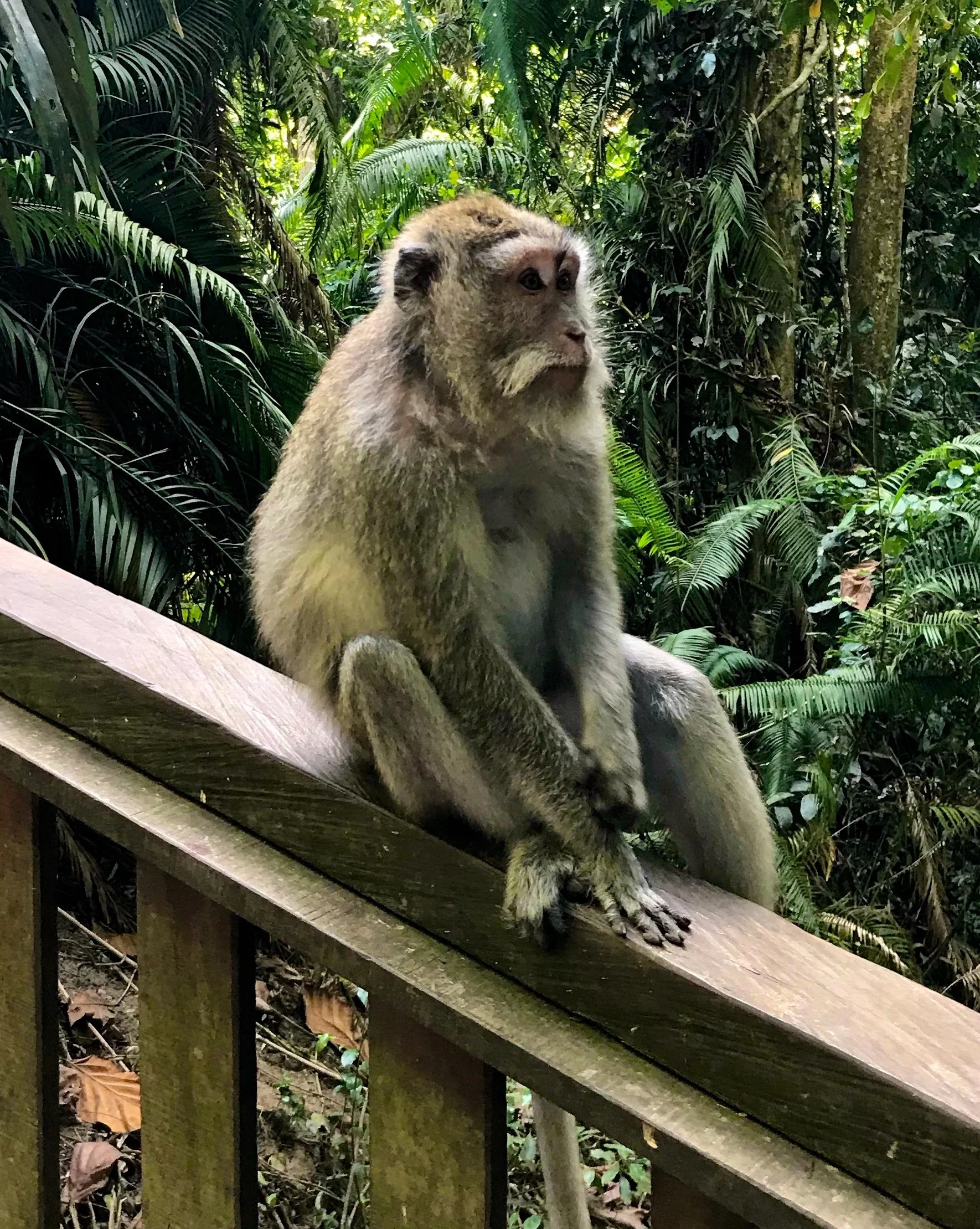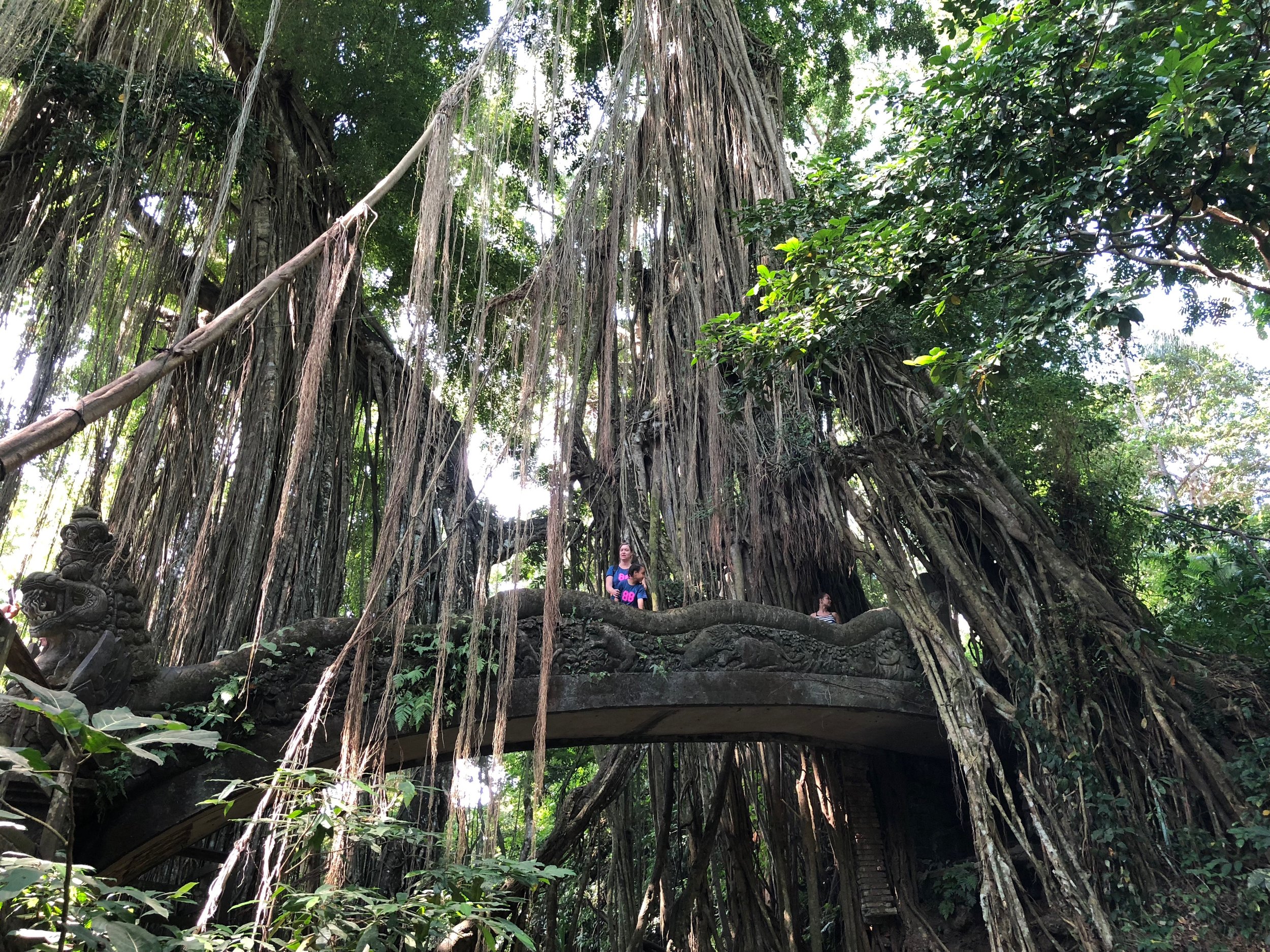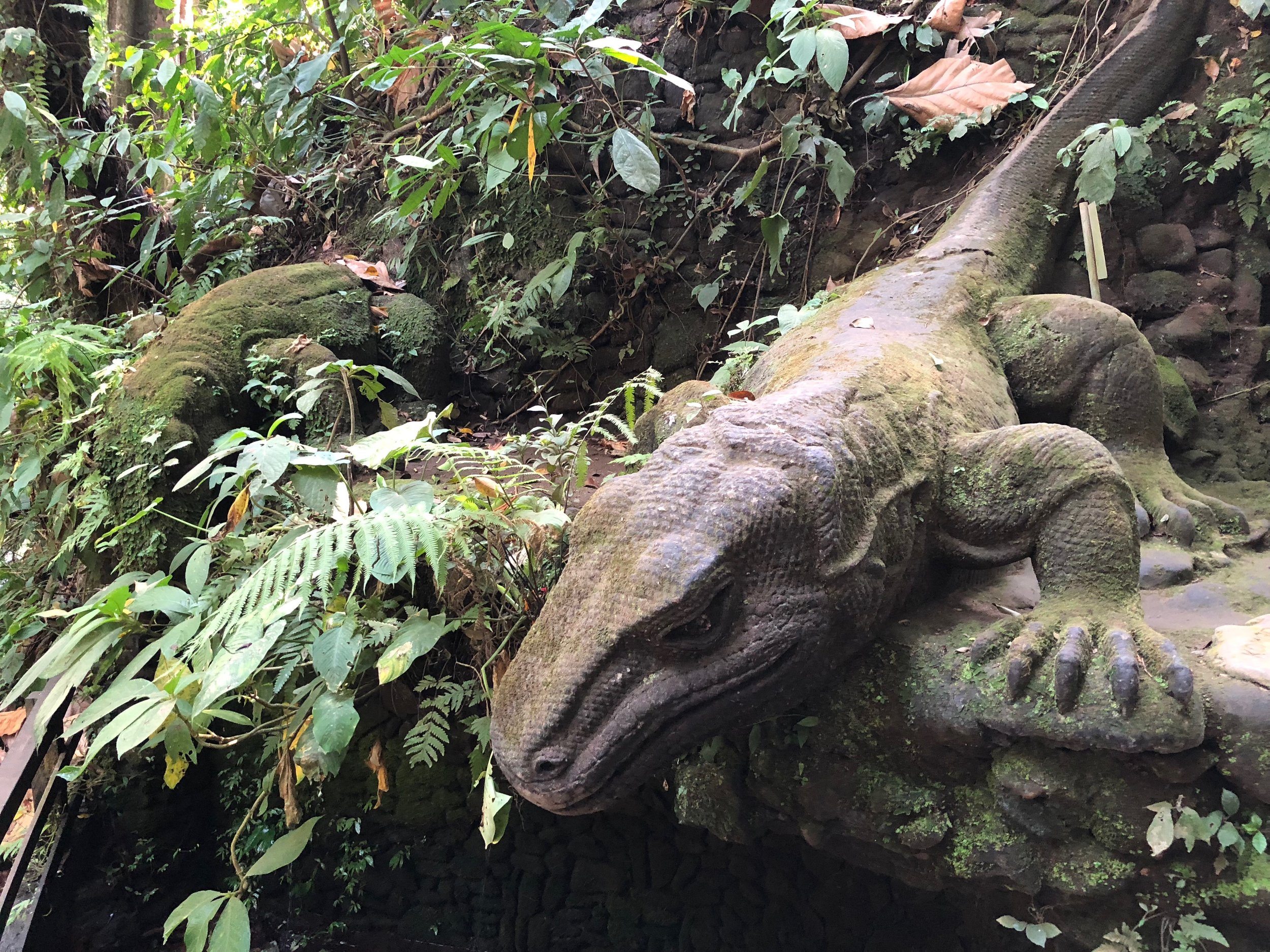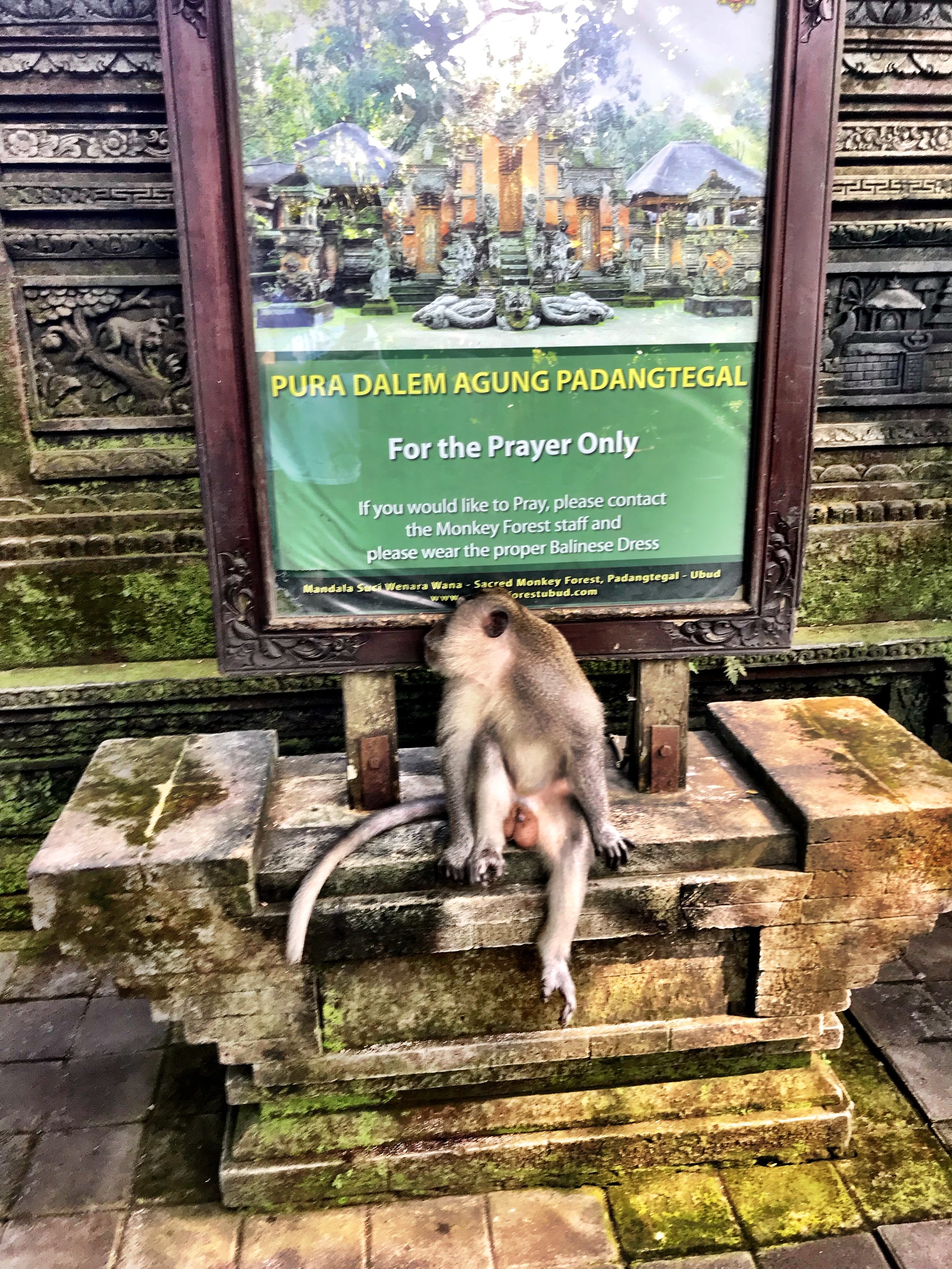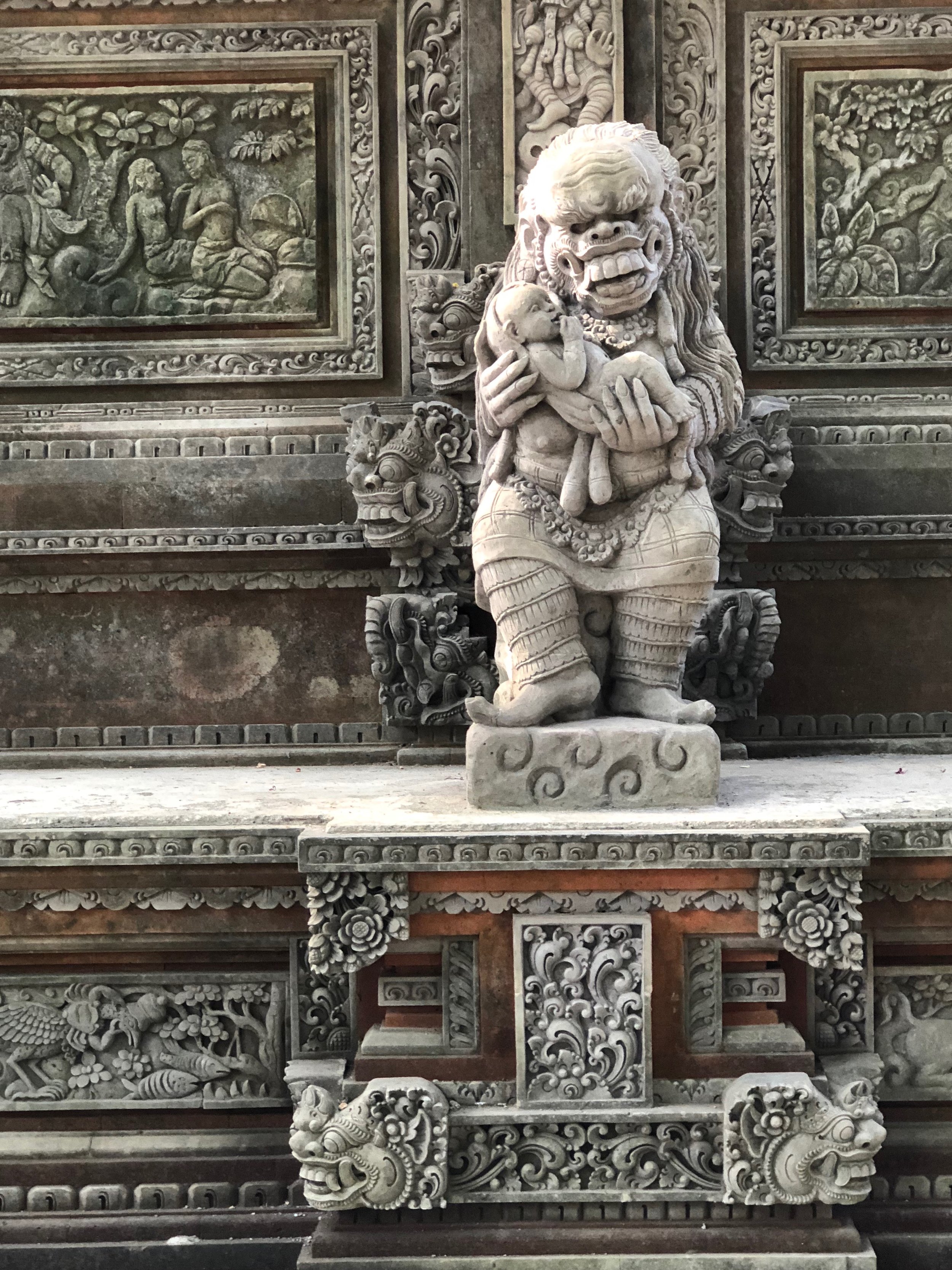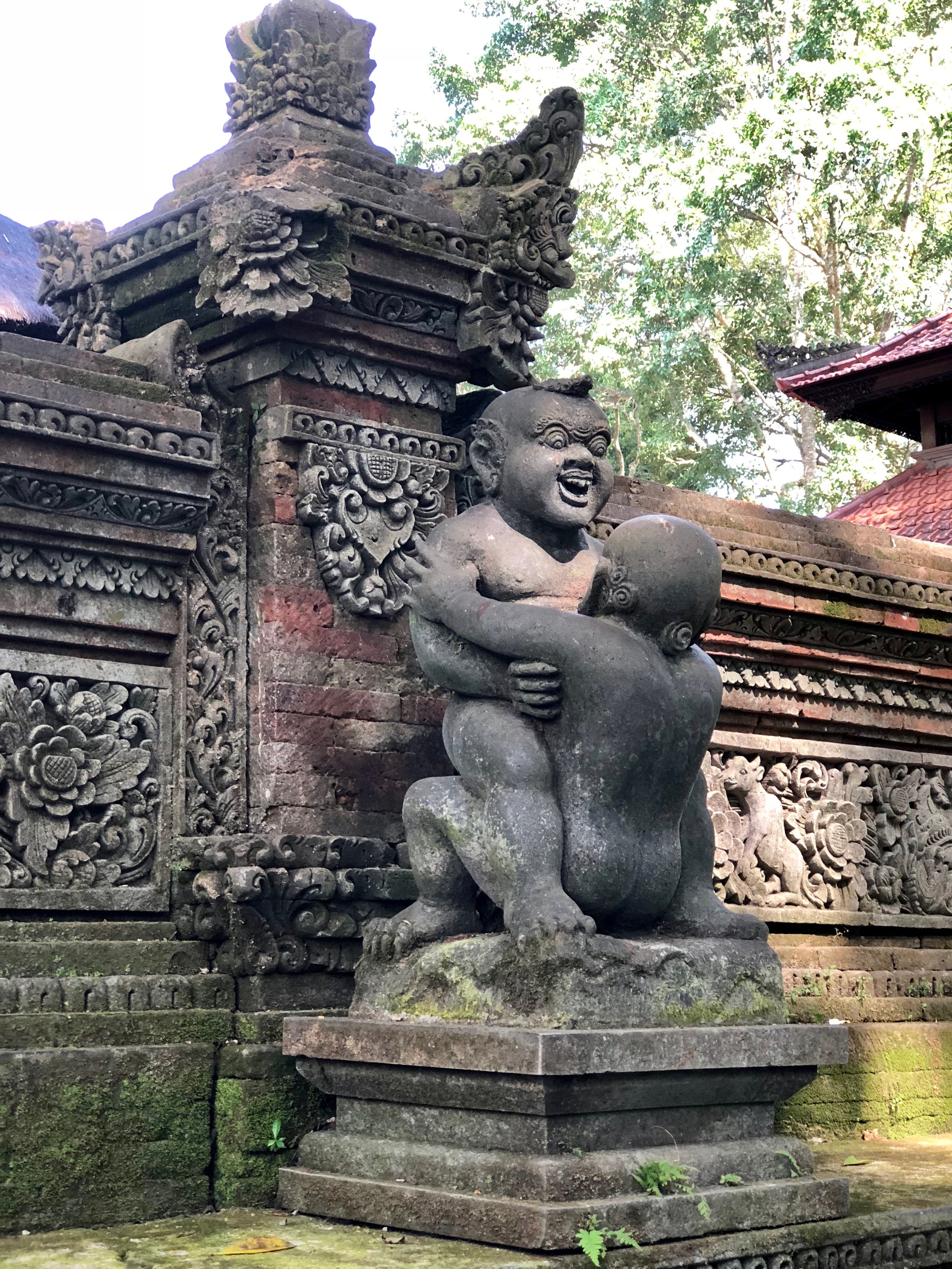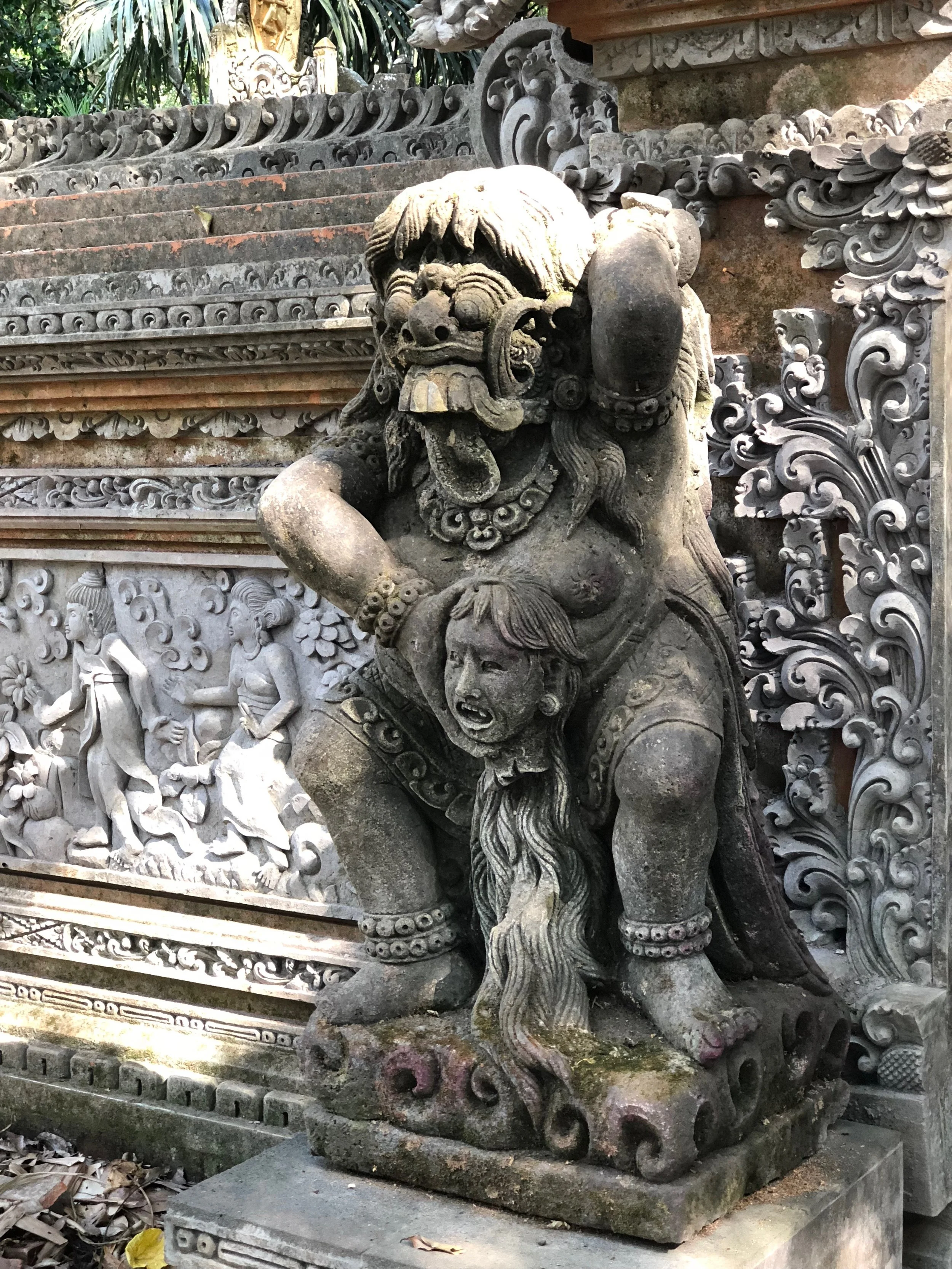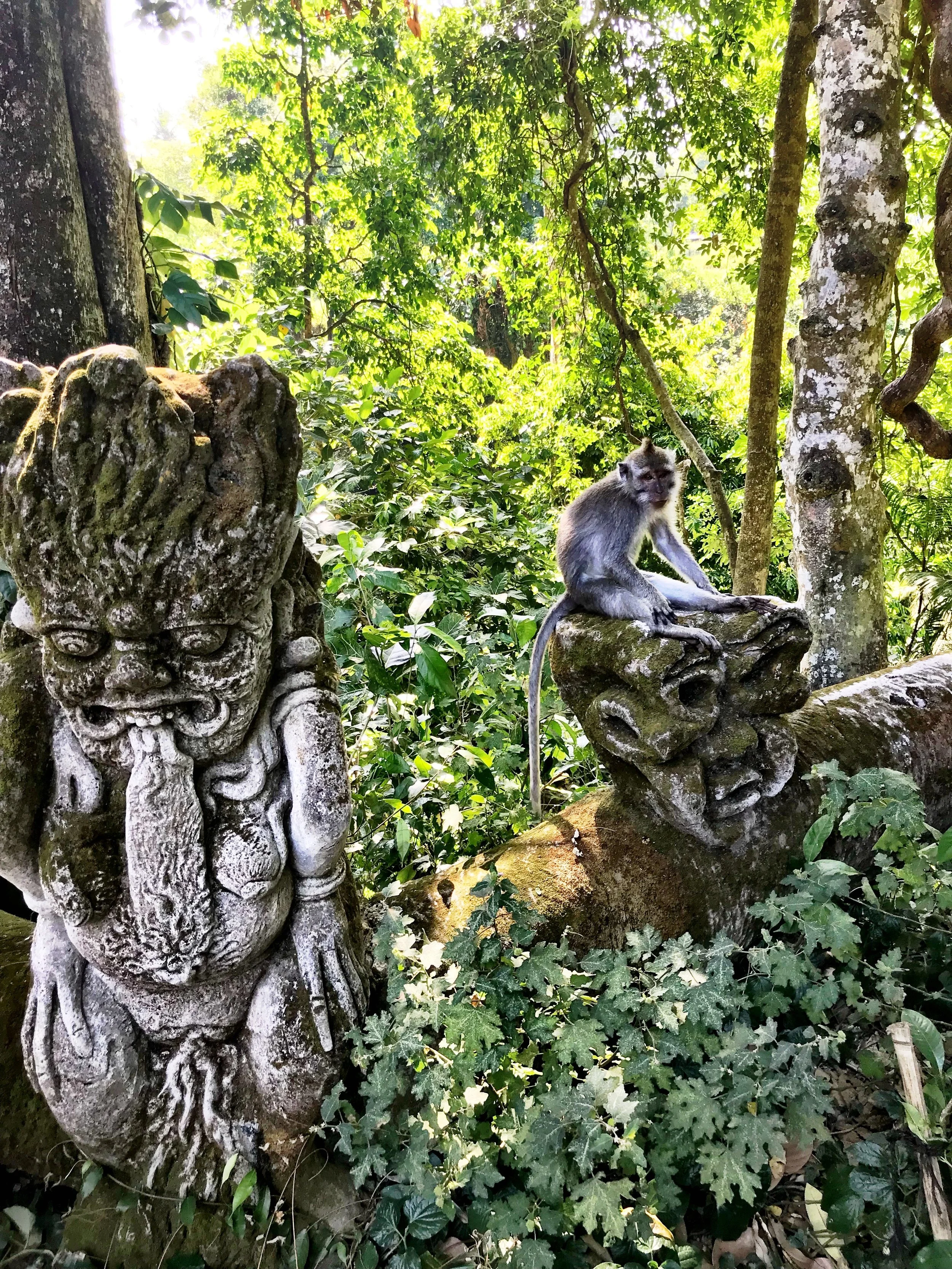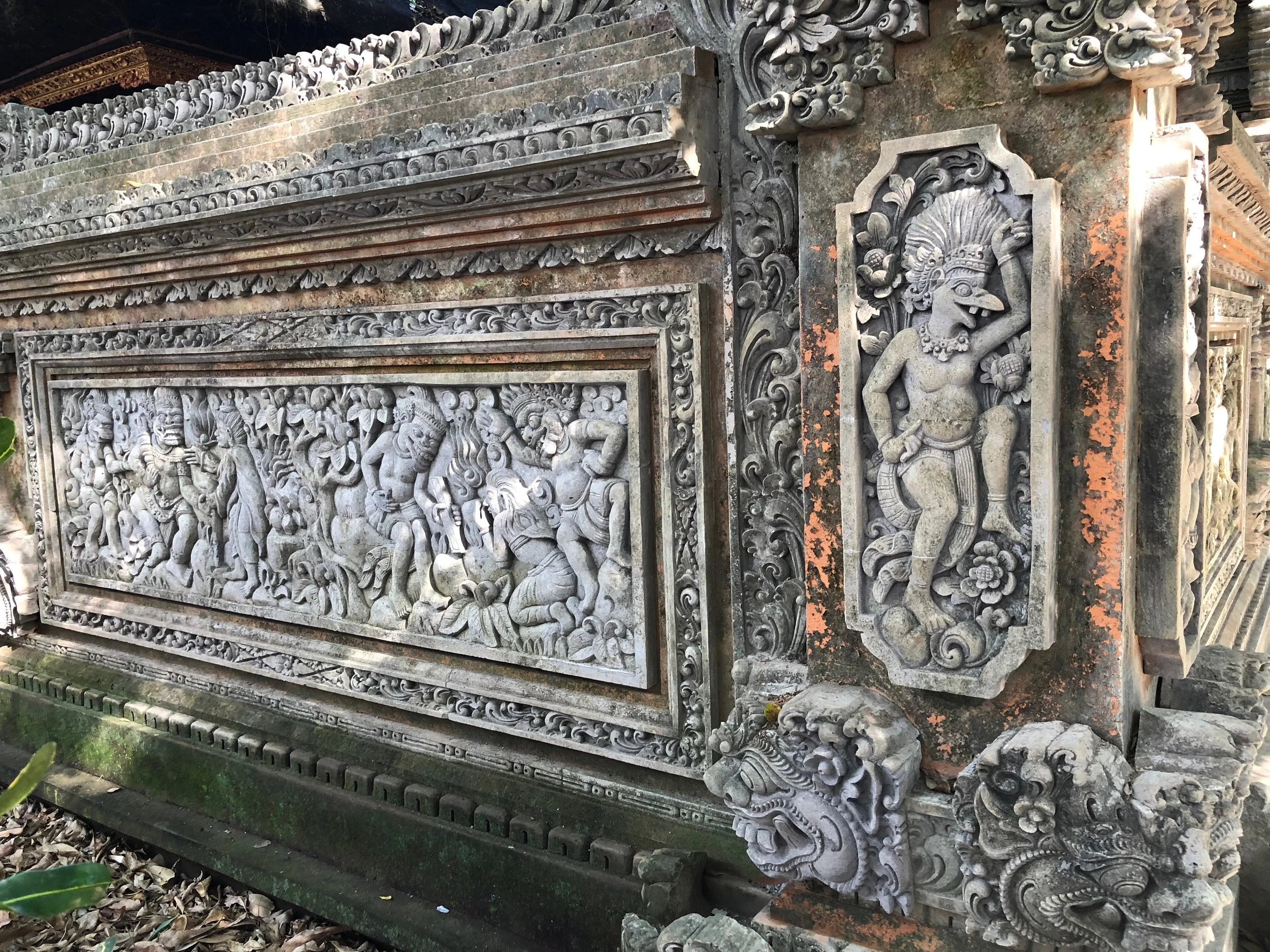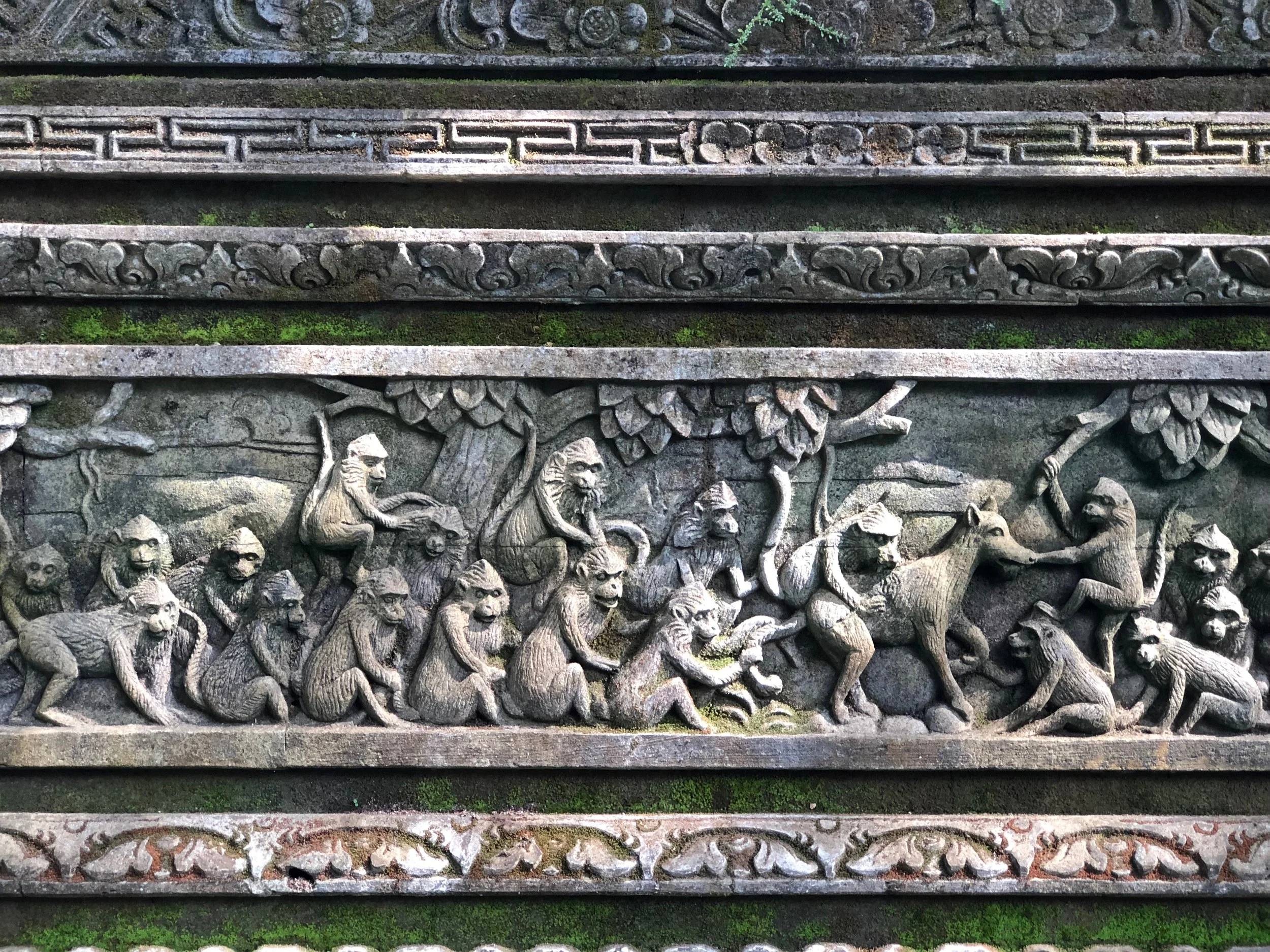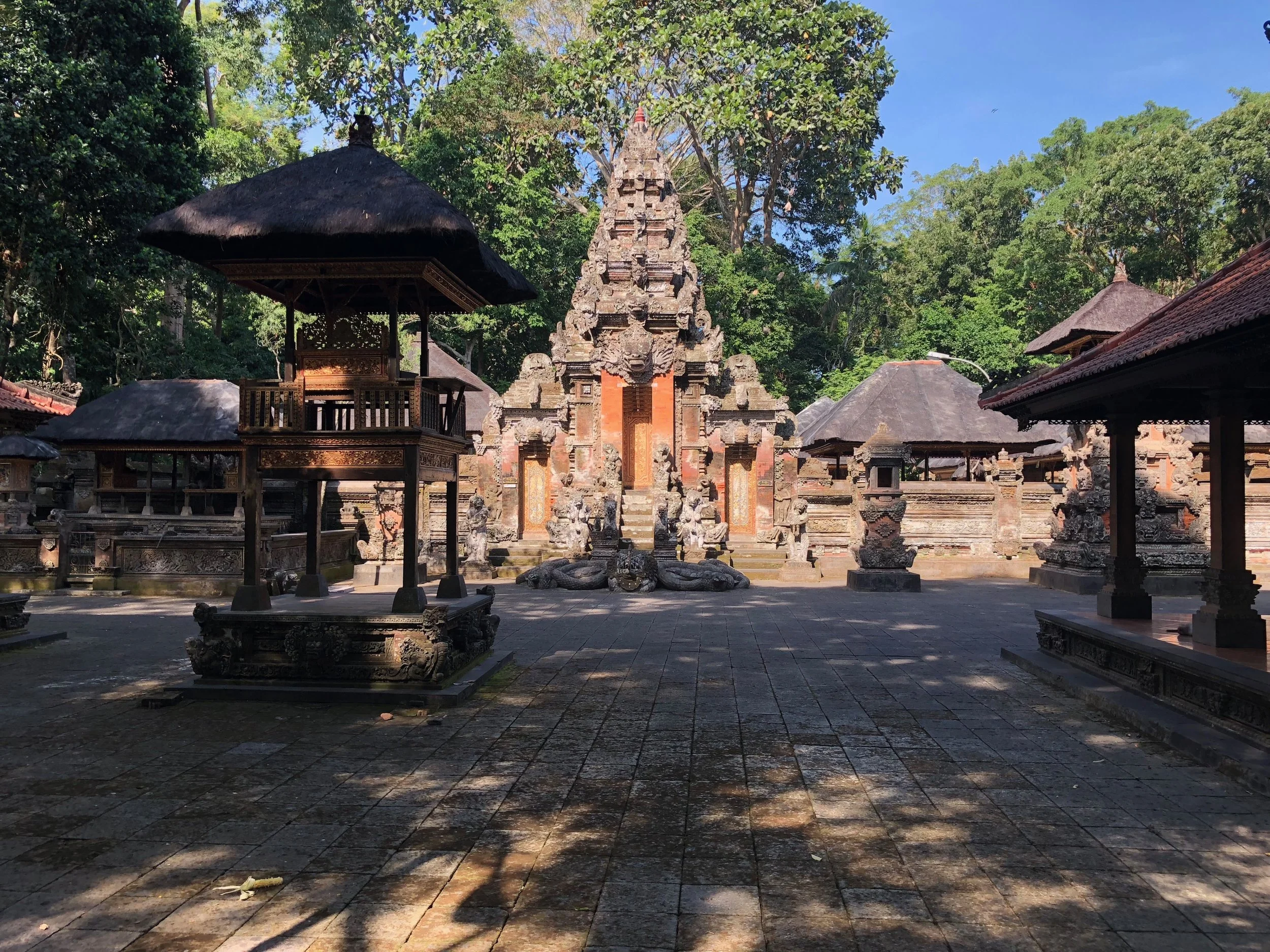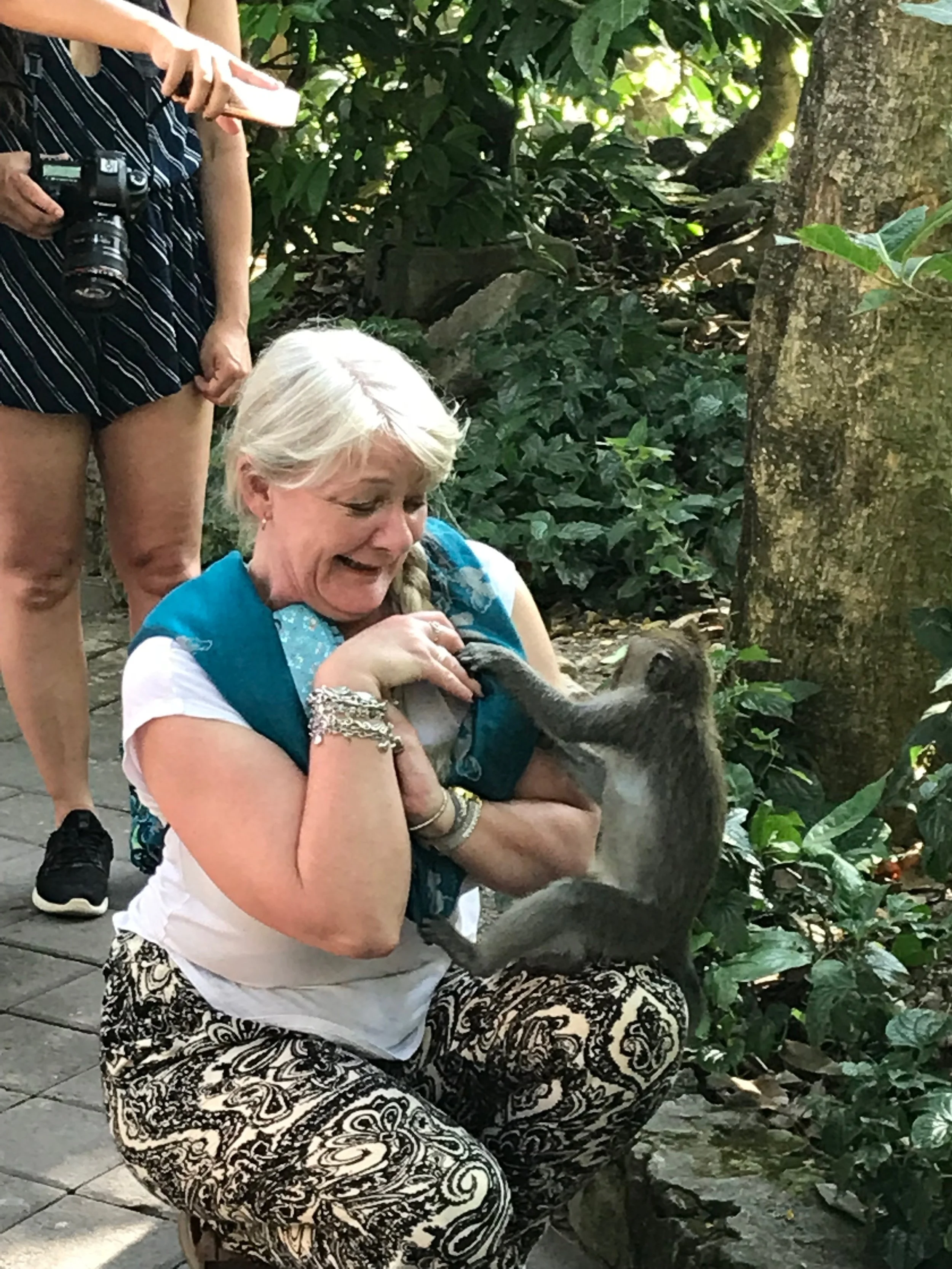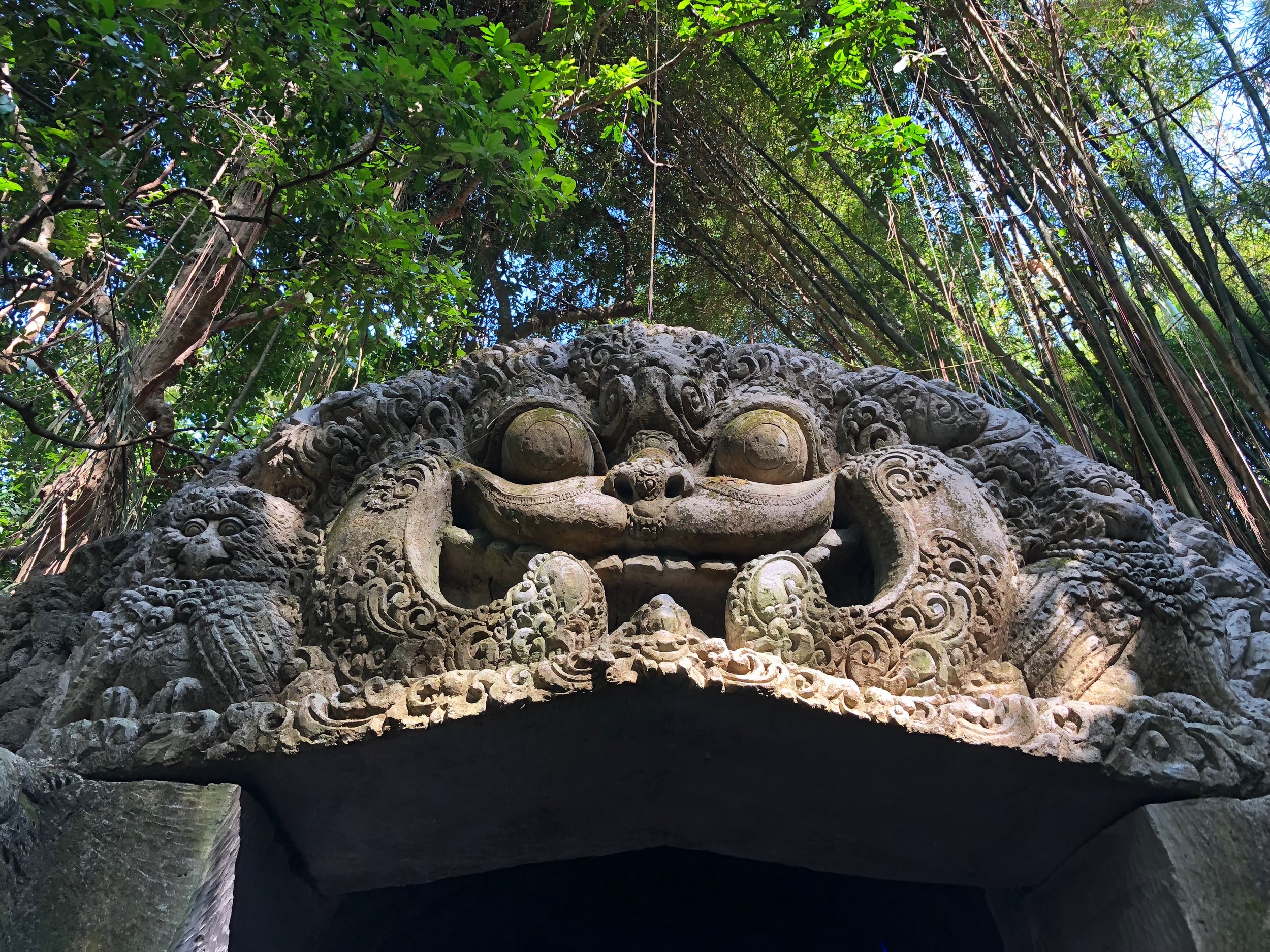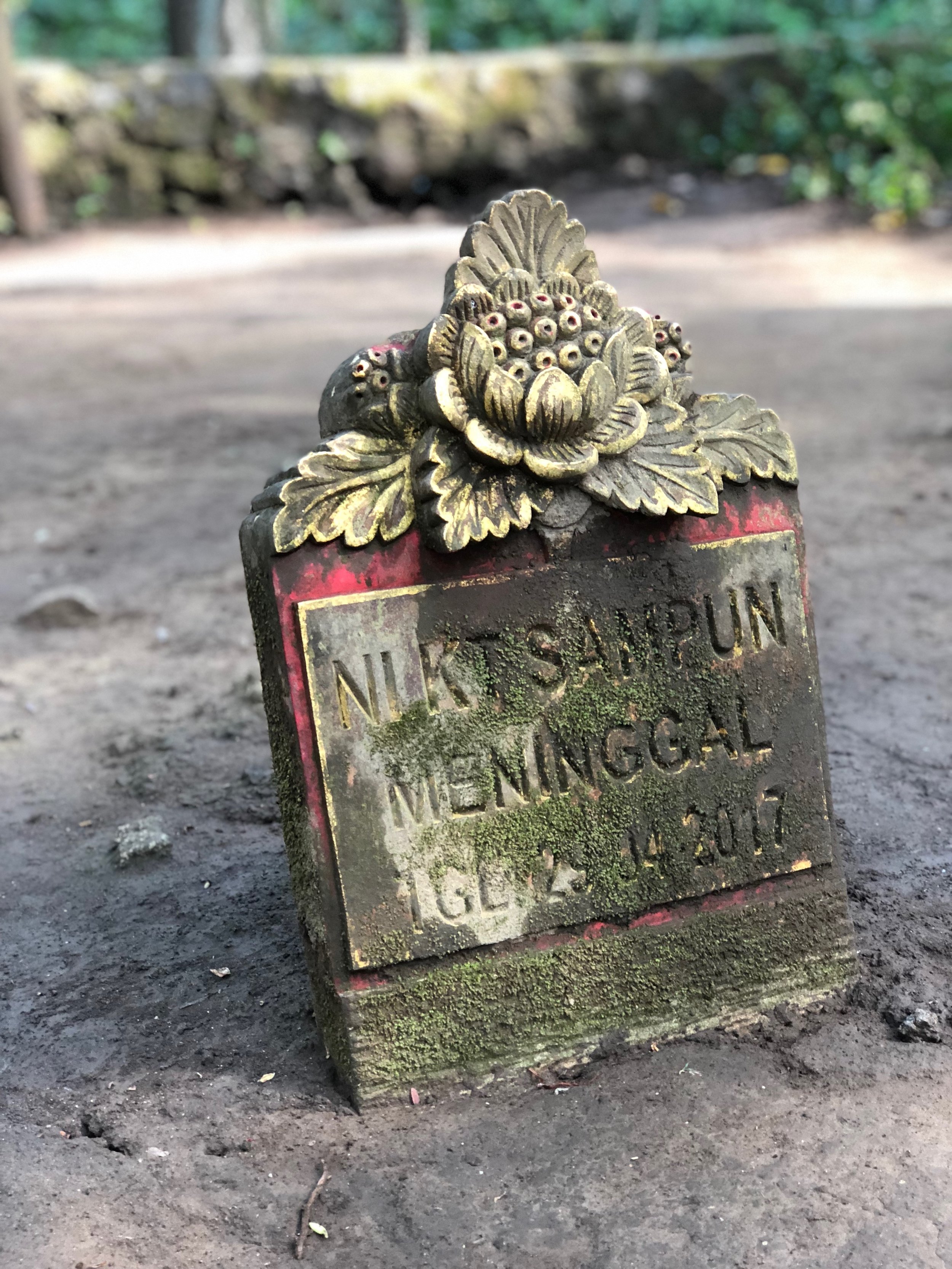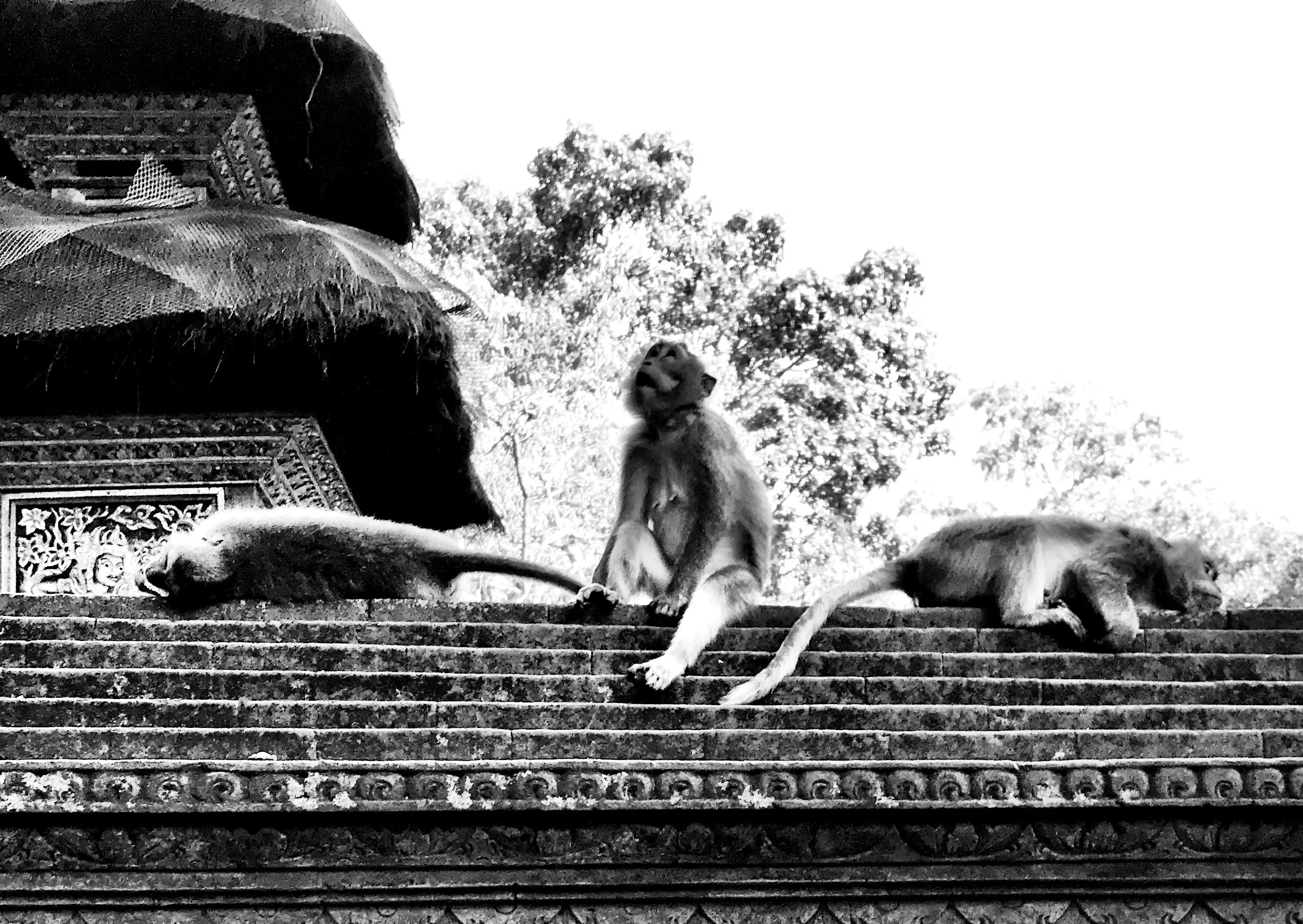Explore Bali’s top luxury destinations, including private villas, opulent resorts, fine dining and lavish experiences.
Bali isn’t just a destination to experience sandy beaches and lush tropical splendor. Beyond its beguiling cultural heritage of sacred temples and enchanting water gardens, it’s also home to some of Asia’s finest resorts, where unparalleled luxury and exceptional service await.
As I browsed through breathtaking locations, I couldn’t help but daydream of staying at one of these striking accommodations, surrounded by the island’s stunning beauty.
“Bali has long been a magnet for travelers seeking a blend of culture, natural beauty and unforgettable experiences.
With this trifecta, it’s easy to see why Bali belongs on your bucket list.”
Join me as we delve into the sophisticated allure of the Island of Gods. You just might find your next escape.
Bali: A Top Luxury Destination
Bali has long been a magnet for travelers seeking a blend of culture, natural beauty and unforgettable experiences. With this trifecta, it’s easy to see why Bali belongs on your bucket list.
But first, let’s address the formalities. Bali Visa Pro makes getting your visa a breeze, taking care of all the paperwork so you can focus on planning an unforgettable stay. Trust me: Starting your vacation stress-free sets the perfect tone for the luxury that awaits you.
Must-Visit Bali Luxury Destinations
Check out these destinations in Bali where you’ll find exotic accommodations and thrilling experiences. Get your notepad ready!
Ubud
Stay in Ubud, the island’s vibrant cultural hub. Surrounded by rice fields, rivers and jungle, Ubud offers a mix of culture, adventure and relaxation.
Start your day with a serene morning yoga session at a world-class retreat, then wander through the famous Sacred Monkey Forest. Art enthusiasts shouldn’t miss a private gallery tour for an intimate look at Balinese artistry. It’s never a bad idea to pamper yourself and book a massage treatment at a high-end spa. And don’t forget the photogenic Tegalalang Rice Terraces — take a leisurely walk (or an exhilarating swing) over the terraced fields.
Seminyak
If beach vibes are more your style, head to Seminyak. This trendy area is filled with upscale boutiques and fine dining spots, making it a haven for those who love to shop and dine in style. While the nightlife pulses with energy, its laidback daytime vibes are what truly set this destination apart.
Nusa Dua
Located on the eastern coast of the Bukit Peninsula, Nusa Dua is considered one of the island’s most peaceful and luxurious destinations. Imagine yourself on a helicopter tour, soaring over the Uluwatu Temple — the dramatic coastline, towering cliffs and ocean views are simply breathtaking from above. This exhilarating experience will stay with you for years to come.
Luxury Resorts and Villas in Bali
When it comes to accommodations, Bali offers an abundance of options. Here are a few of my picks:
Bvlgari Resort Bali
Situated atop the rugged cliffs near Uluwatu, one of the island’s most sacred temples, the Bvlgari Resort Bali exemplifies elegance and serenity. Resembling a quaint Italian cliffside village, this sanctuary features 59 villas connected by cobblestone pathways. Every standalone bungalow features a spacious outdoor pavilion, stunning ocean vistas and a private plunge pool. The resort seamlessly blends Italian design with Indonesian materials, such as volcanic stone and bangkirai wood.
Indulge in world-class amenities, including an oceanfront spa, where treatments are inspired by traditional Balinese techniques. Savor exquisite cuisine at Il Ristorante, where chef Luca Fantin presents Italian dishes with a modern twist, or enjoy the international fare at the all-day Sangkar diner.
Bvlgari Resort Bali
Jalan Goa Lempeh
Banjar Dinas Kangin
Uluwatu
Bali
Four Seasons Resort Bali at Sayan
Nestled among the tropical greenery of the Ayung River valley, the Four Seasons Resort at Sayan is the pinnacle of private luxury. Guests are welcomed to the complex via a dramatic footbridge that leads to an elliptical lotus pond, suspended high above the verdant jungle canopy and the rushing waters of the Ayung River, before descending to the reception area.
Accommodations range from opulent suites to private villas with infinity pools that overlook the serene river. Fun fact: Julia Roberts stayed here while filming Eat Pray Love. The resort offers an array of unforgettable experiences, from whitewater river rafting adventures to traditional Balinese healing sessions at the Sacred River Spa. Dine at Ayung Terrace, which boasts innovative dishes showcasing seasonal, local ingredients and panoramic views of the lush gardens, river and jungle beyond. Plus, the resort is a 15-minute drive to Ubud.
Four Seasons Resort Bali at Sayan
Jalan Raya Sayan
Sayan
Kecamatan Ubud
Kabupaten Gianyar
Bali
The Edge
Perched between the cliffs and the sea, The Edge lives up to its name. The exclusive resort offers a selection of private villas, each with its own infinity pool and personal butler.
Unwind with a cocktail or a glass of wine at the Cliff Bar, where glass panels in the floor provide stunning views of the crystal-clear waters of the Indian Ocean. You can also relax at the Oneeighty day club, which features a glass-bottom pool that extends 20 feet (6 meters) beyond the cliff’s edge.The resort also offers a luxurious onsite spa and world-class dining options, including a candlelit dinner at chef Ryan Clift’s subterranean 22-seat The Cave restaurant, ensuring a stay that’s nothing short of extraordinary.
The Edge
Jalan Pura Goa Lempeh
Banjar Dinas Kangin
Pecatu
Uluwatu
Bali
Bali Private Beachfront Villas and Wellness Retreats
If privacy is your priority, consider renting a private beachfront villa. Many of these villas come with dedicated staff, including a private chef, ensuring a comfortable and luxurious experience.
For a wellness escape, it’s hard to imagine a better destination than Bali. Many luxury retreats offer personalized programs that include nutrition, yoga and meditation, all tailored to your specific needs. These offerings provide a holistic approach to relaxation and overall wellbeing, making Bali the ultimate haven for rejuvenation.
Locavore NXT
Fine Dining in Bali
Bali’s culinary scene promises a tantalizing array of flavors and settings, promising a feast for both the palate and the soul. One standout is Locavore NXT in Ubud, where chefs create dishes using locally sourced ingredients that celebrate Bali’s rich culinary heritage.
Another must-visit is Nelayan at the Belmond resort. Imagine your toes in the sand, the soothing sound of gentle waves in the background, while you savor a meal prepared by some of the island’s most skilled chefs.
Whether marking a special occasion or seeking an indulgent escape, these exceptional eateries promise moments of culinary bliss that linger long after the last bite.
Bali Luxury Transport
Getting around Bali can be an experience in itself. A private driver offers comfort and convenience, allowing you to explore the island at your own pace. And if you’re seeking something really special, sailing on a private yacht is ideal for exploring remote beaches and secluded islands.
Indulgent Bali
In Bali, splendor awaits at every turn. With Bali Visa Pro, your journey begins effortlessly, allowing you to focus on the extraordinary adventures that await. From deluxe resorts and villas to exclusive tours and experiences, Bali promises a vacation like no other.
Whether you’re planning a romantic getaway, a wellness retreat or simply seeking life’s finer pleasures, Bali has it all. Remember, meticulous planning and expert services can turn a good trip into an extraordinary one. –Sadie Smith





